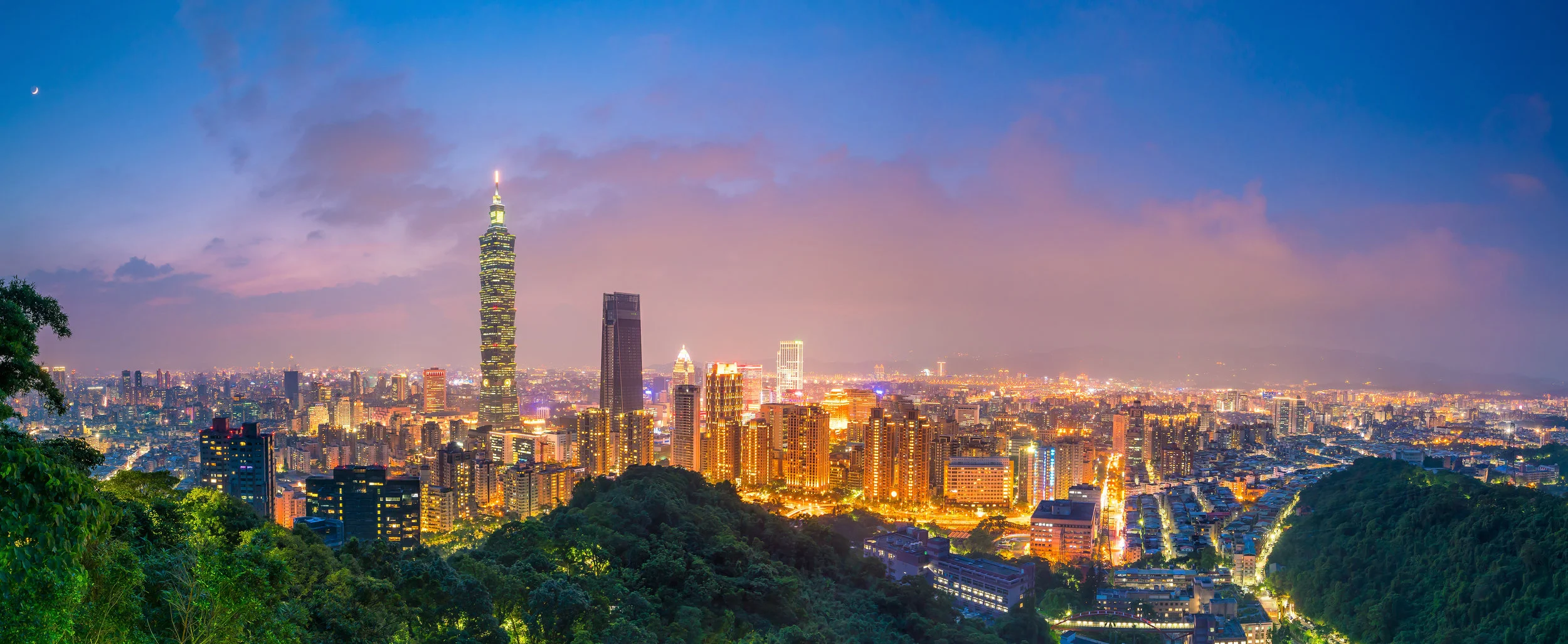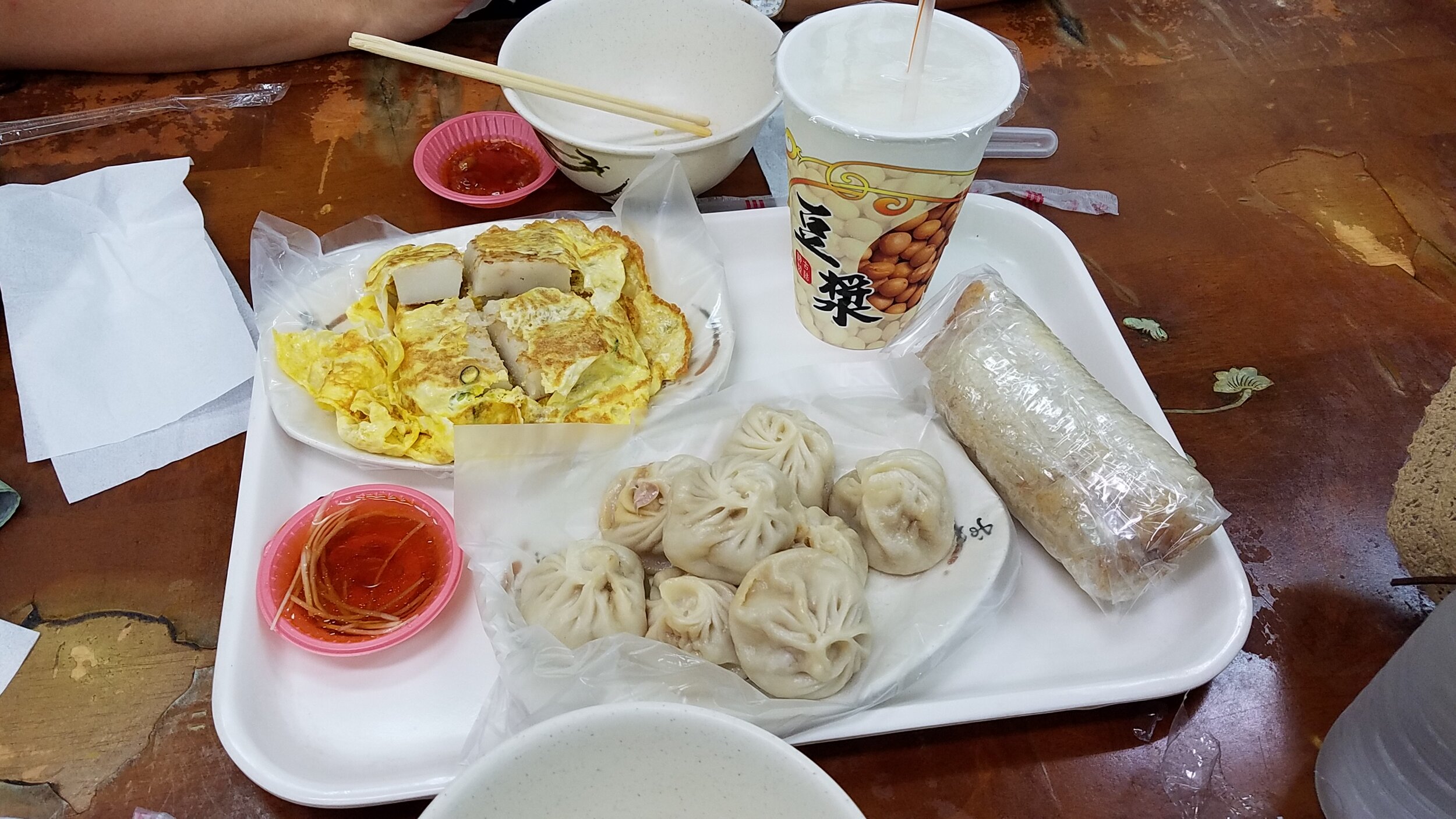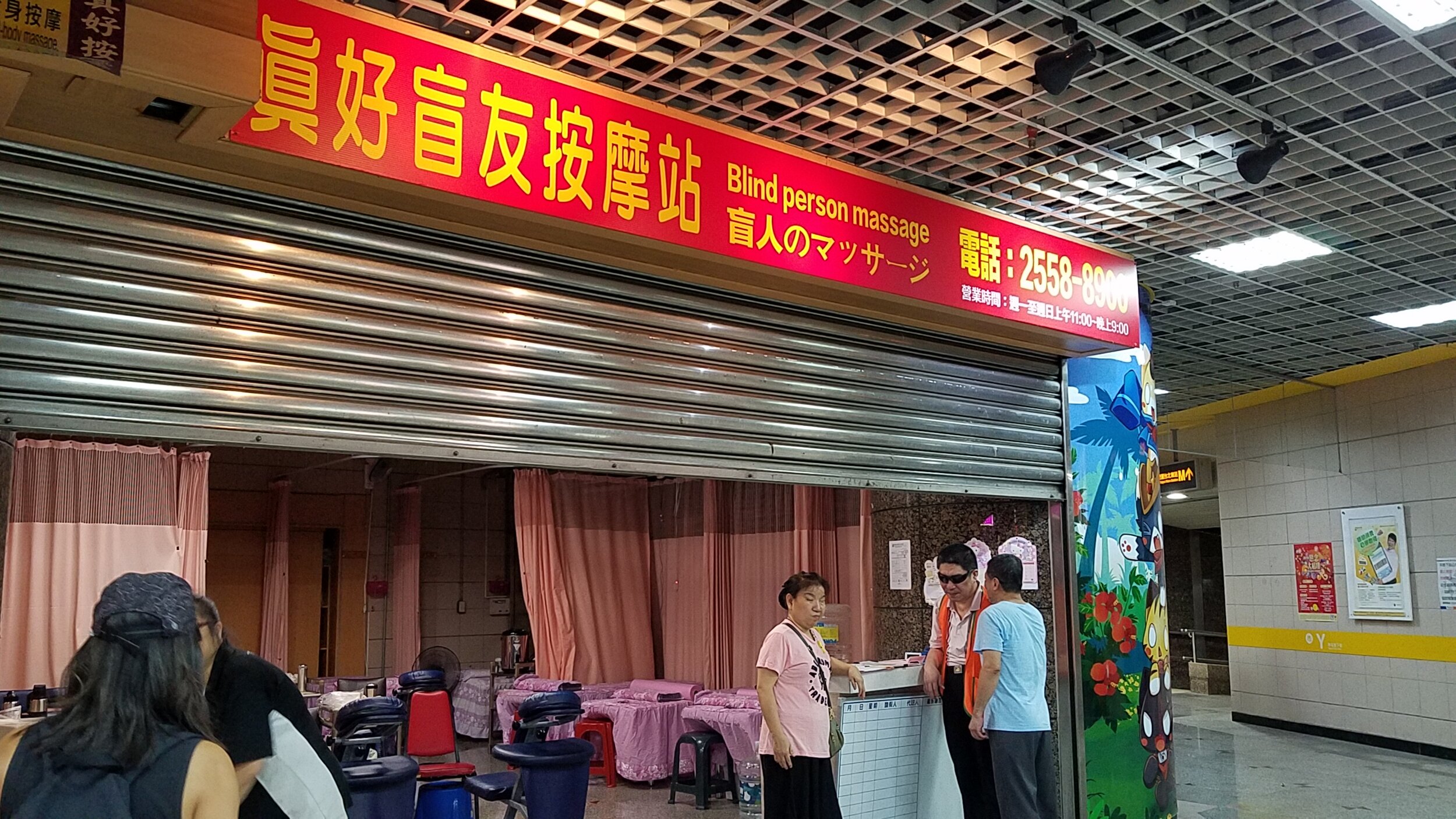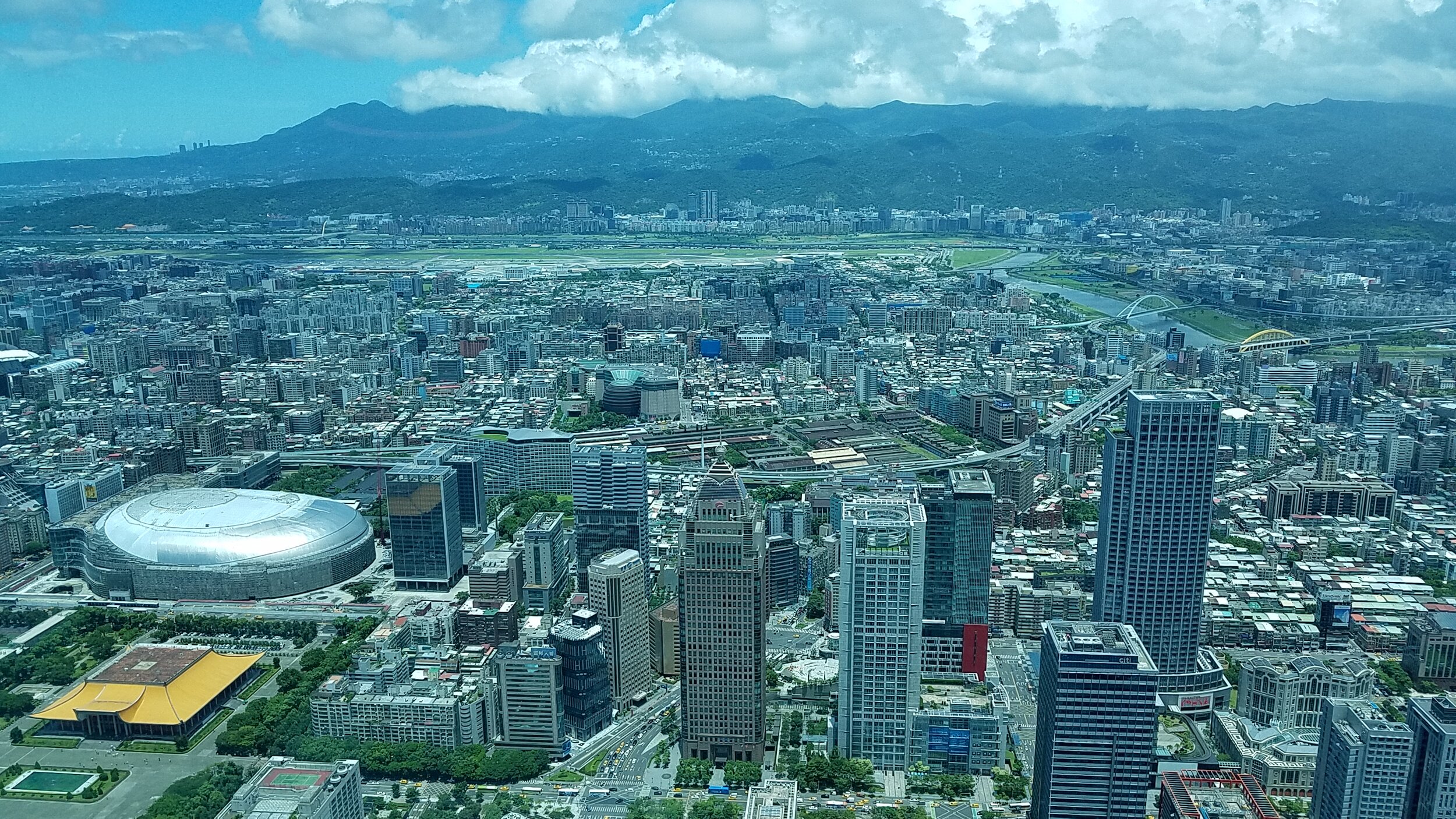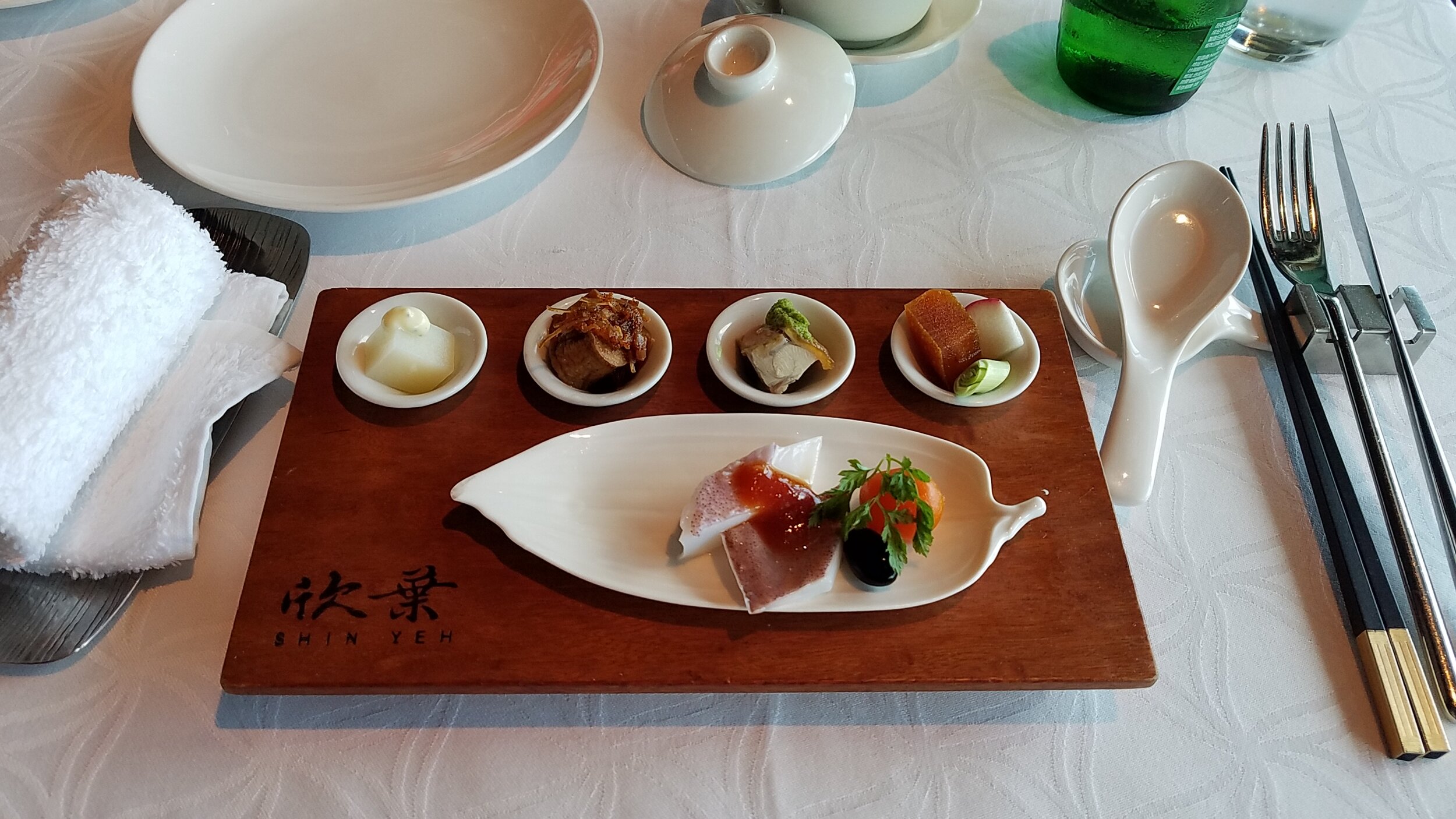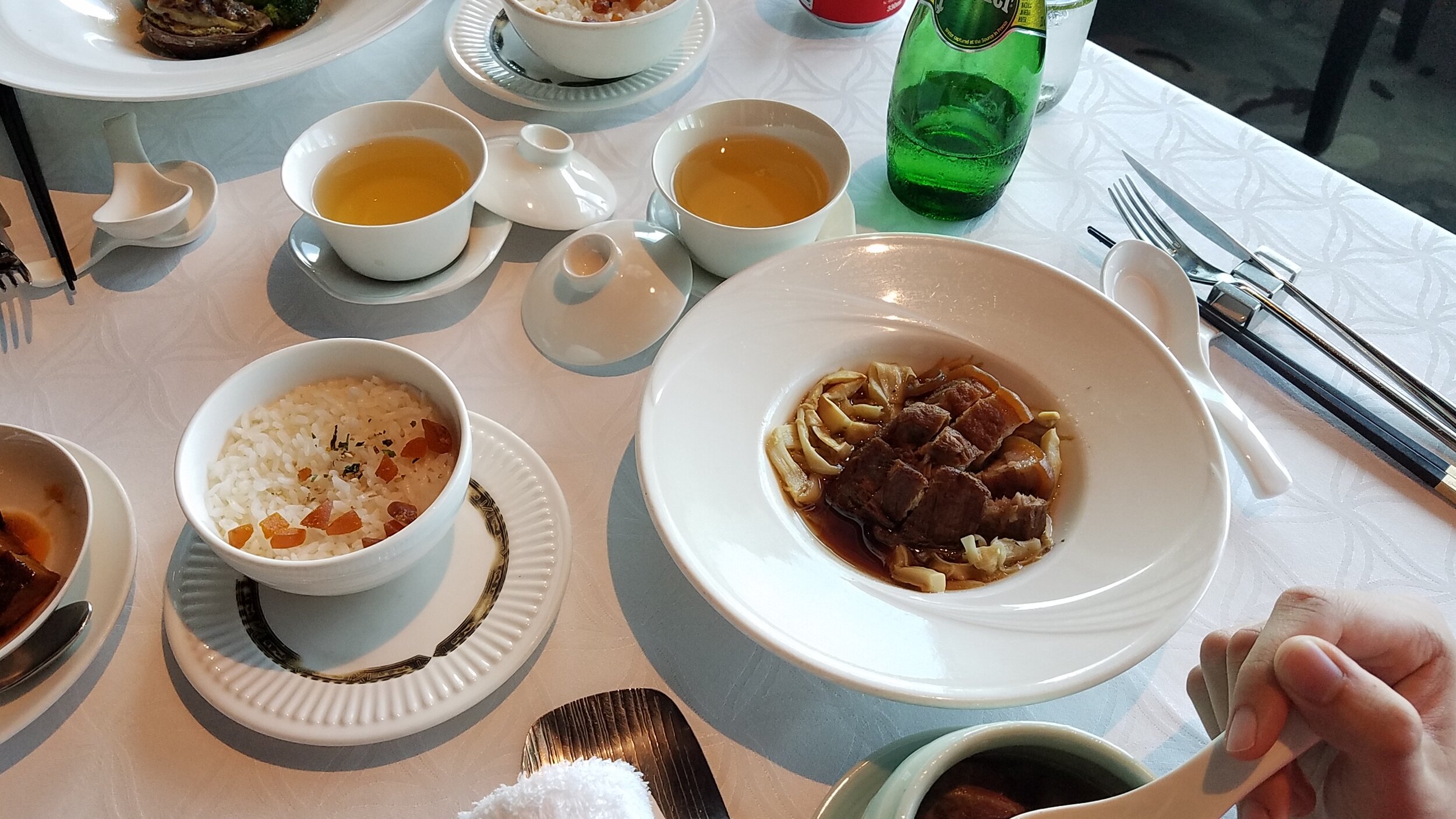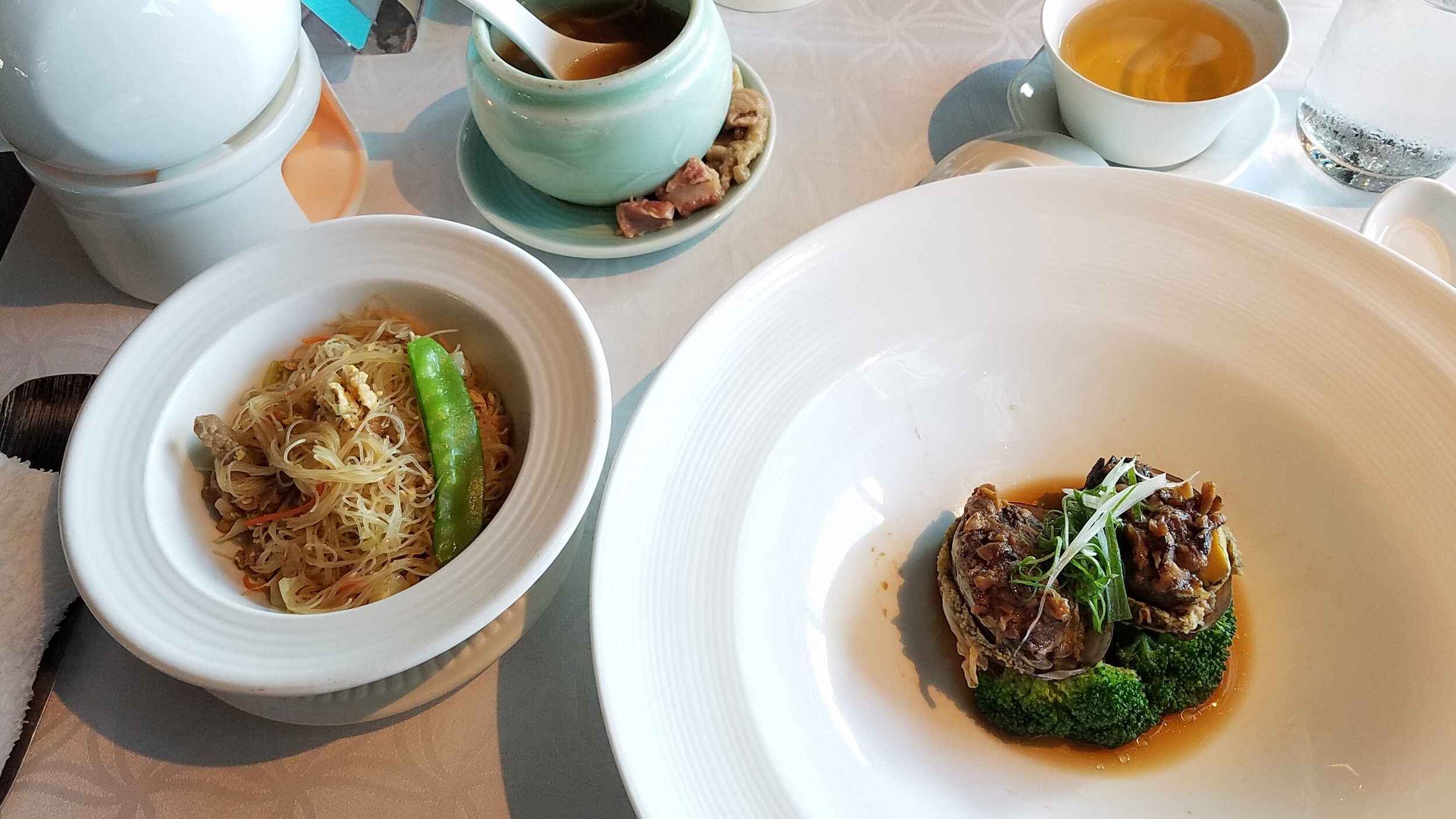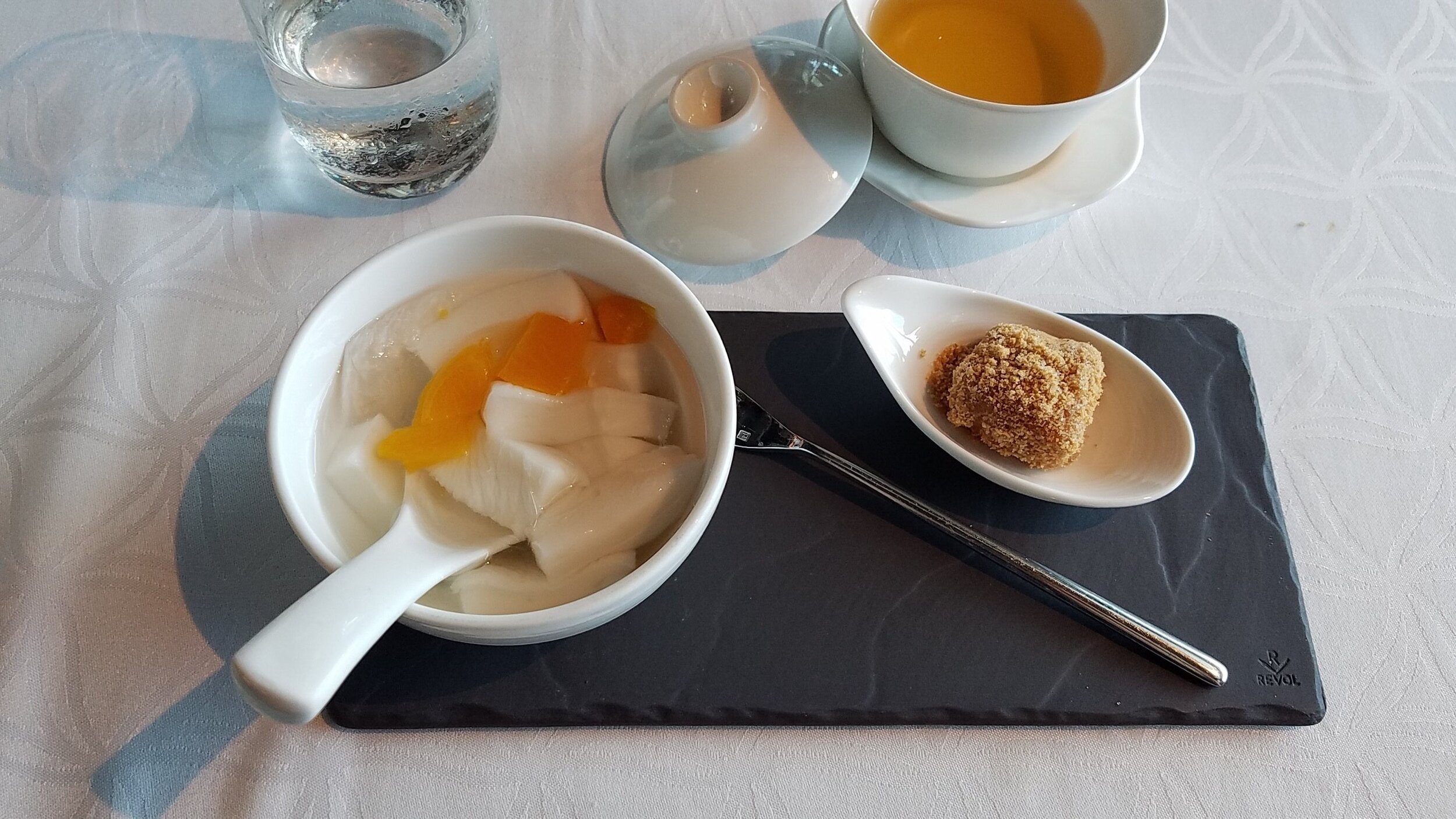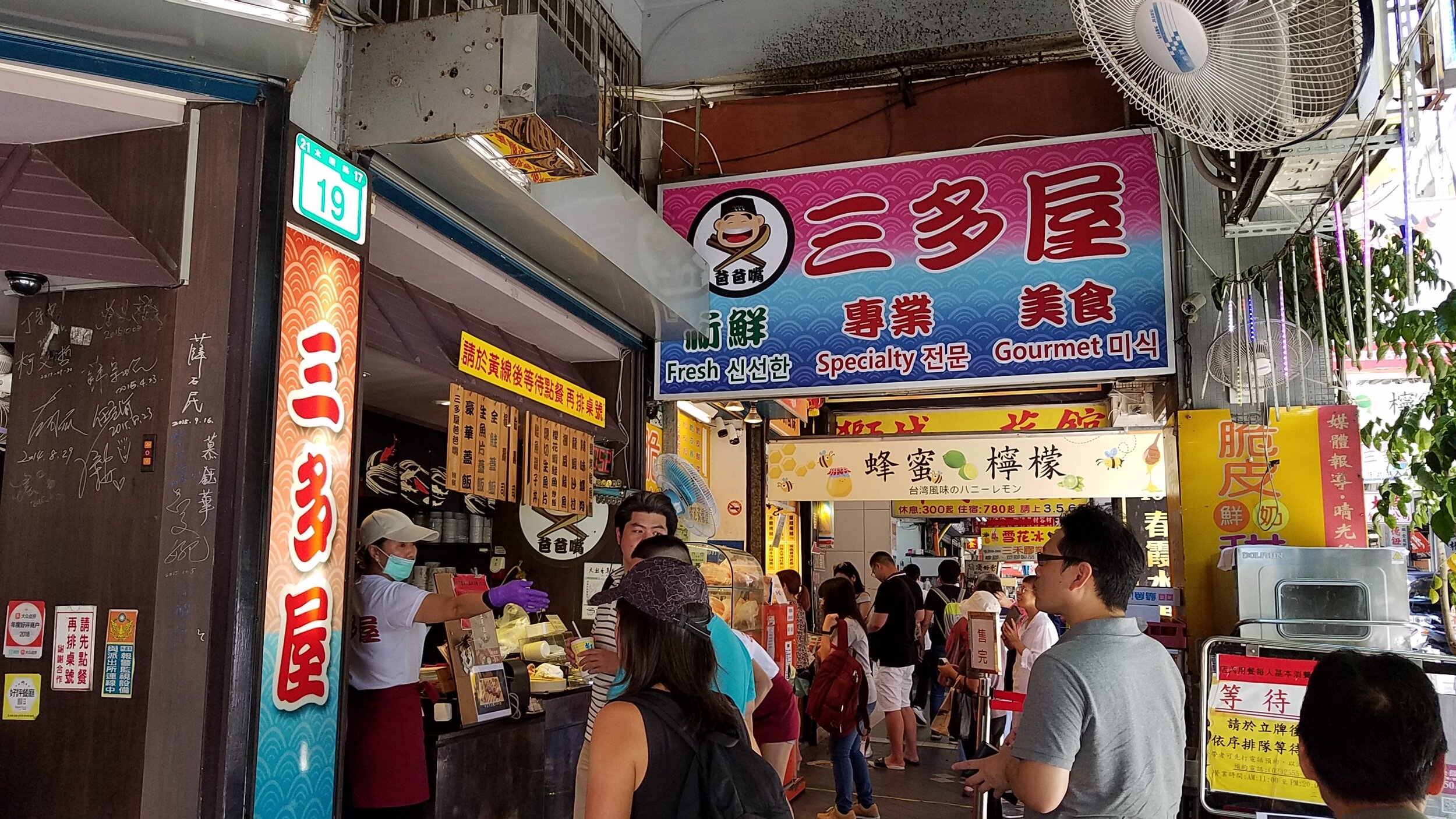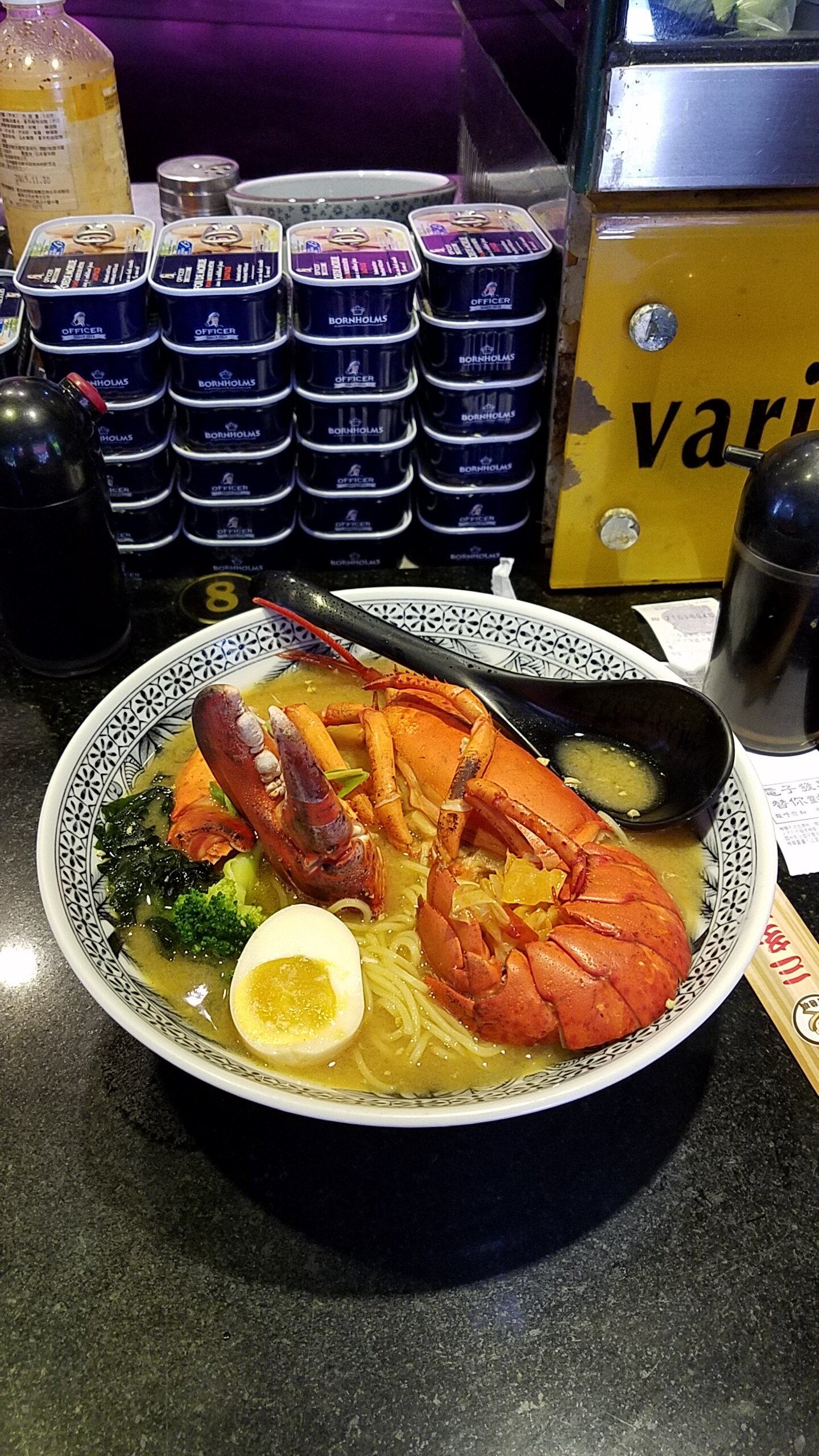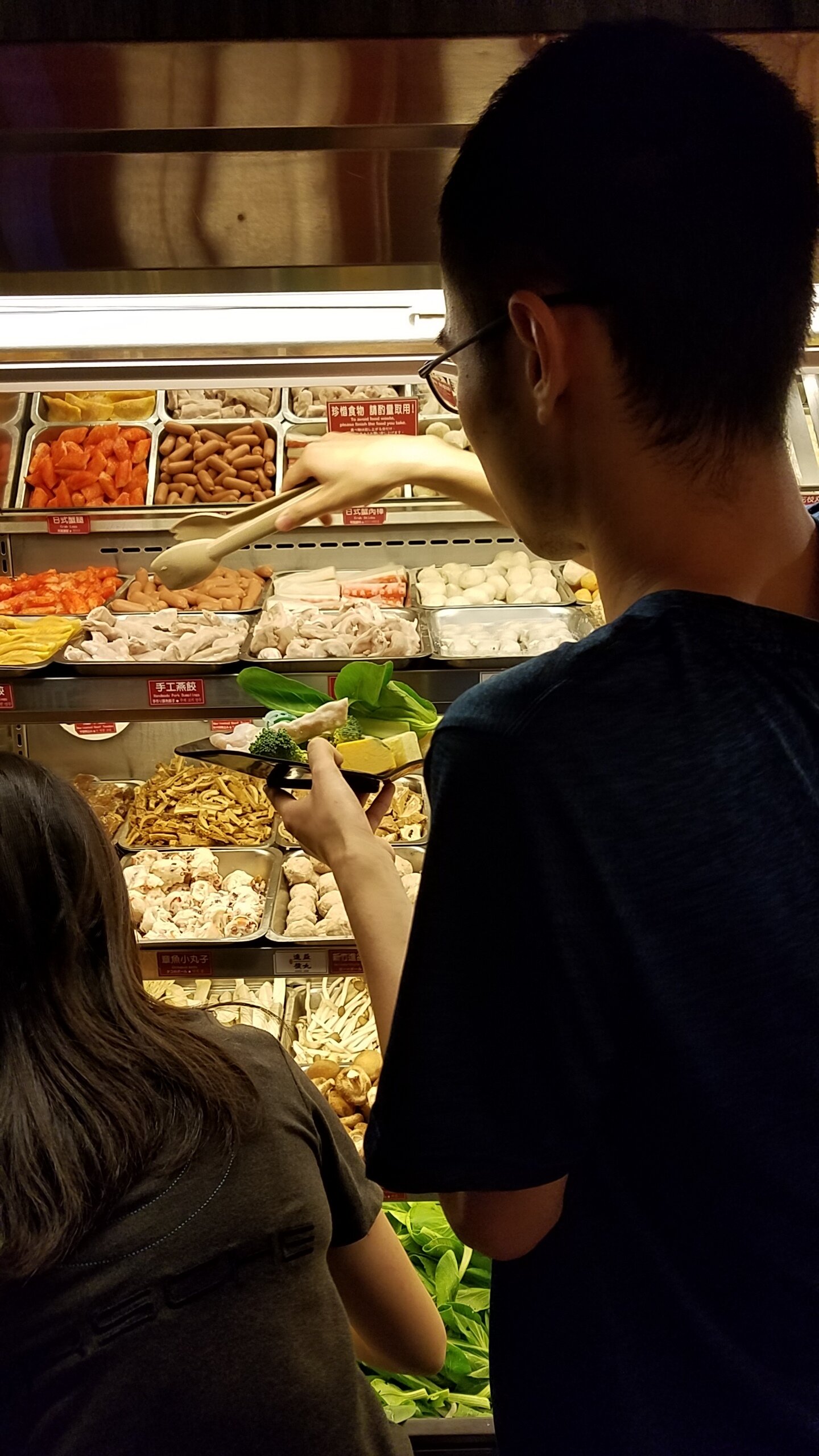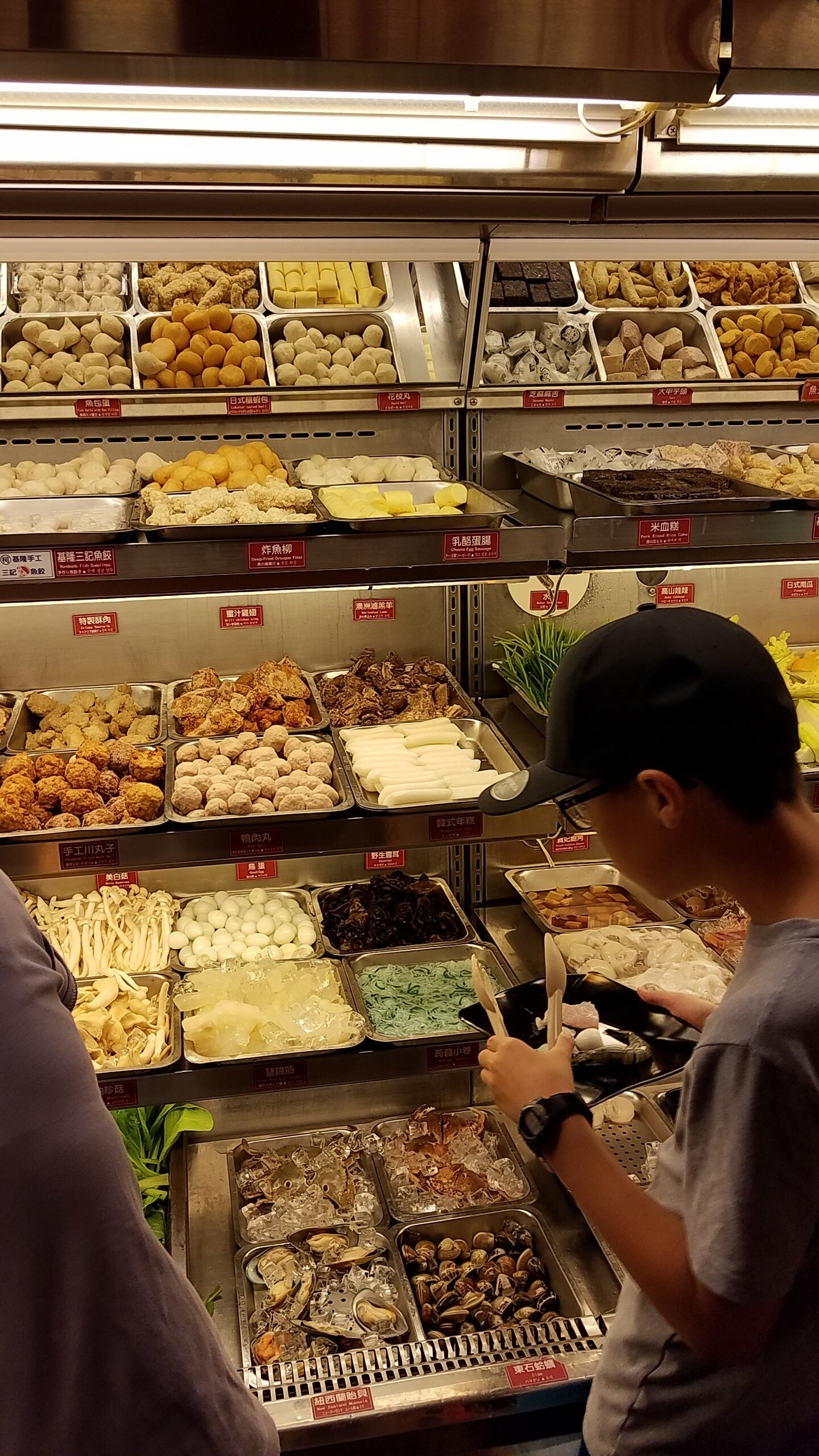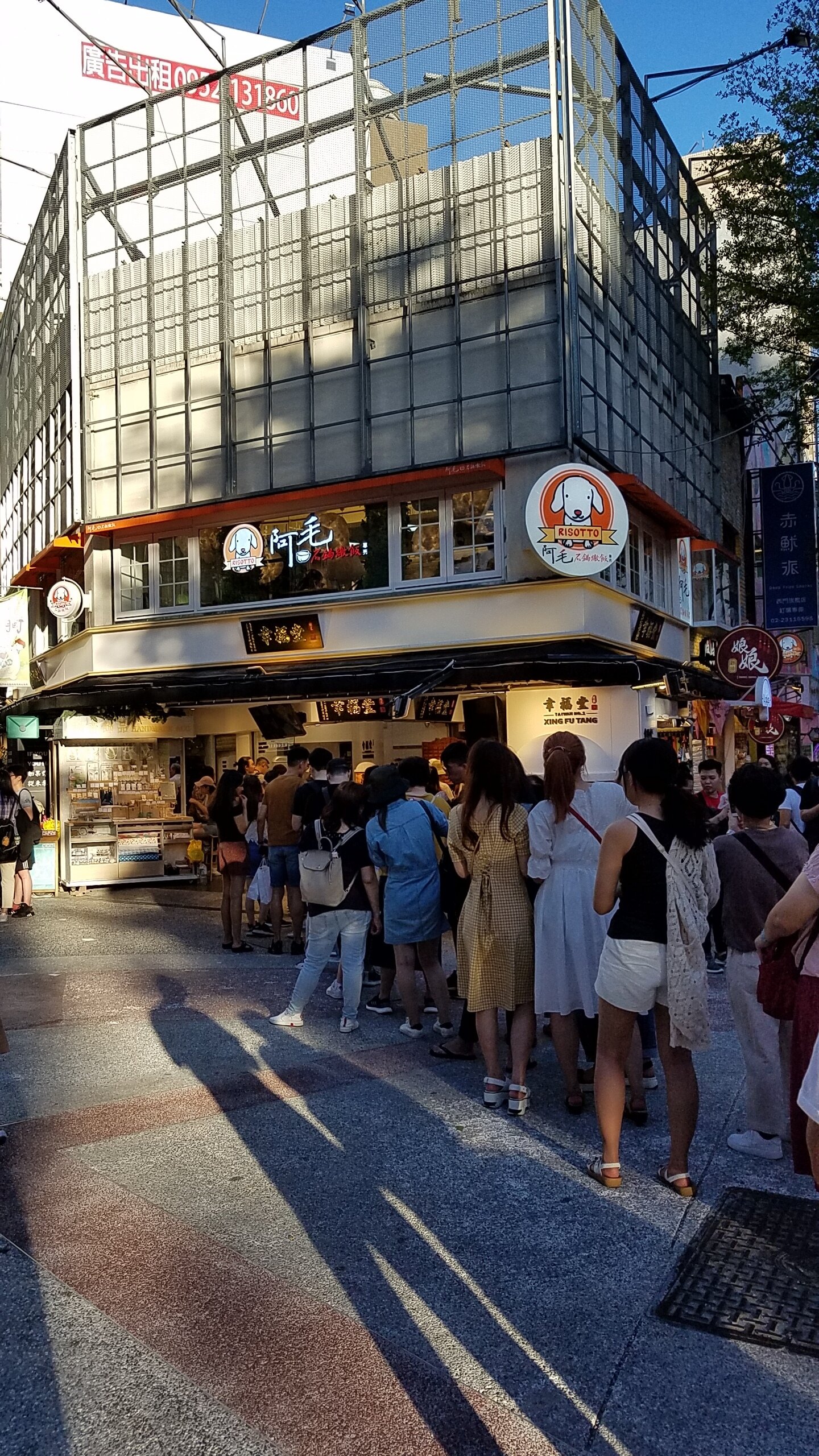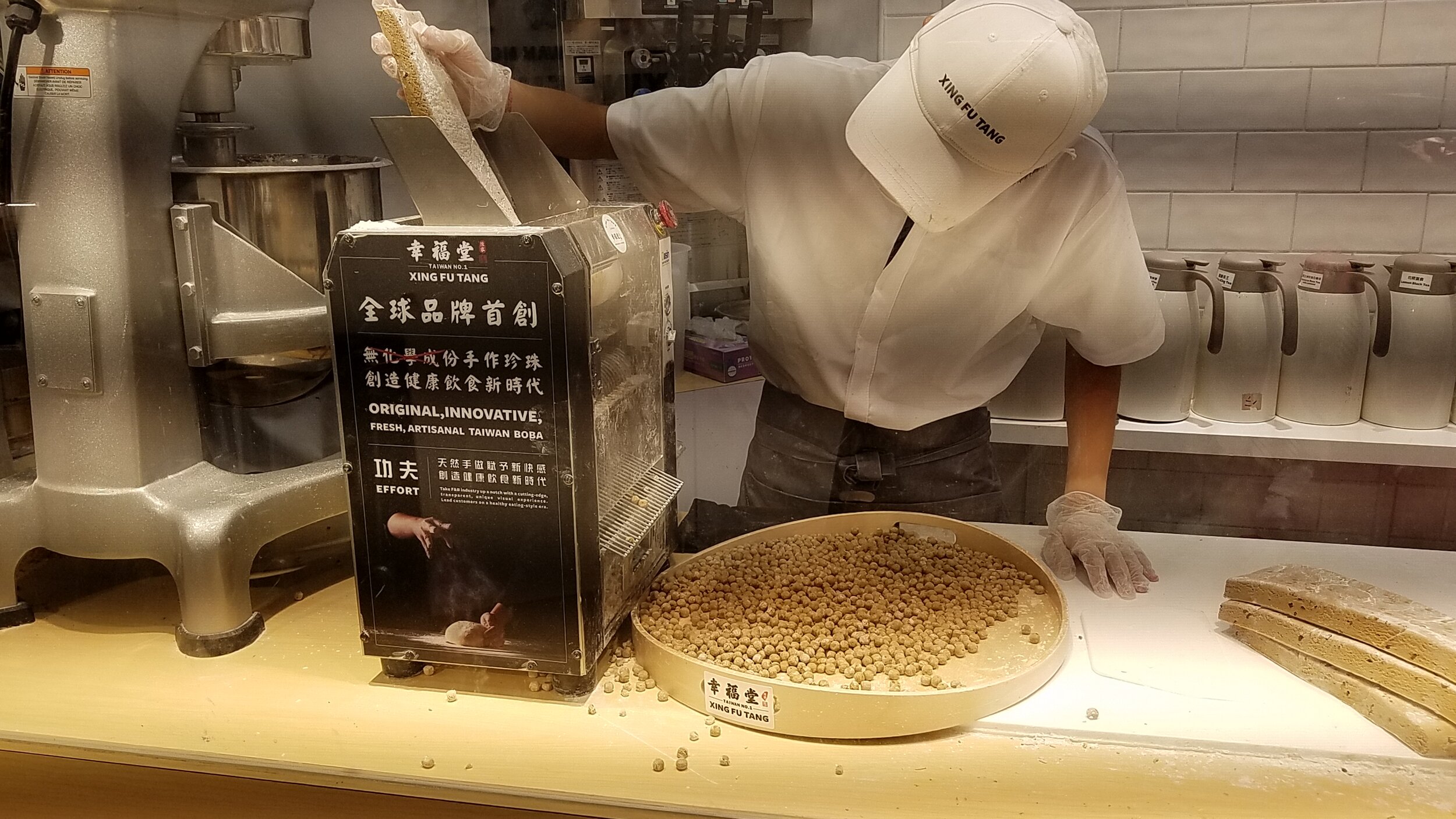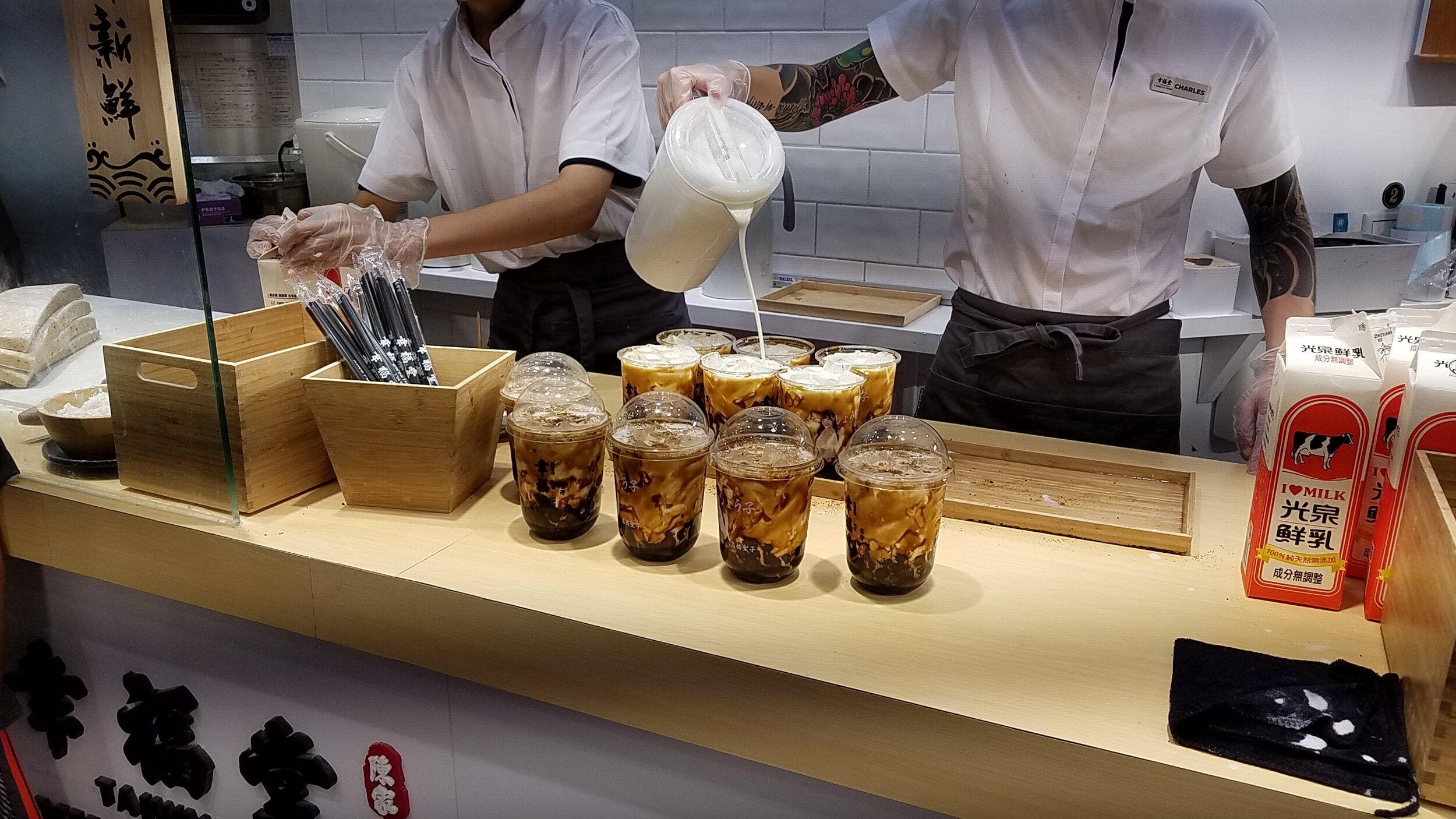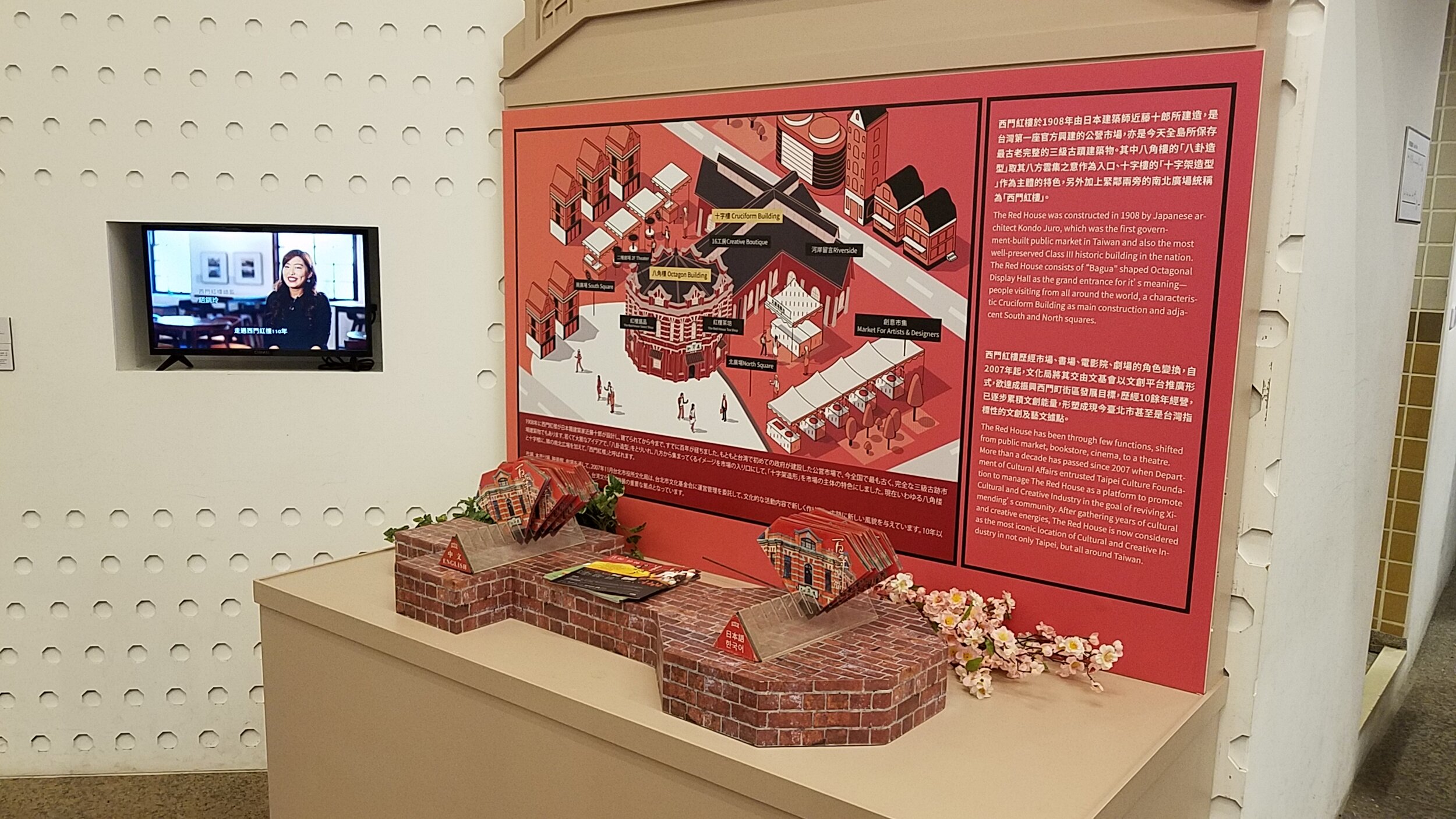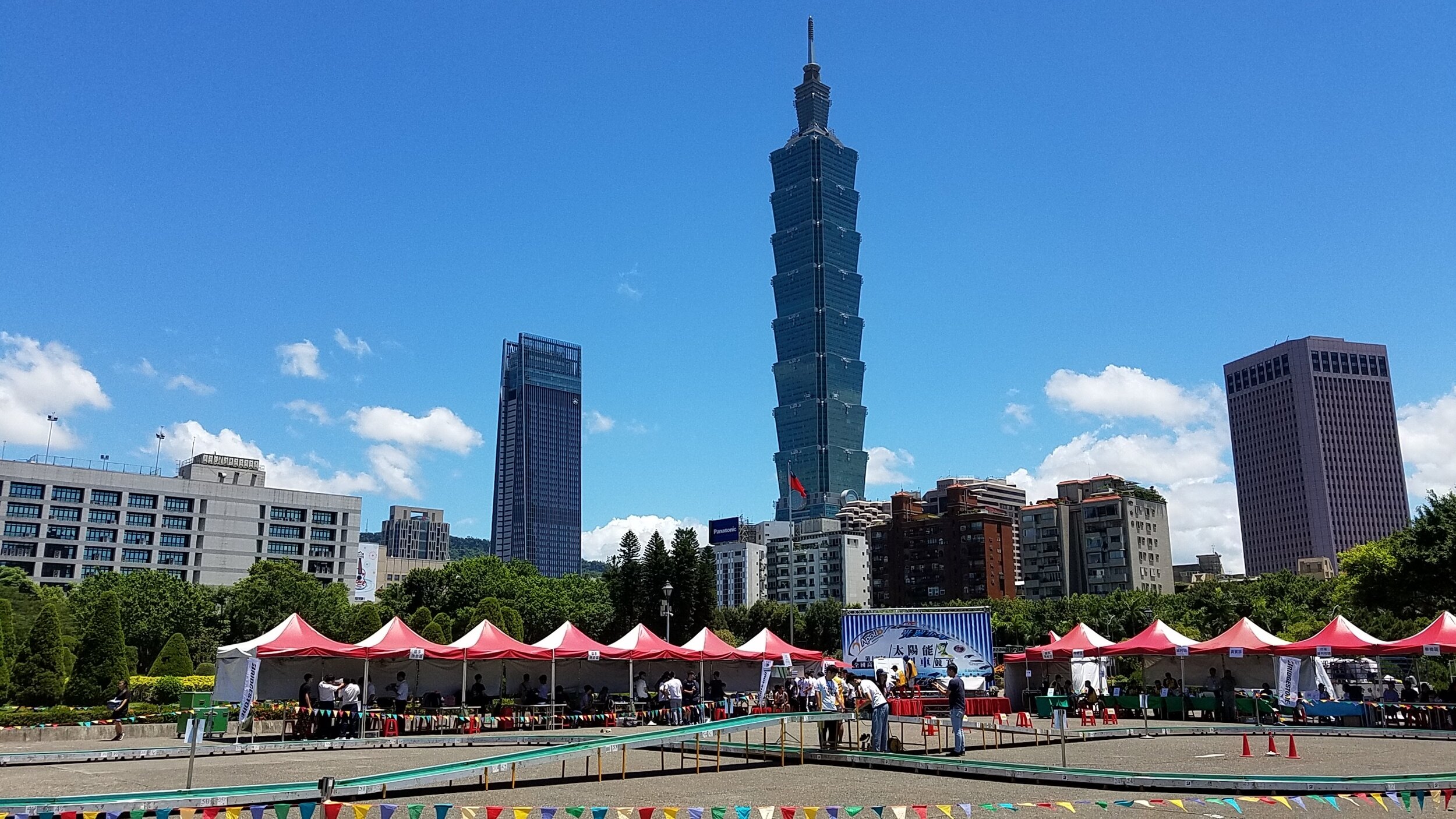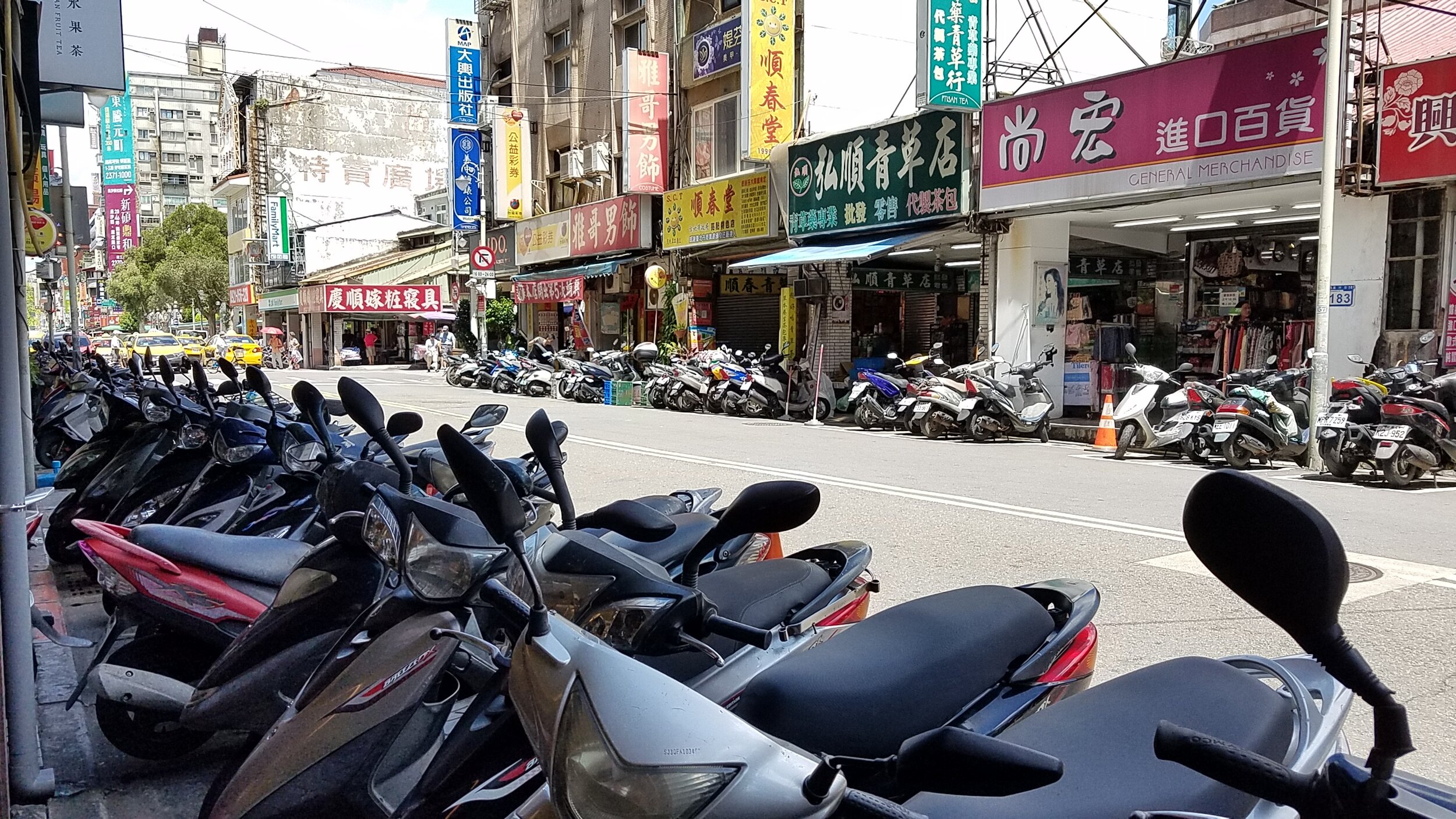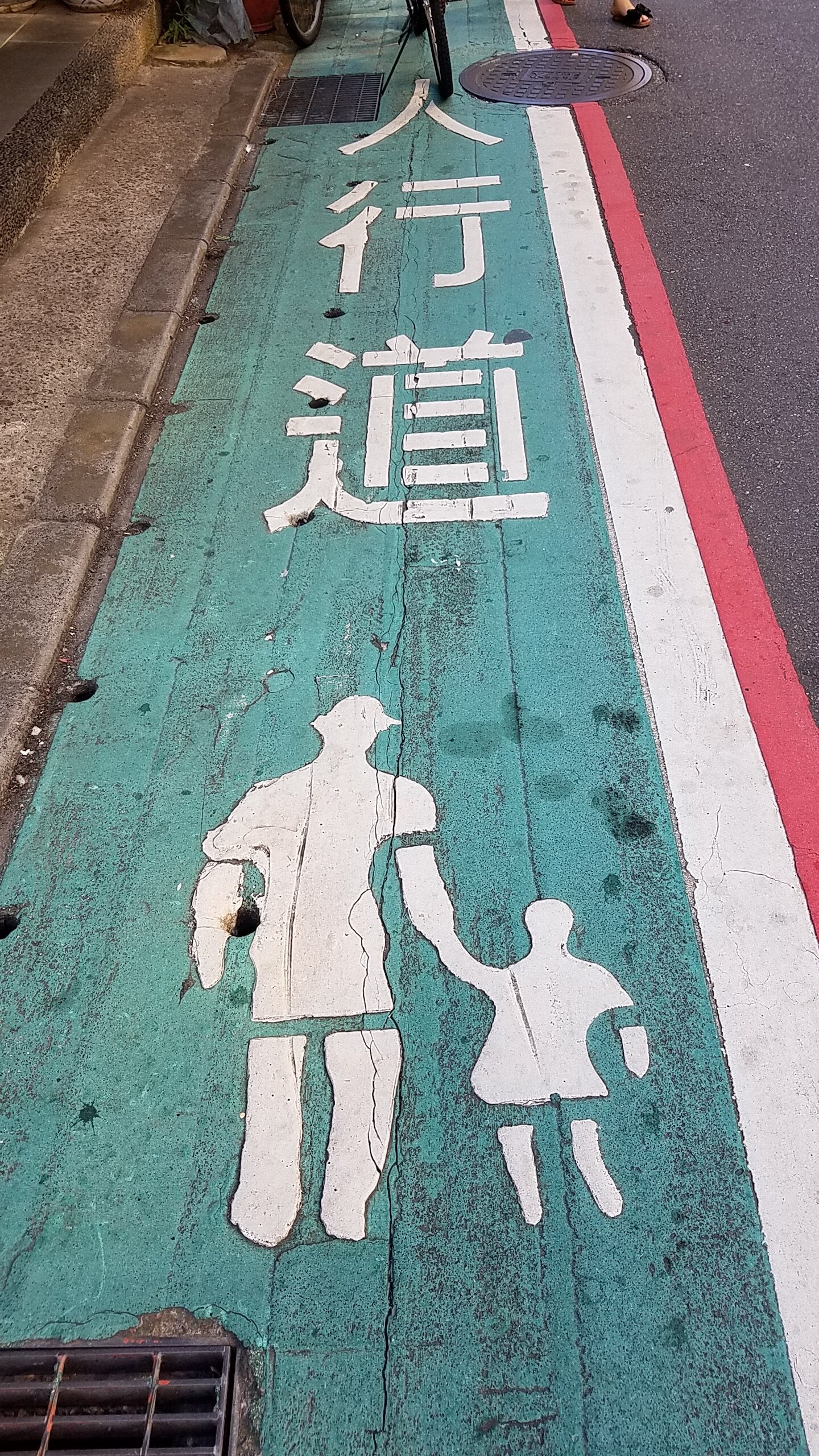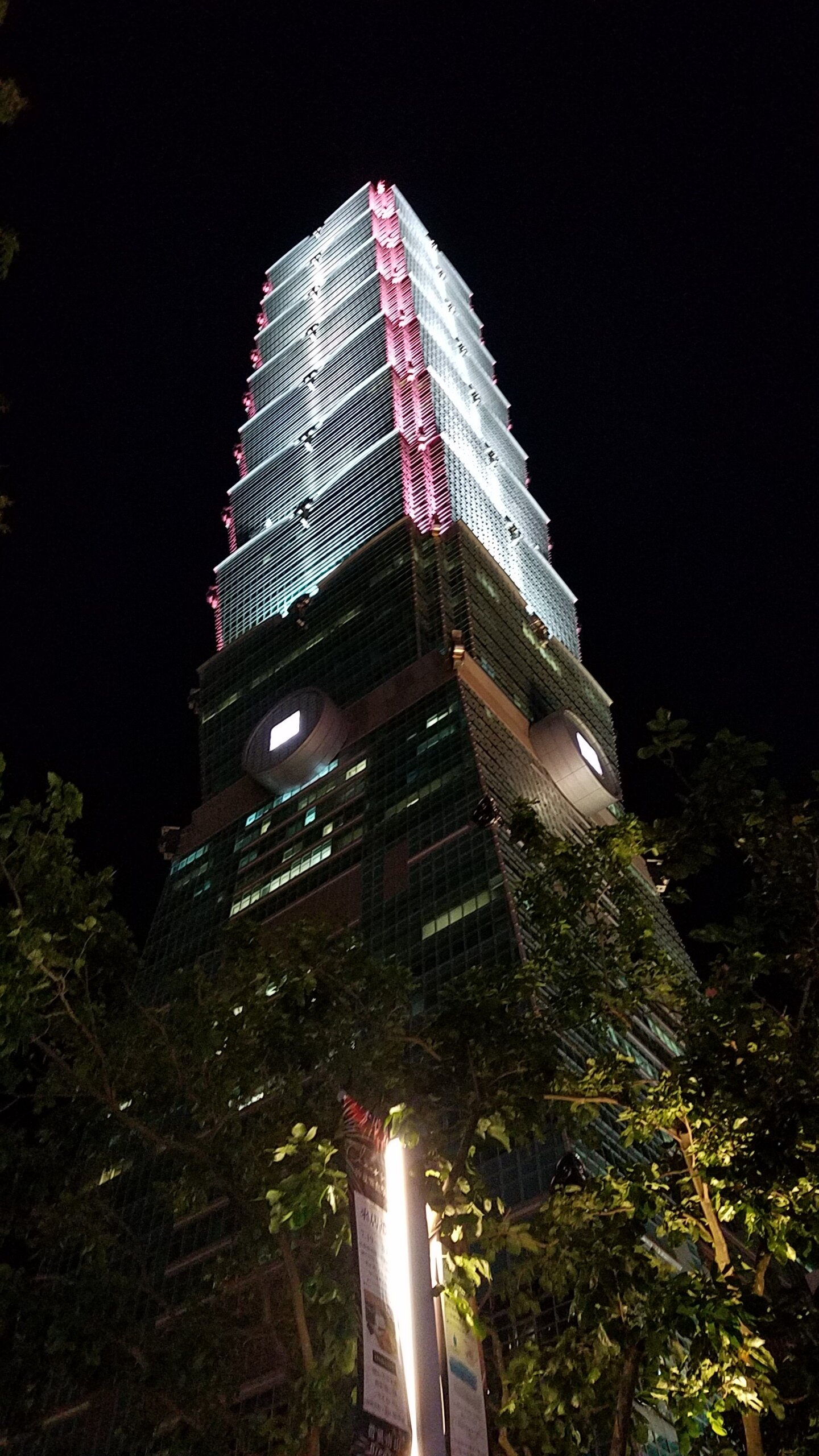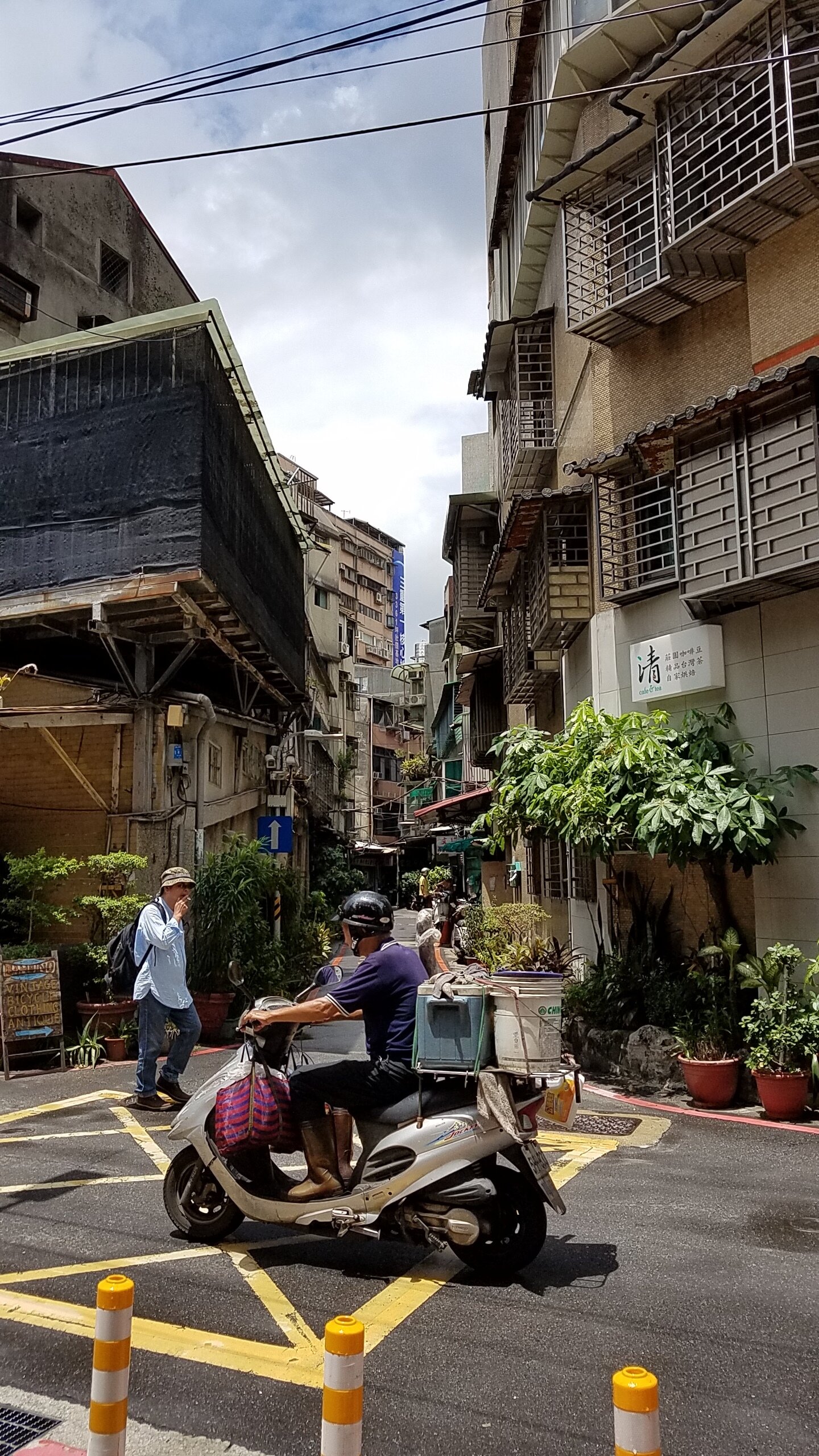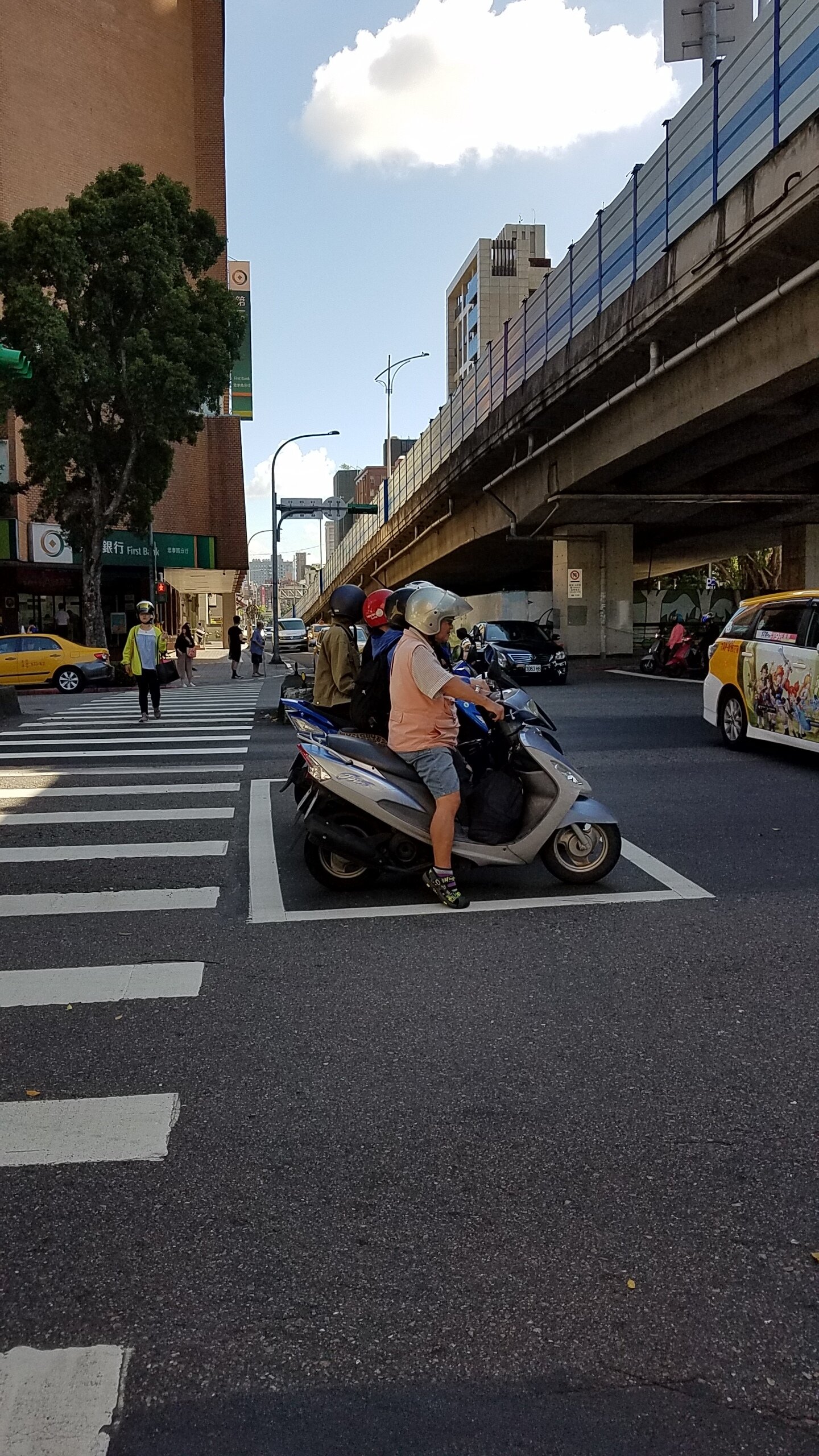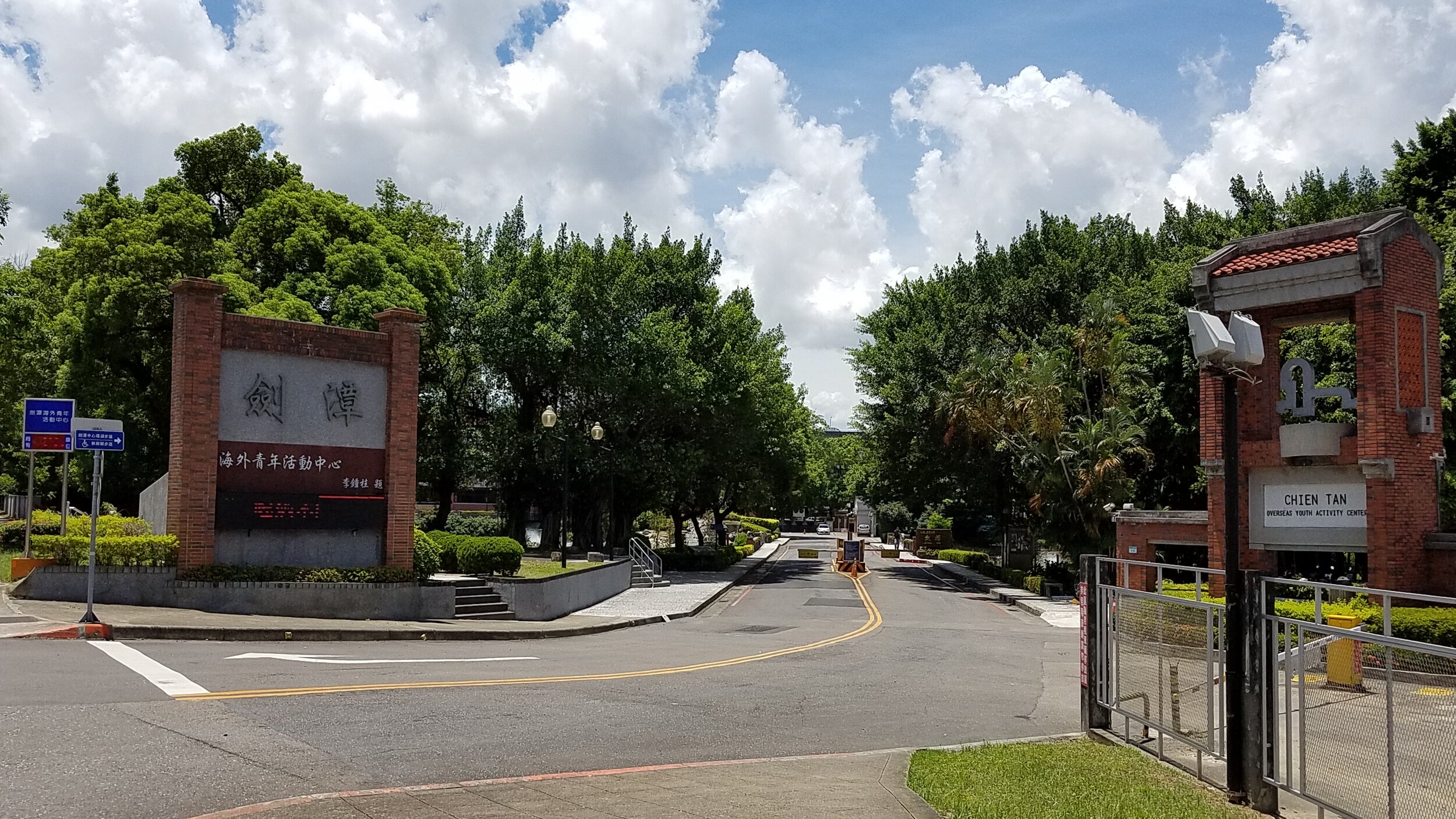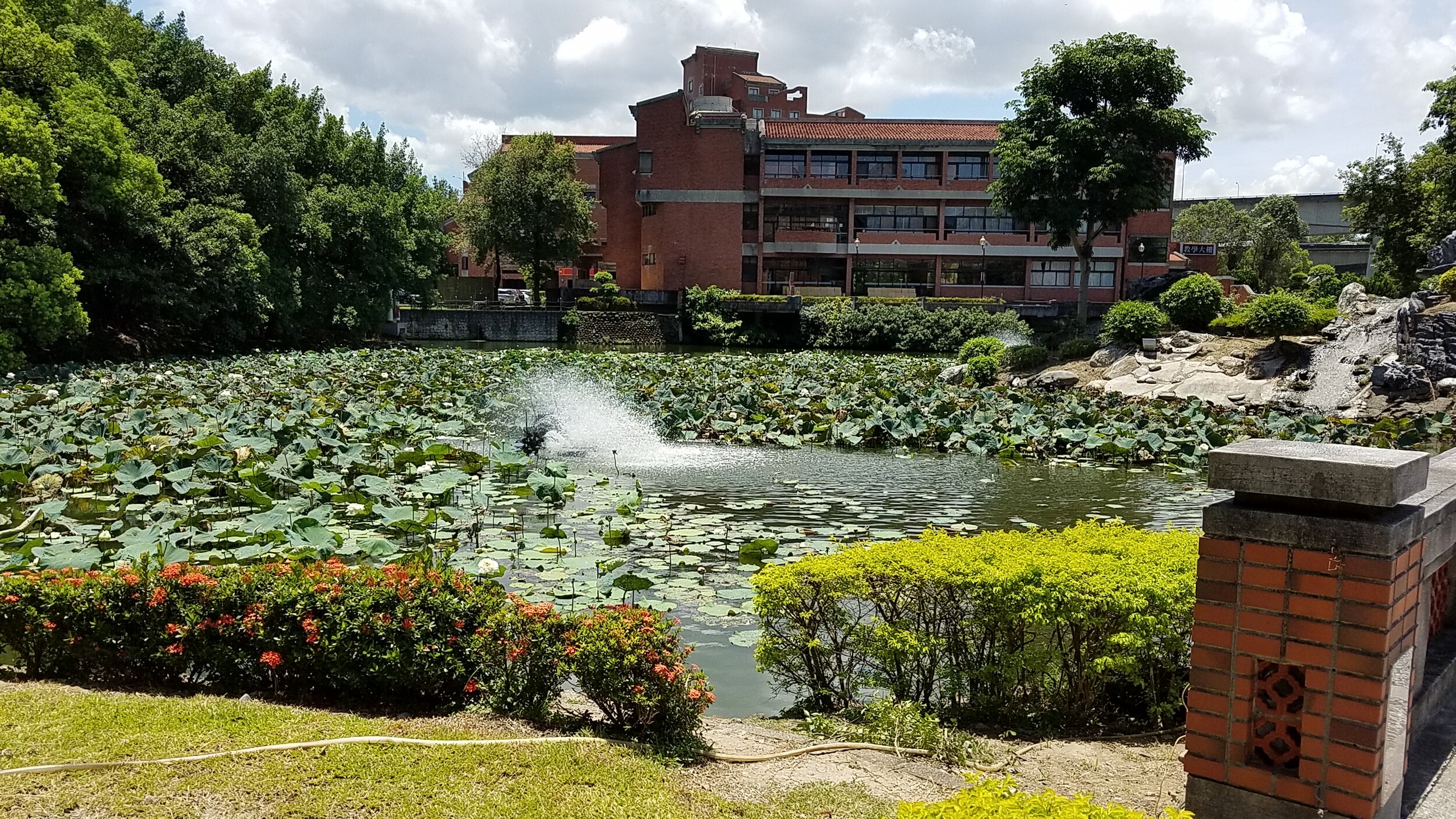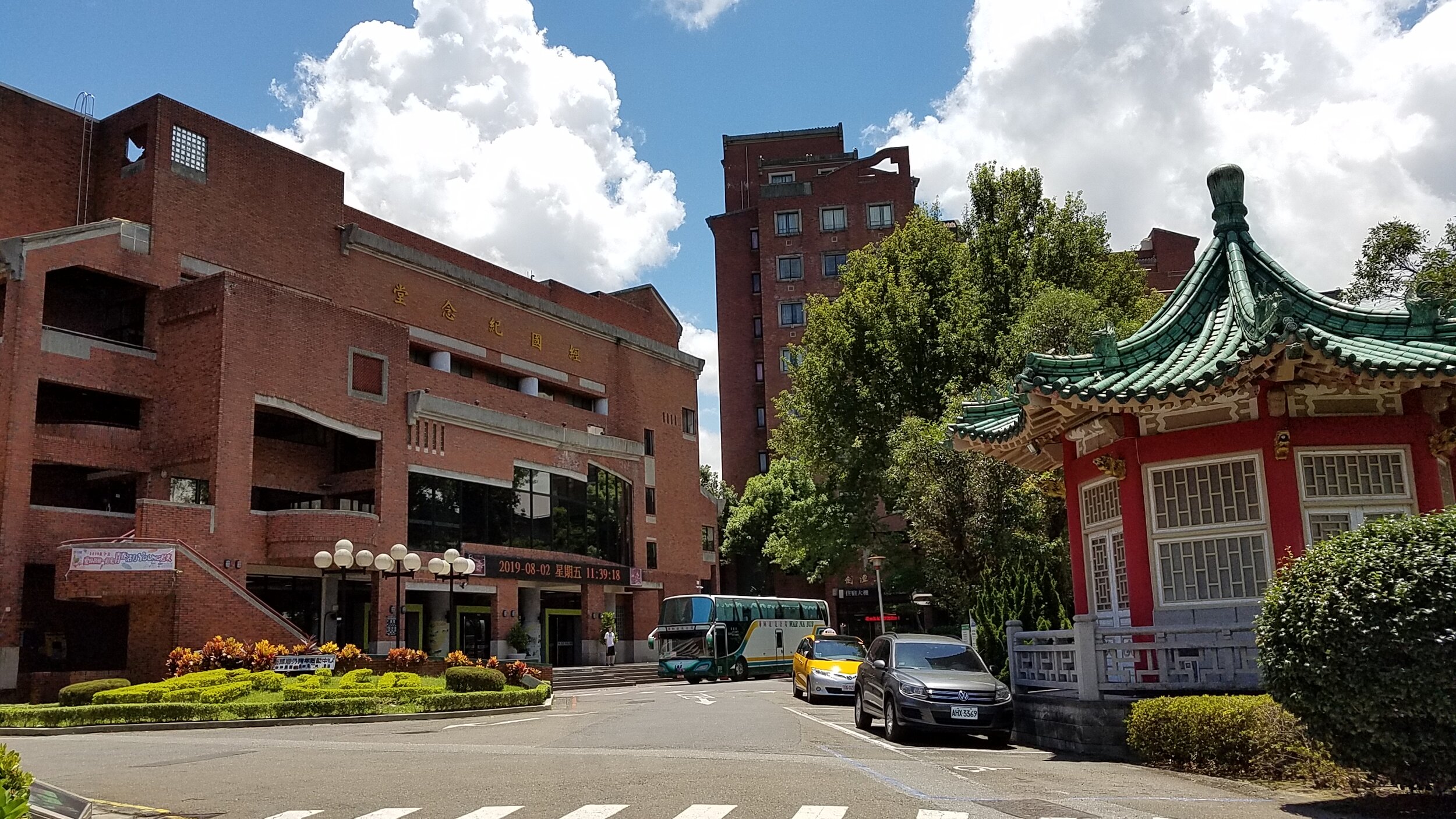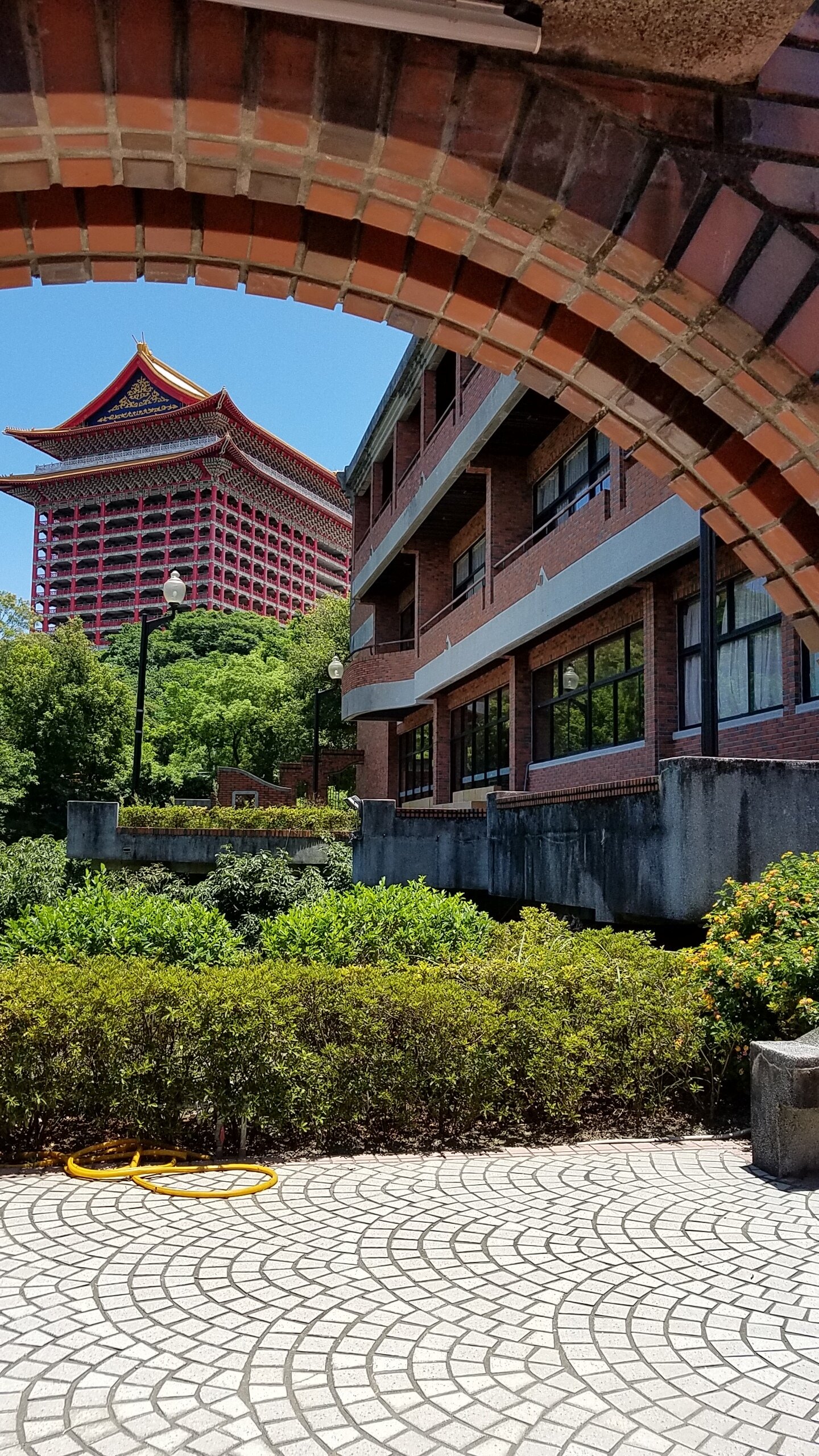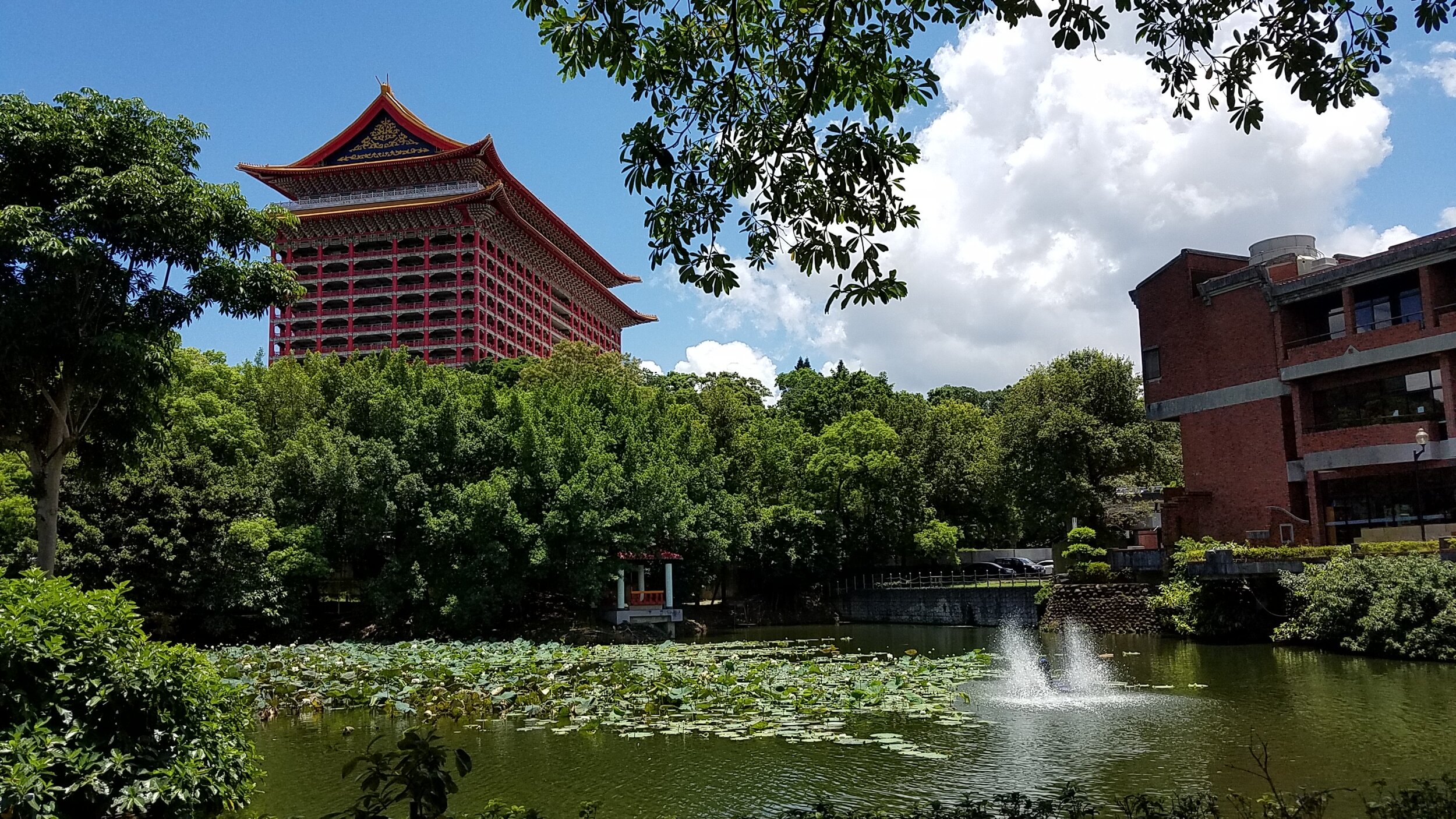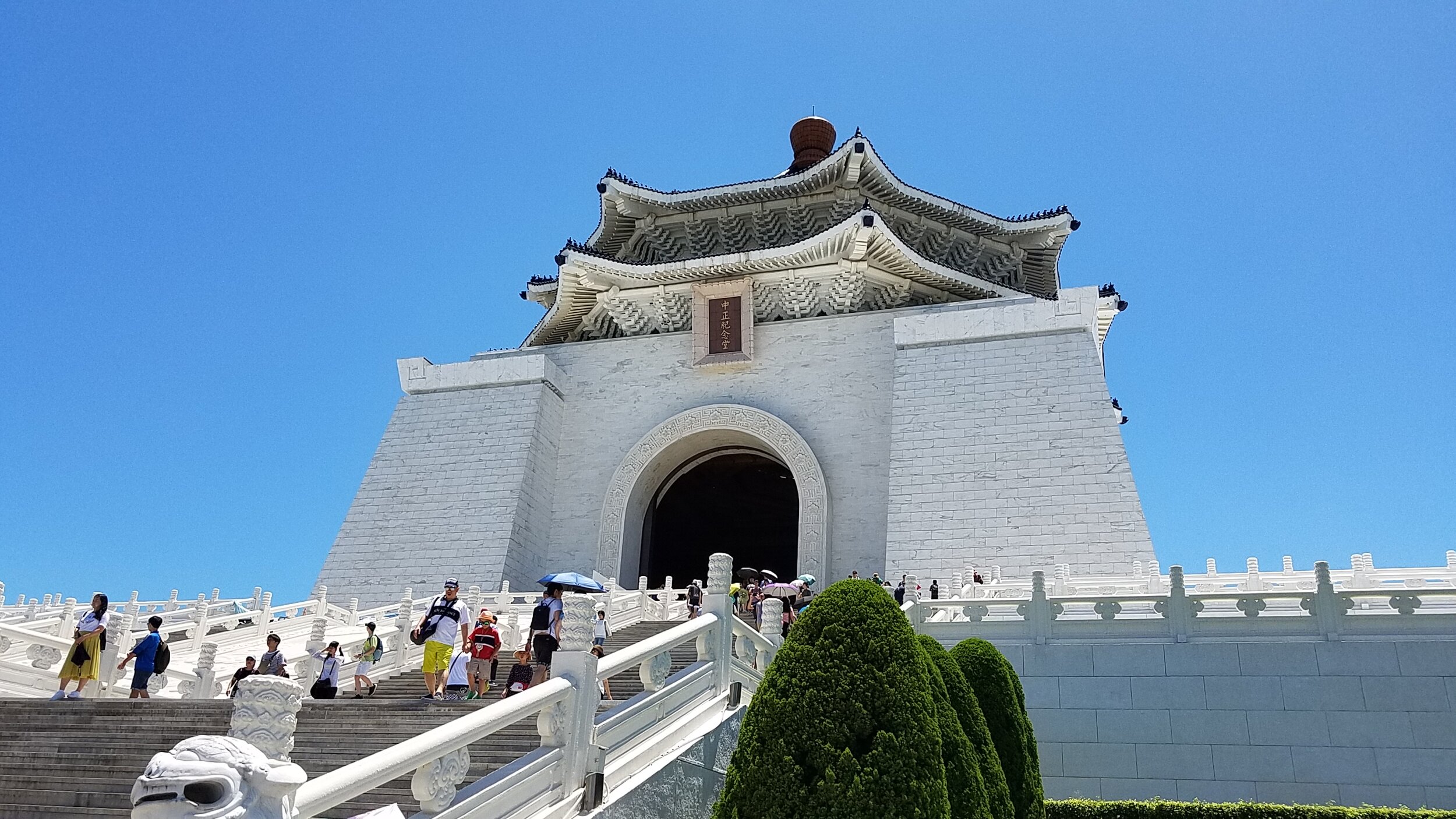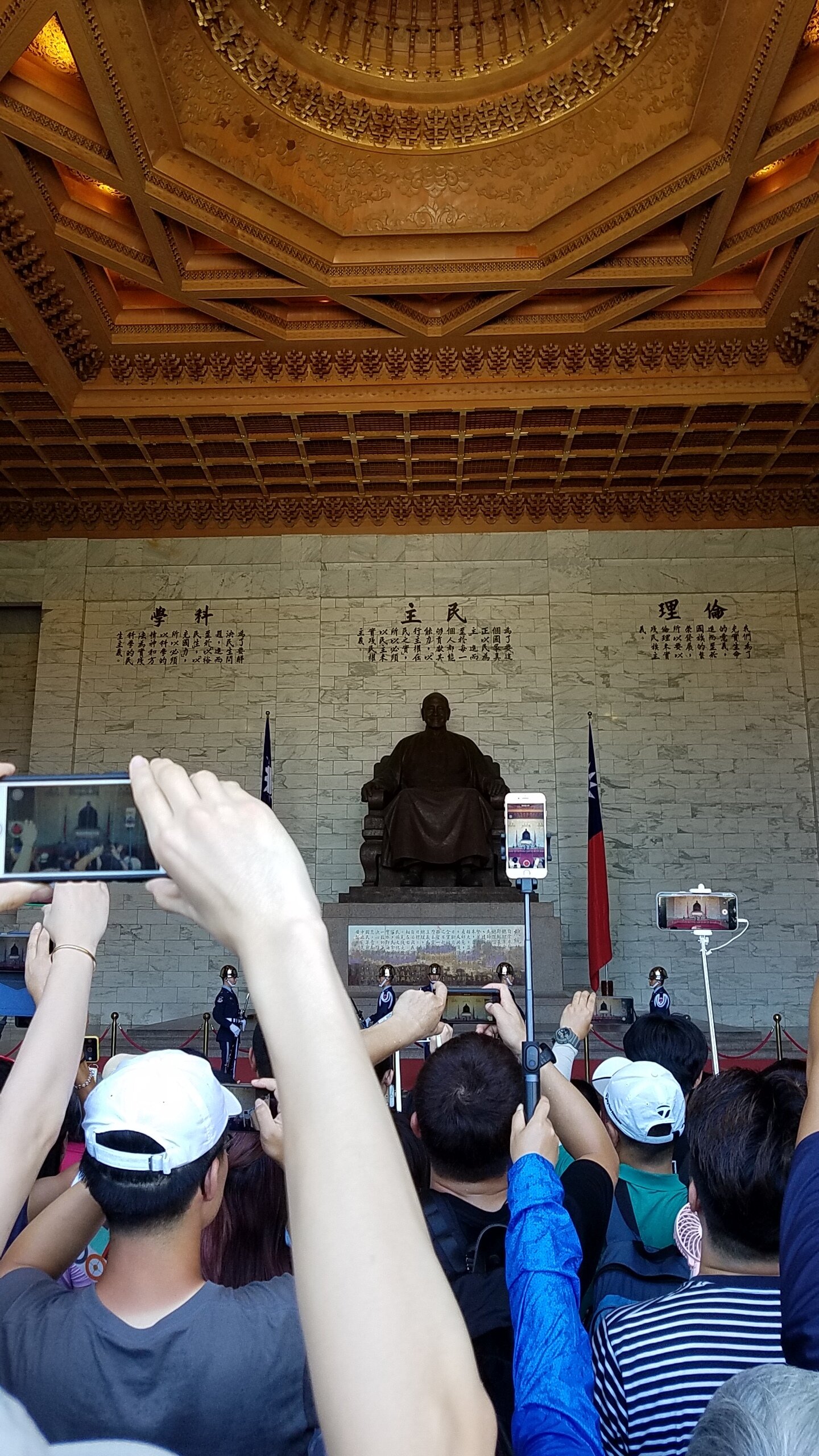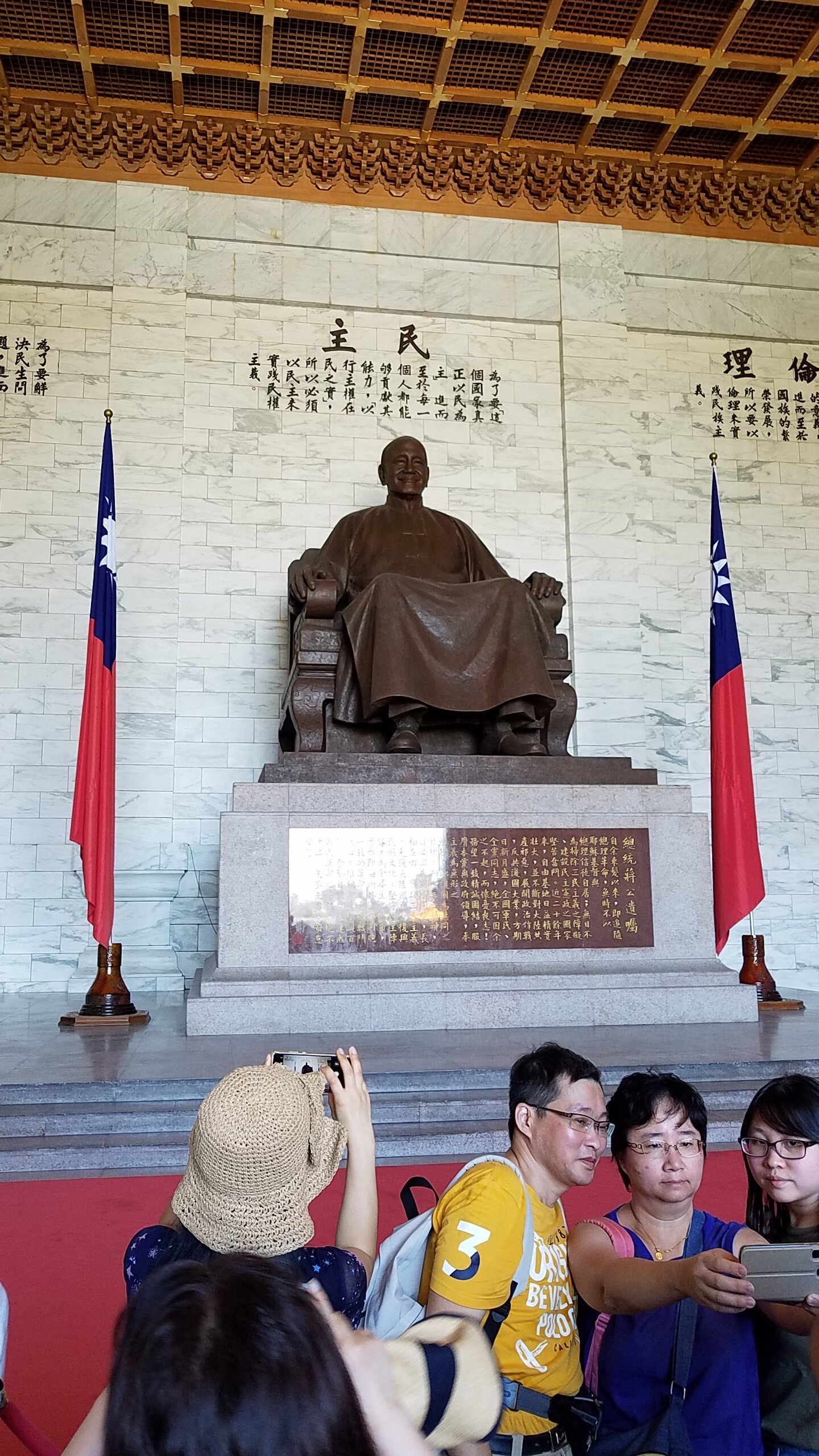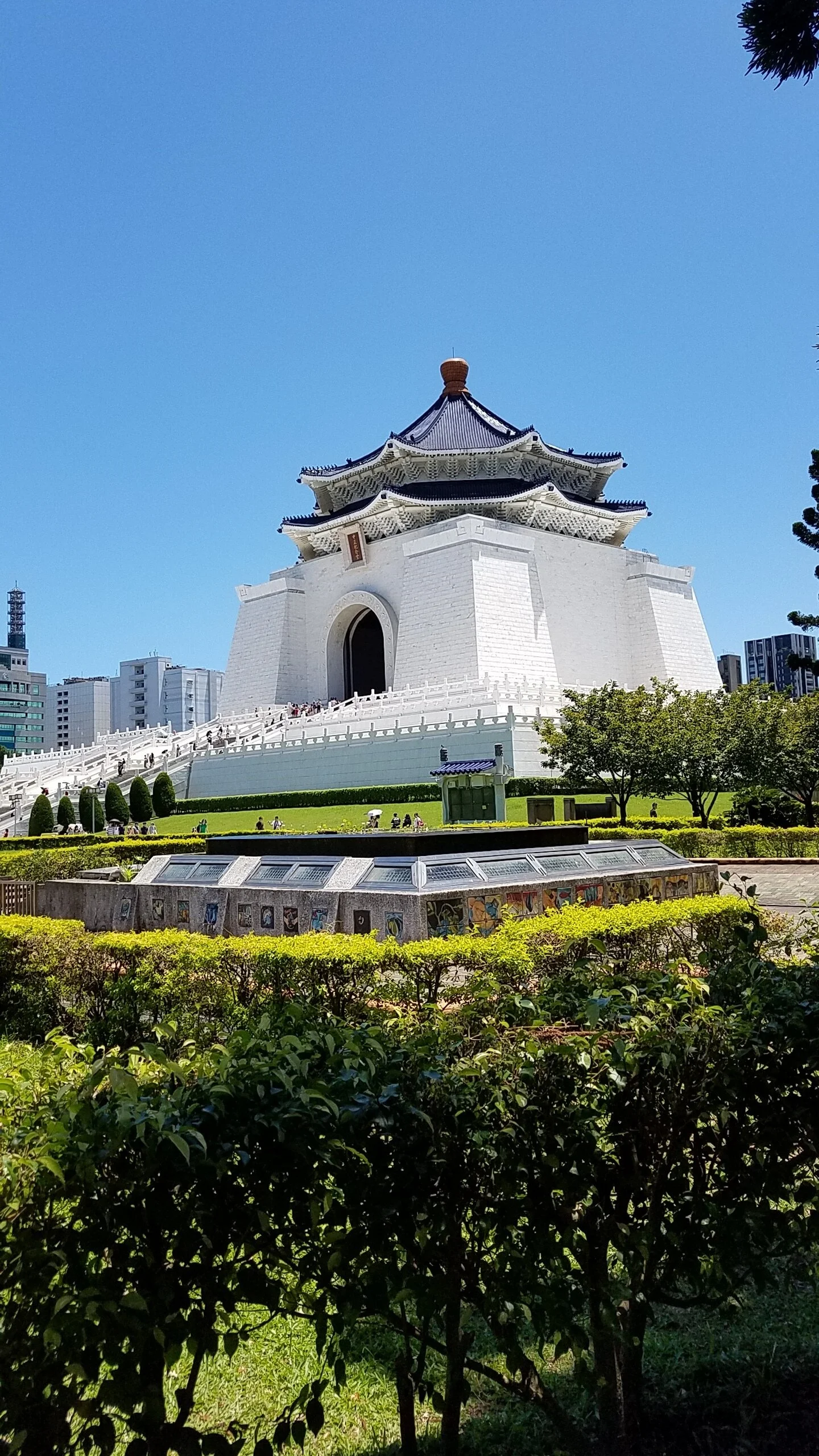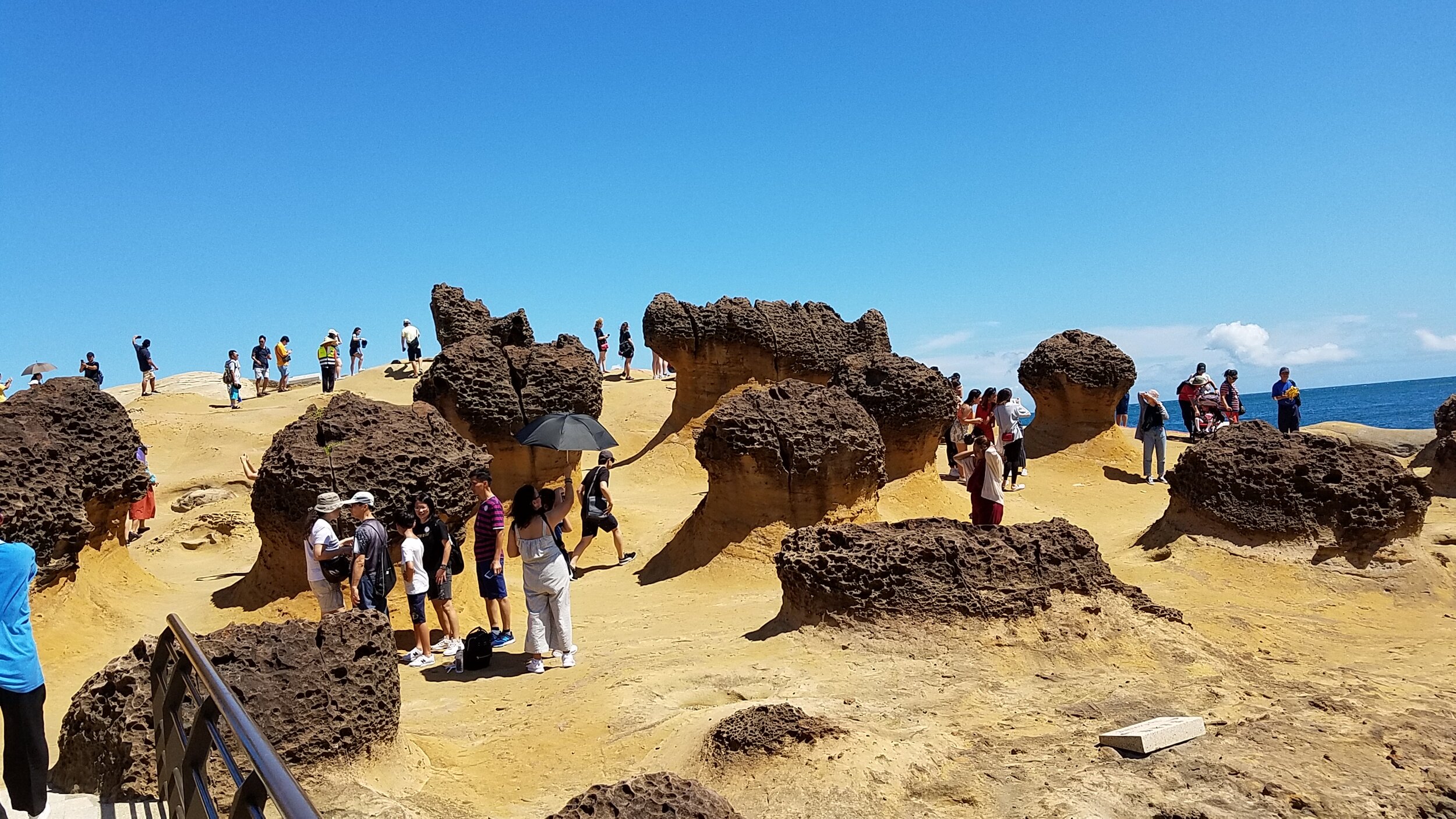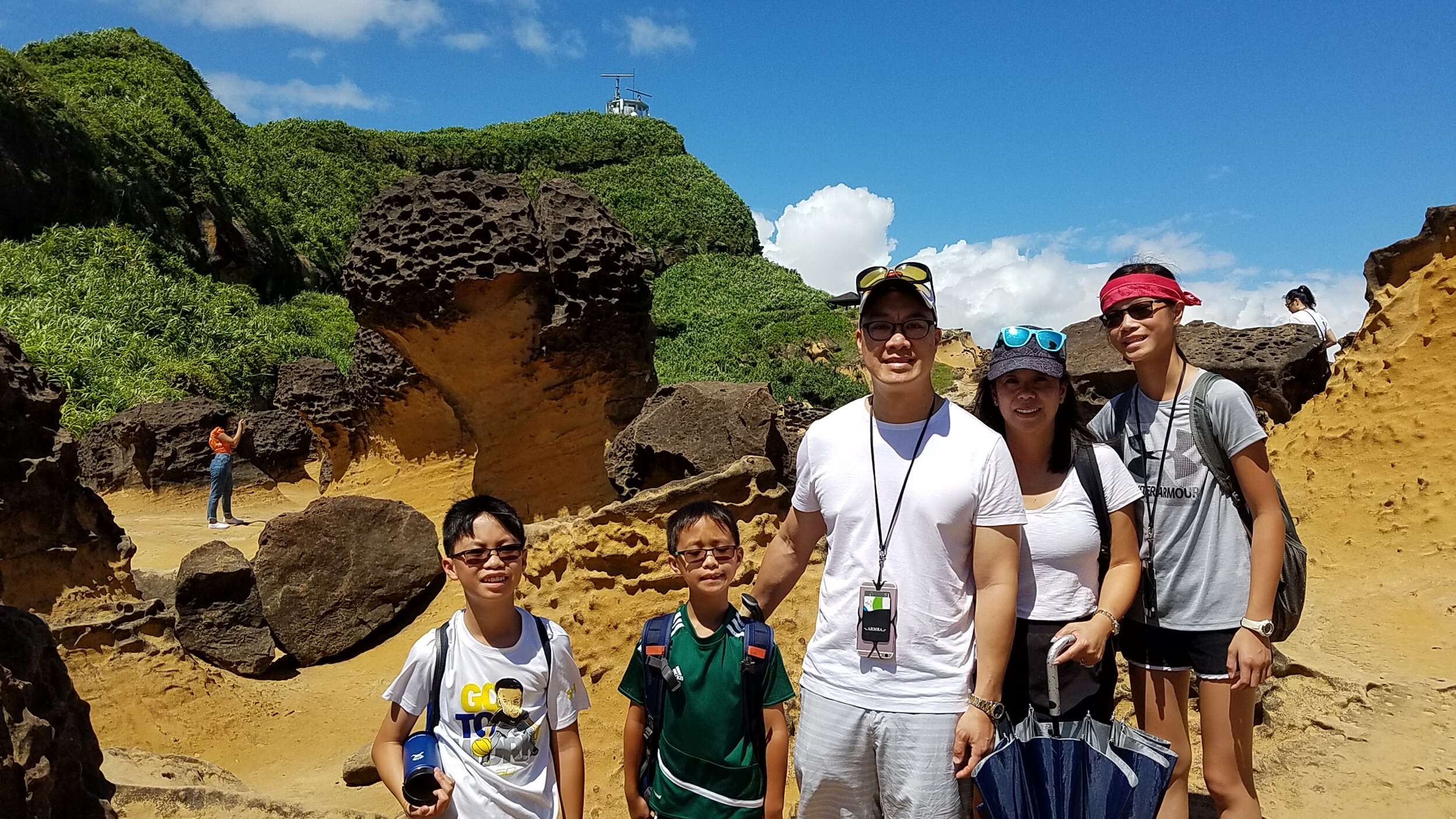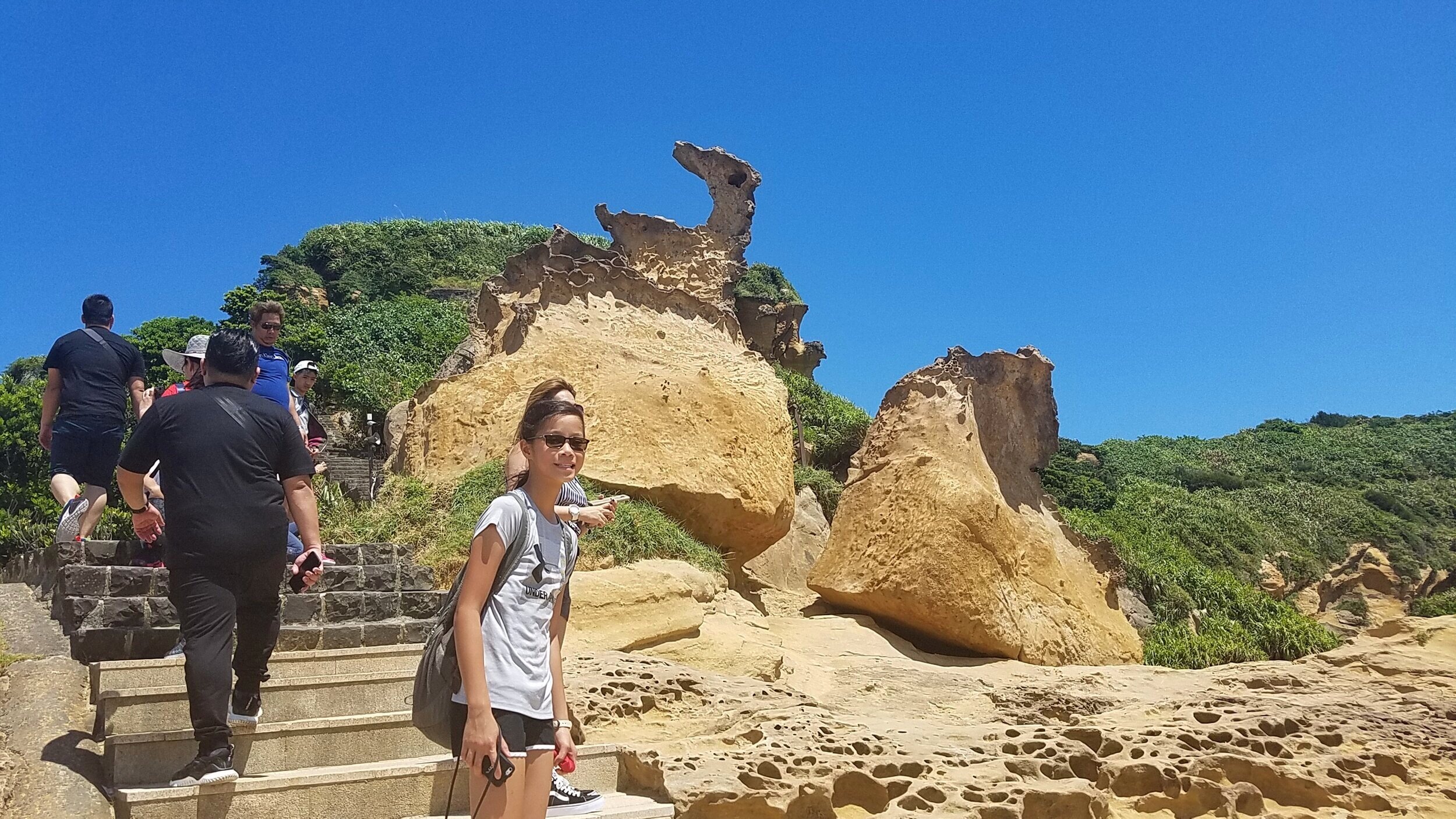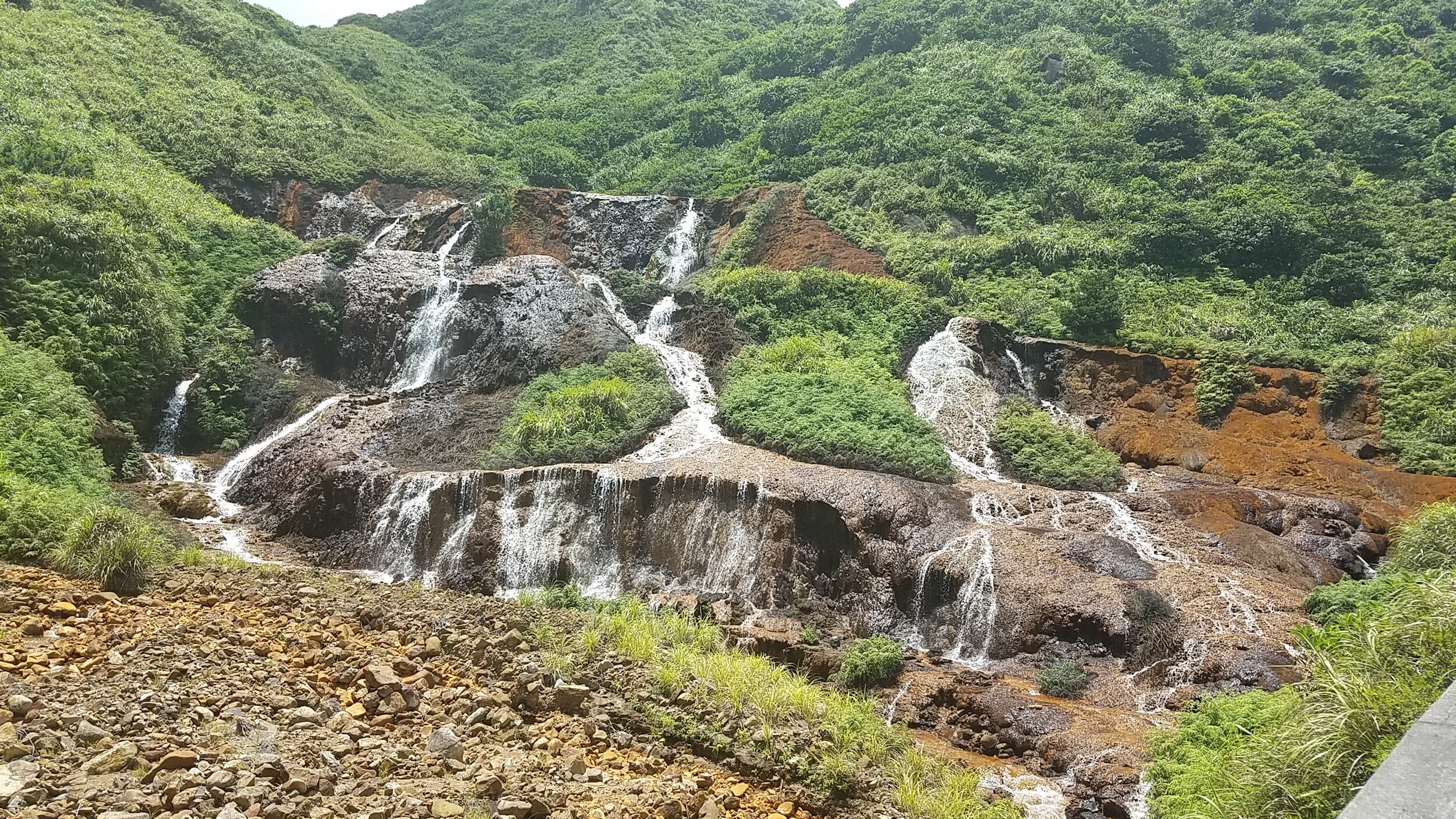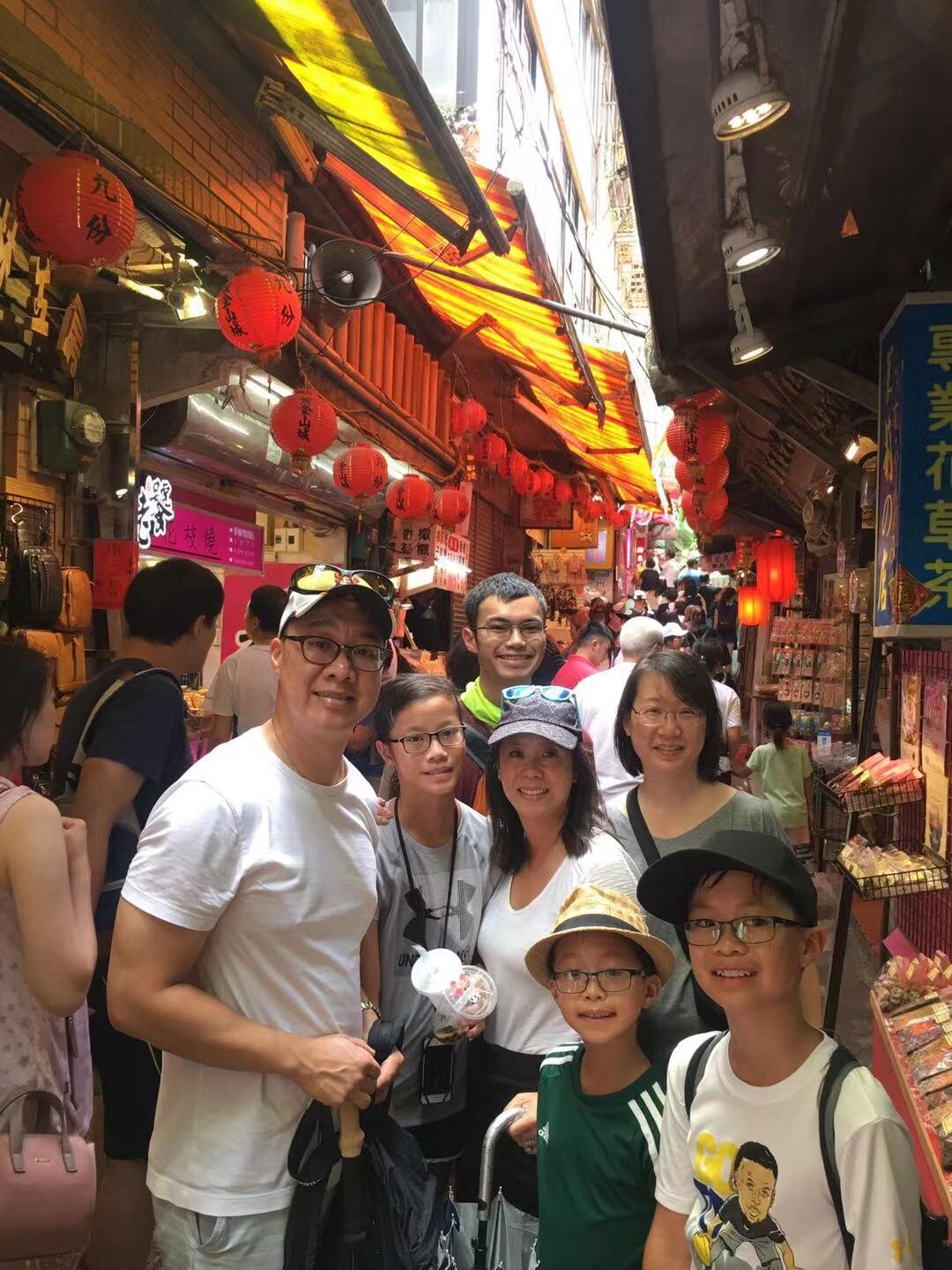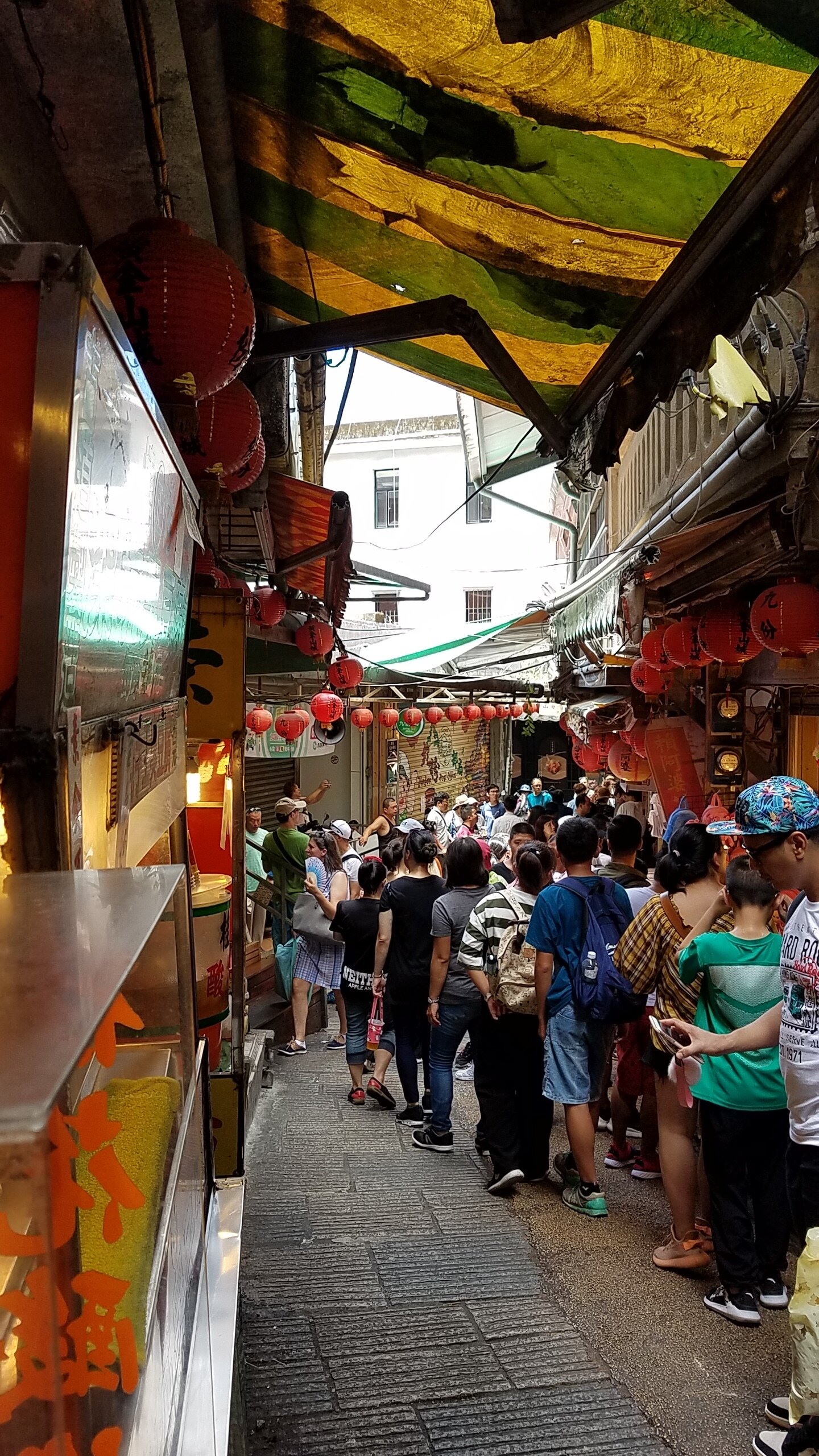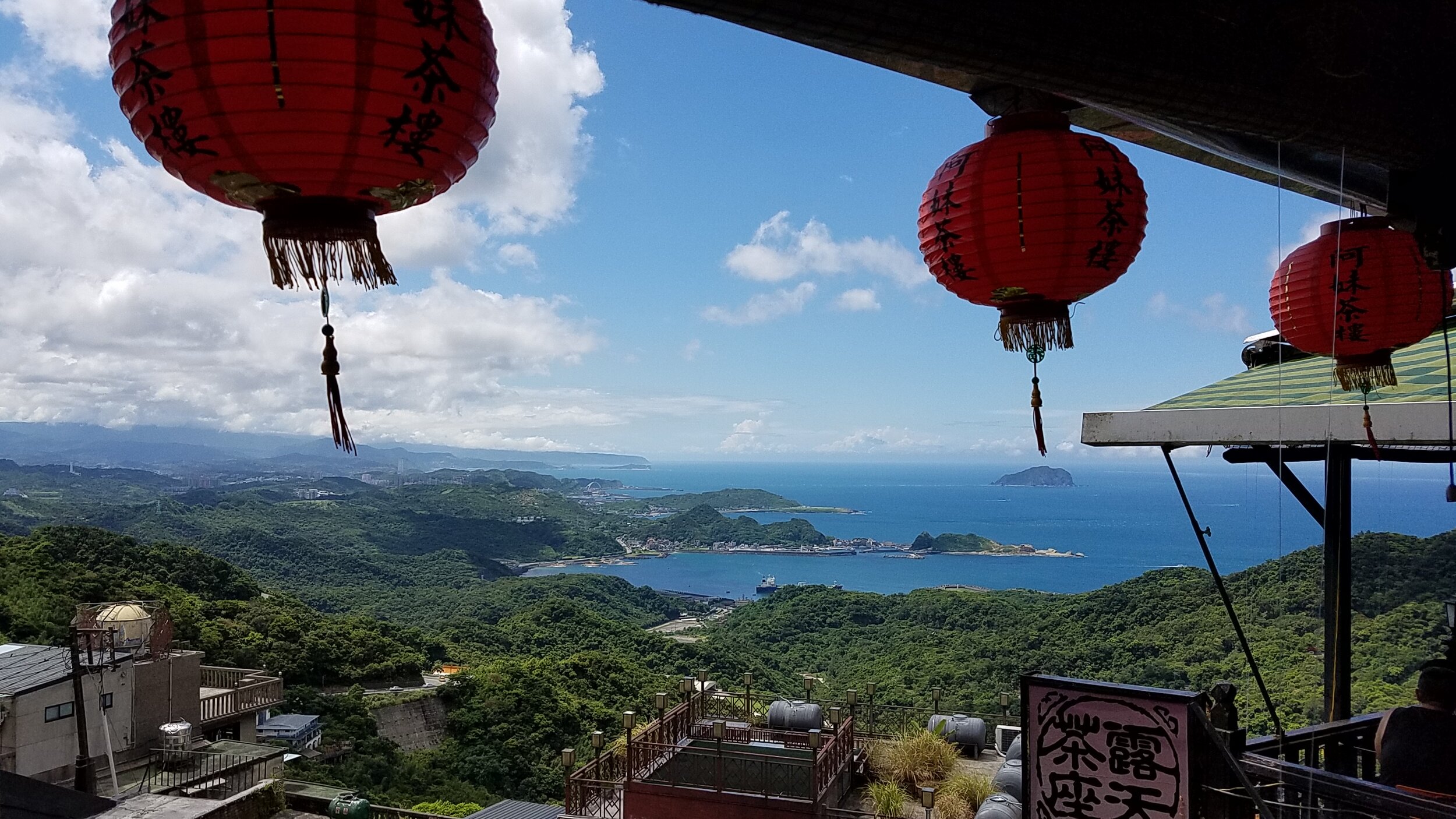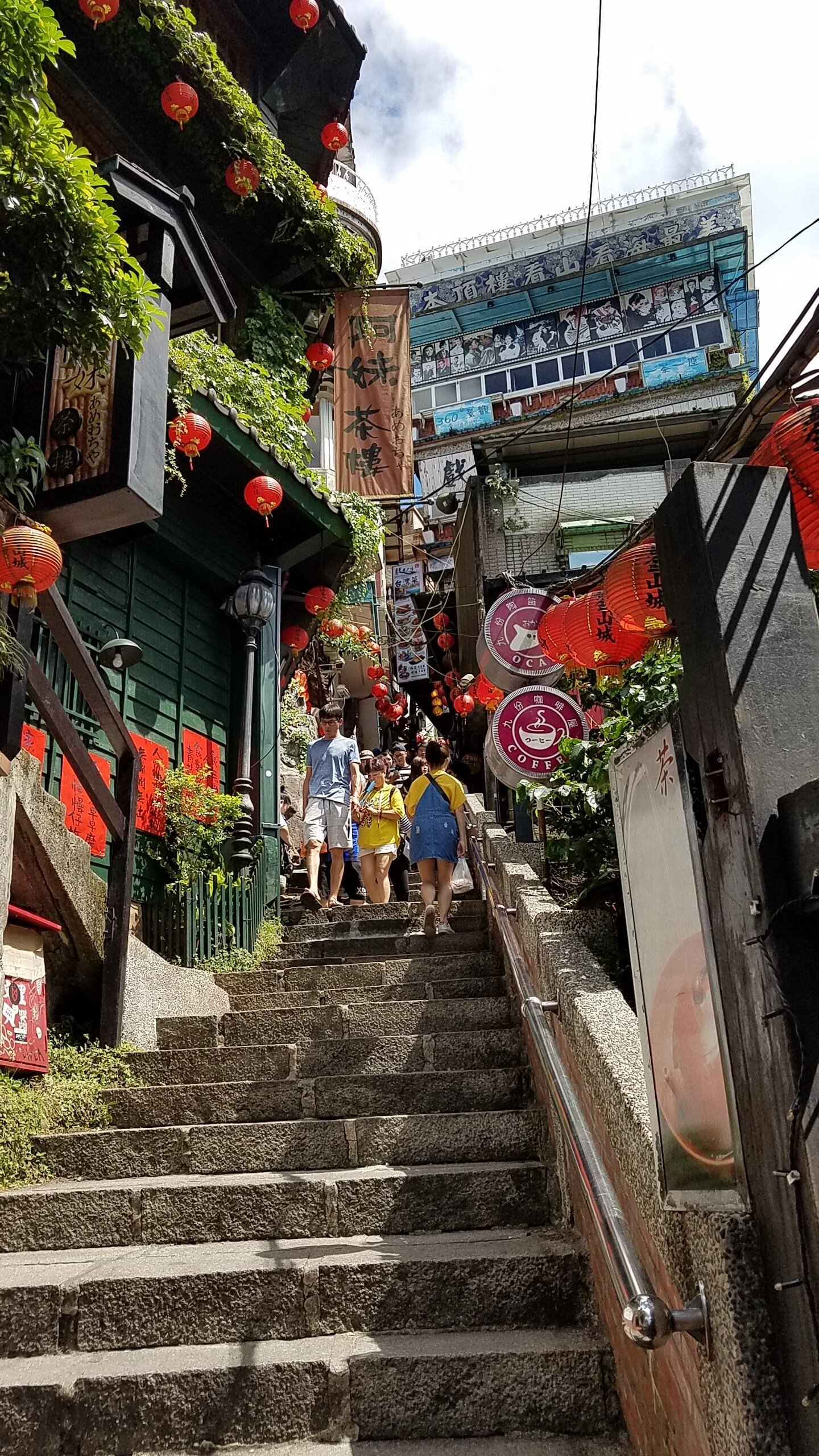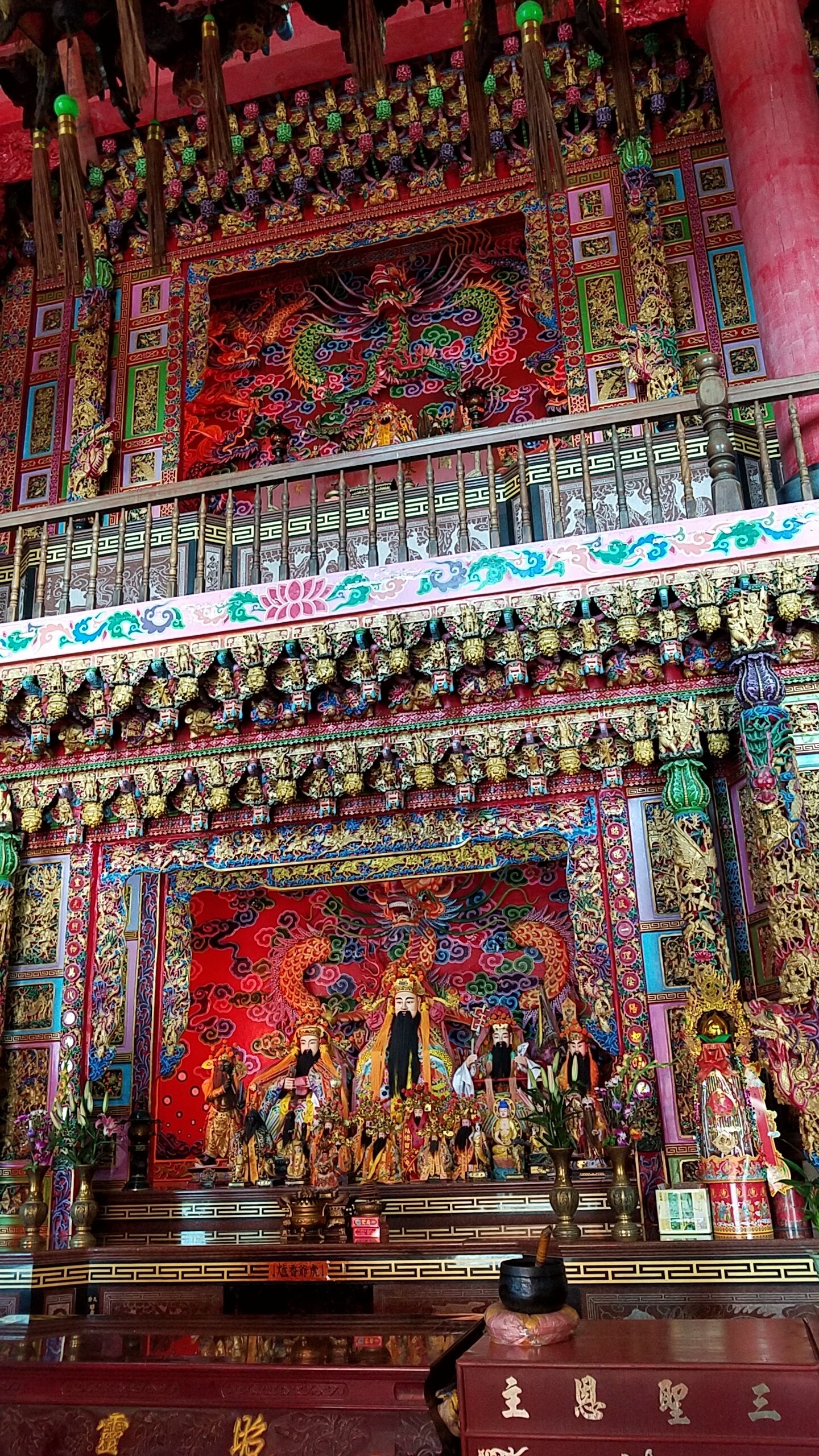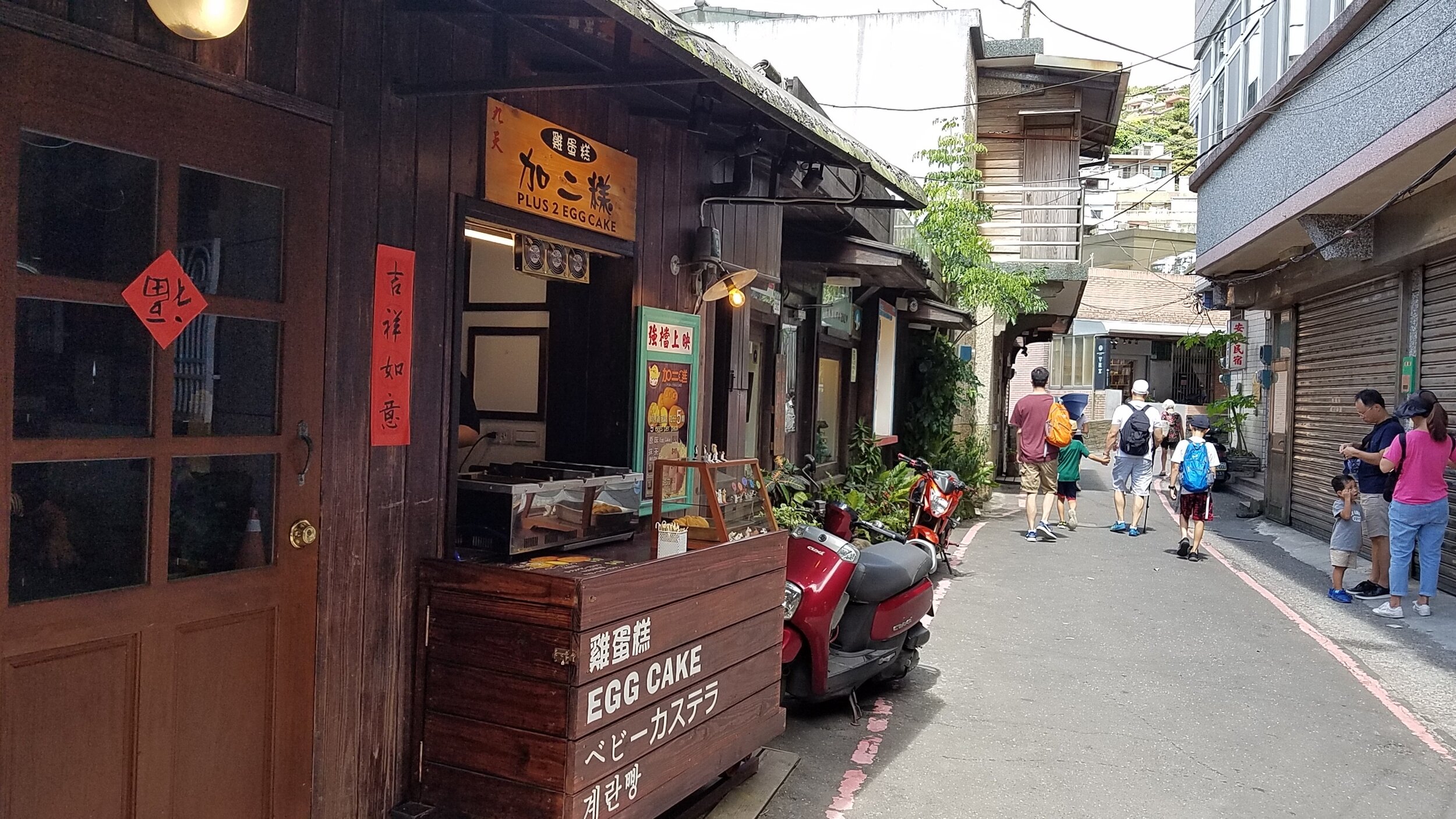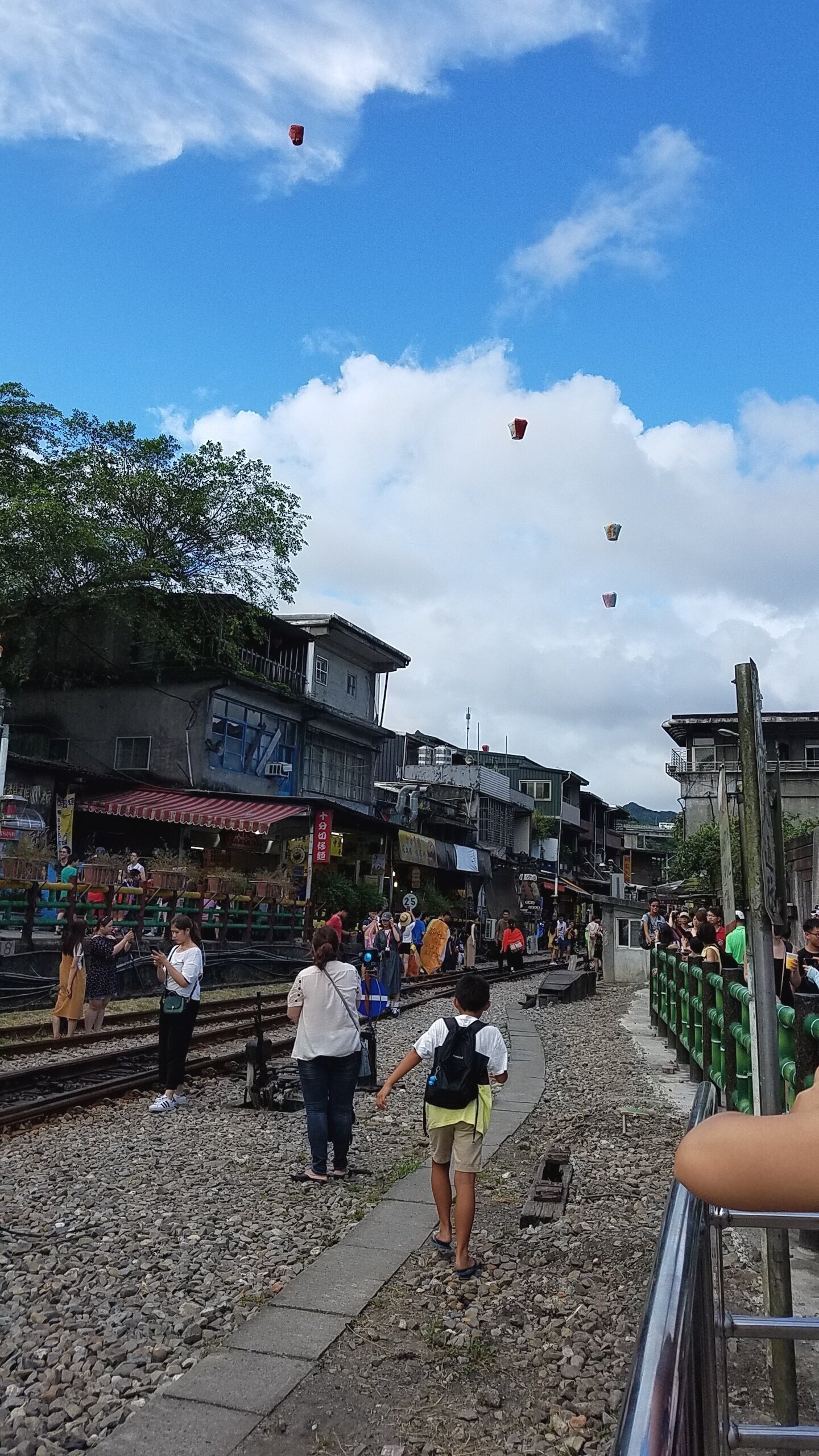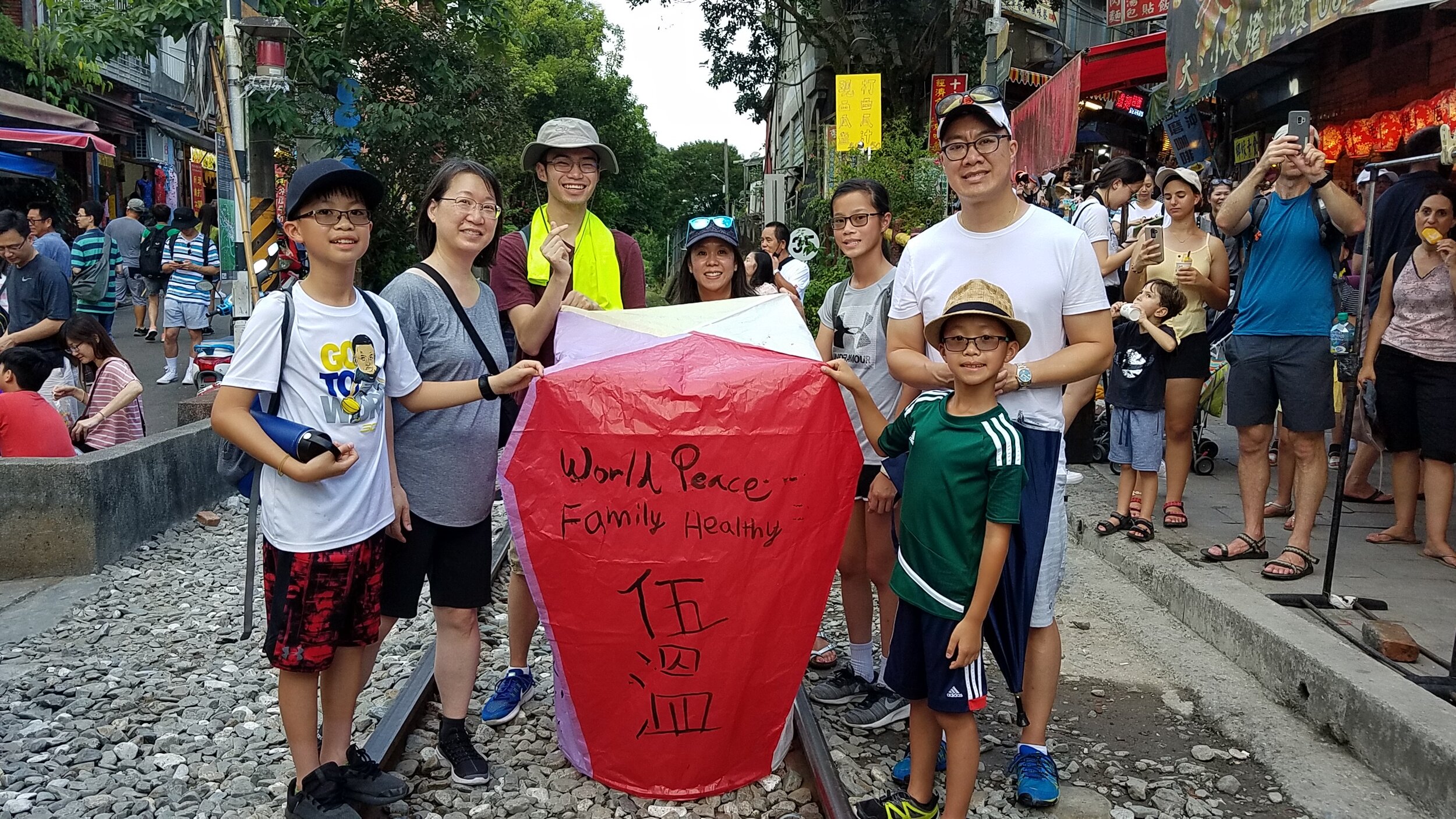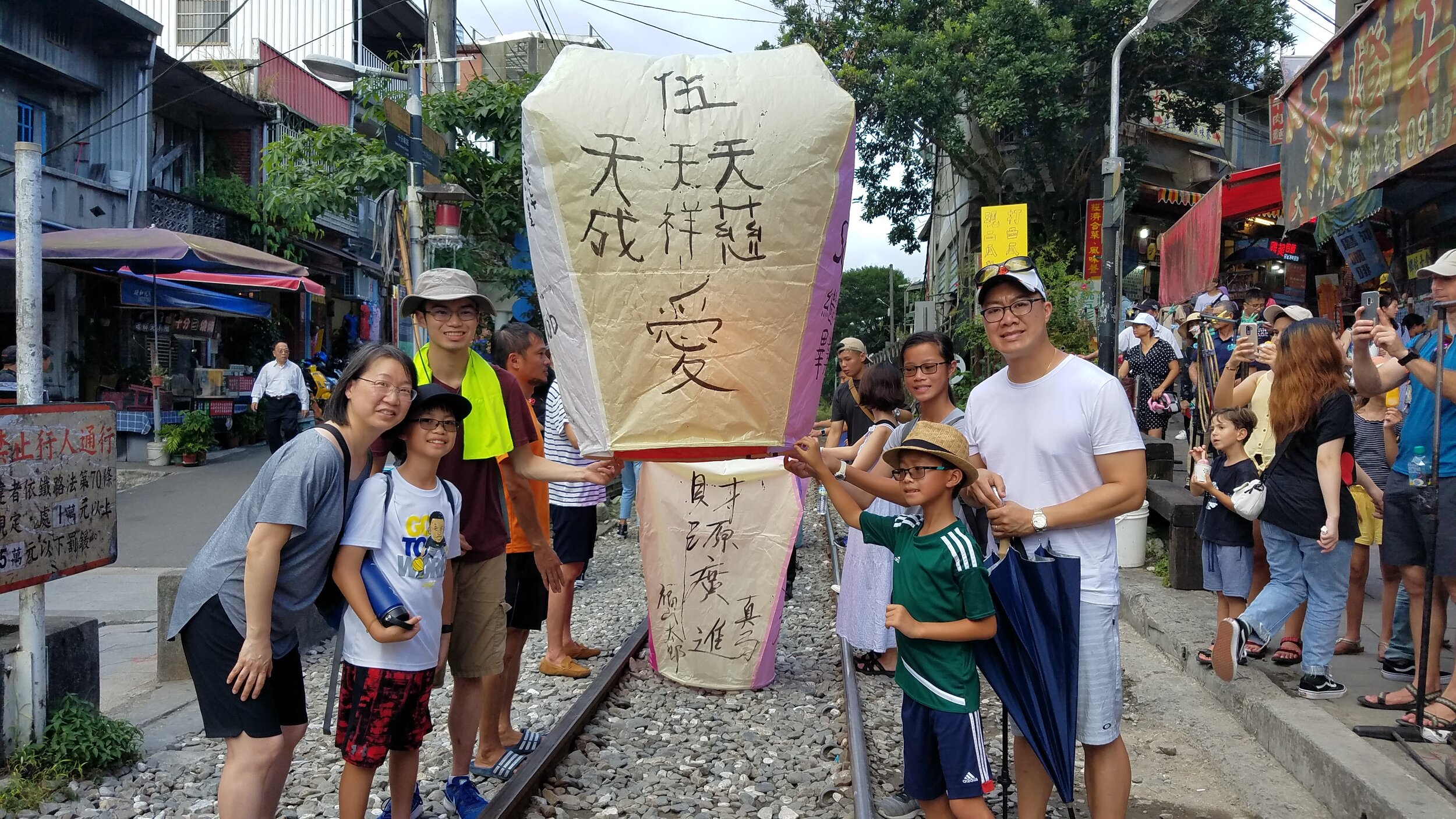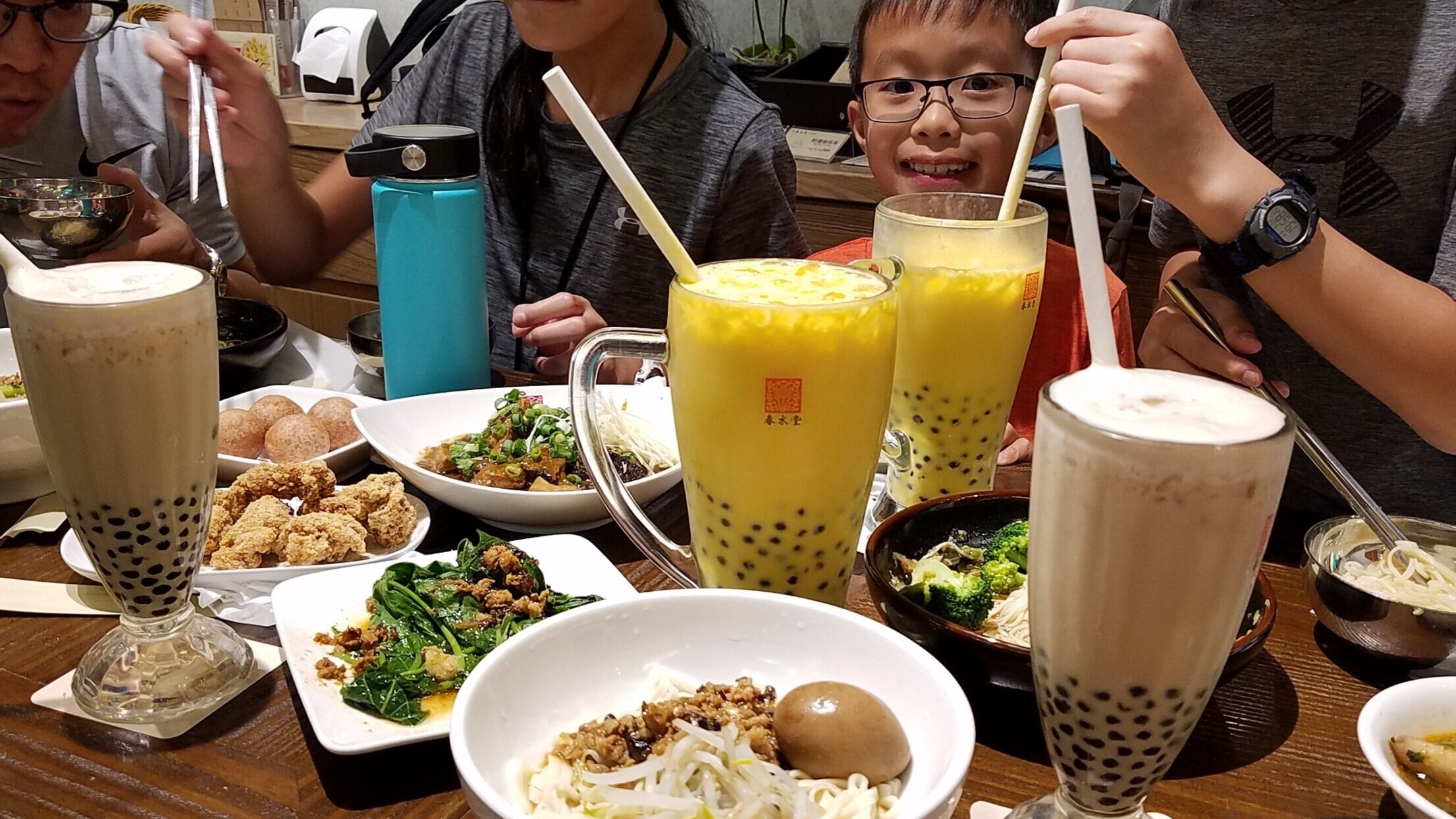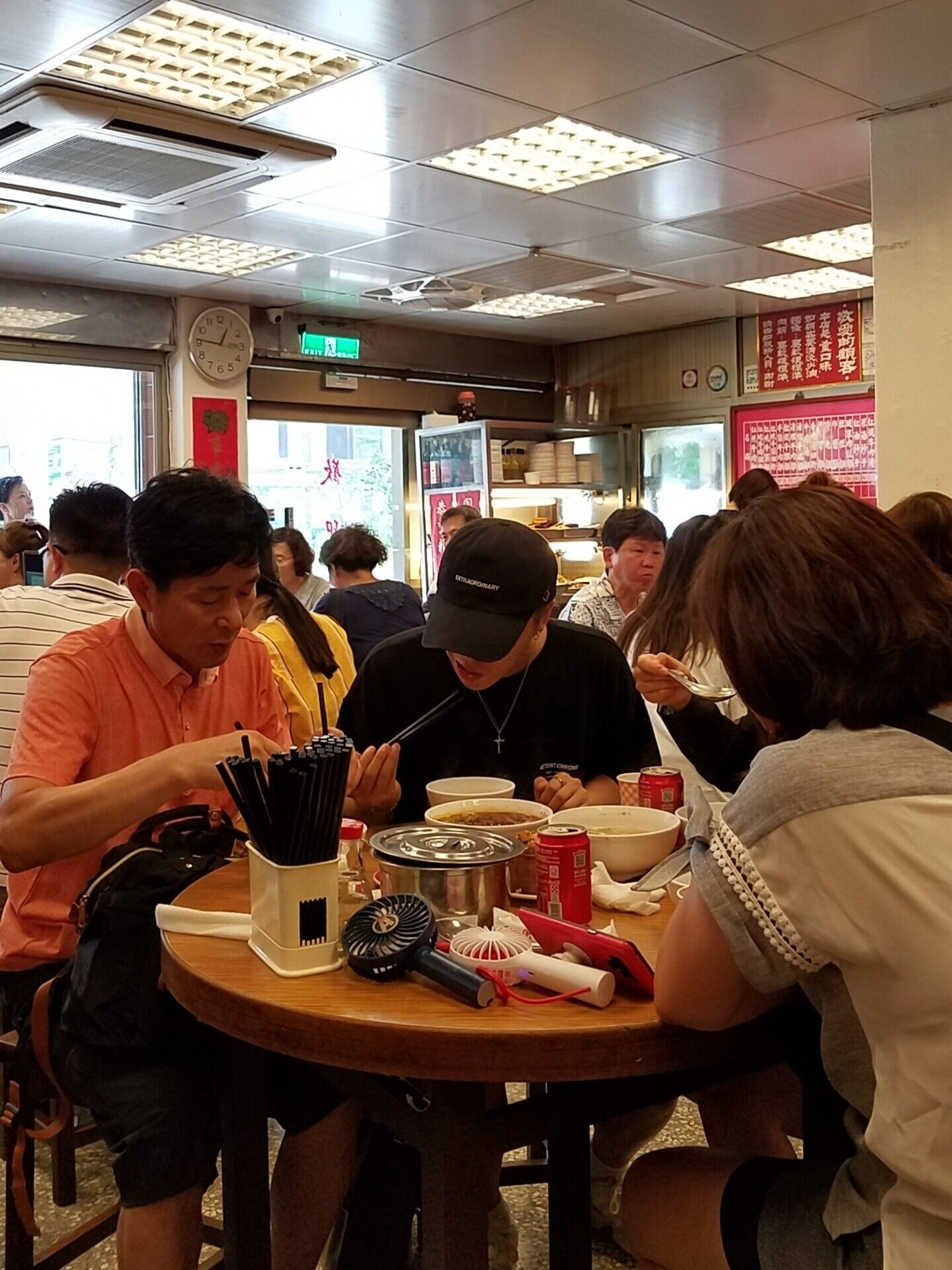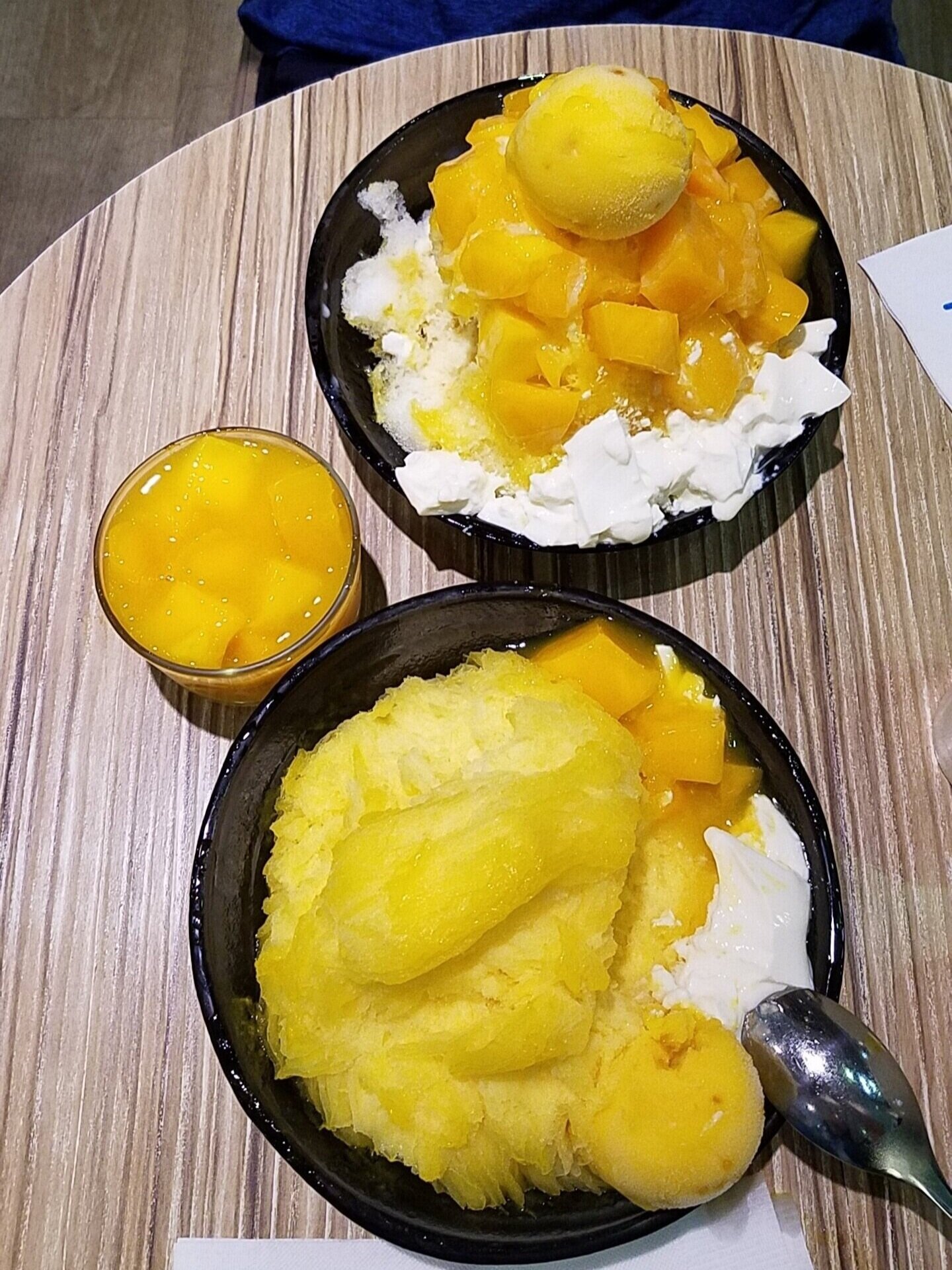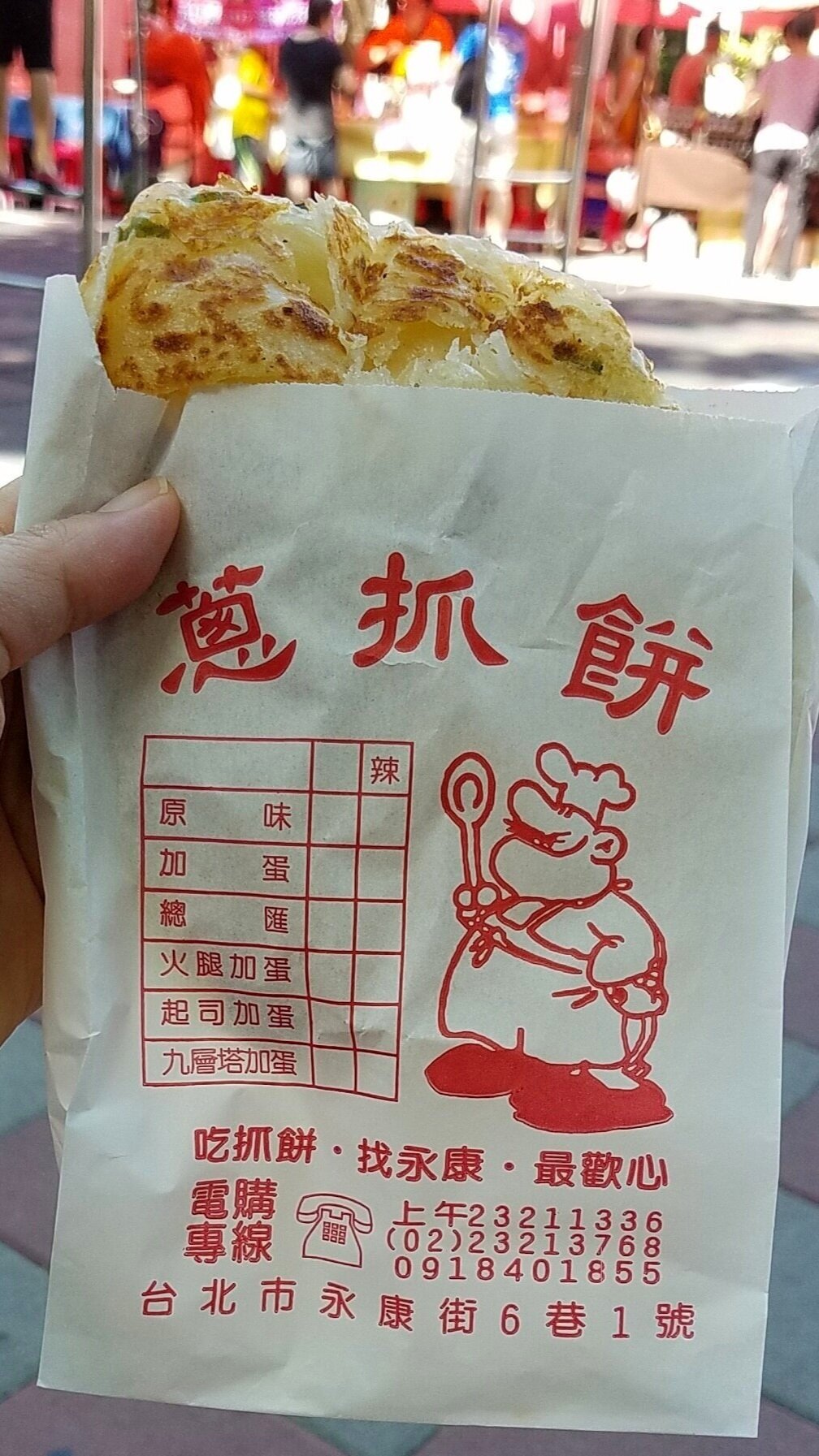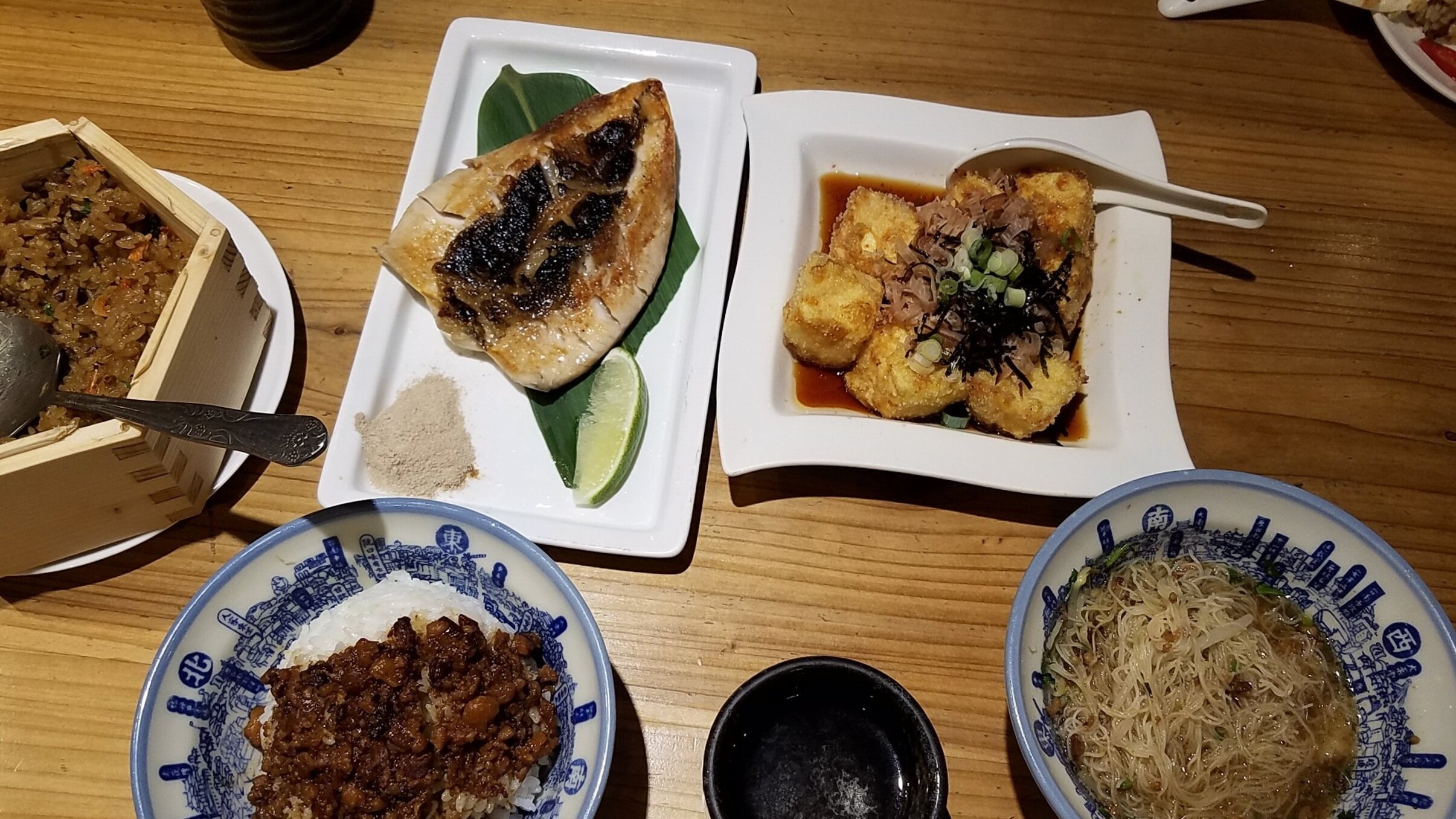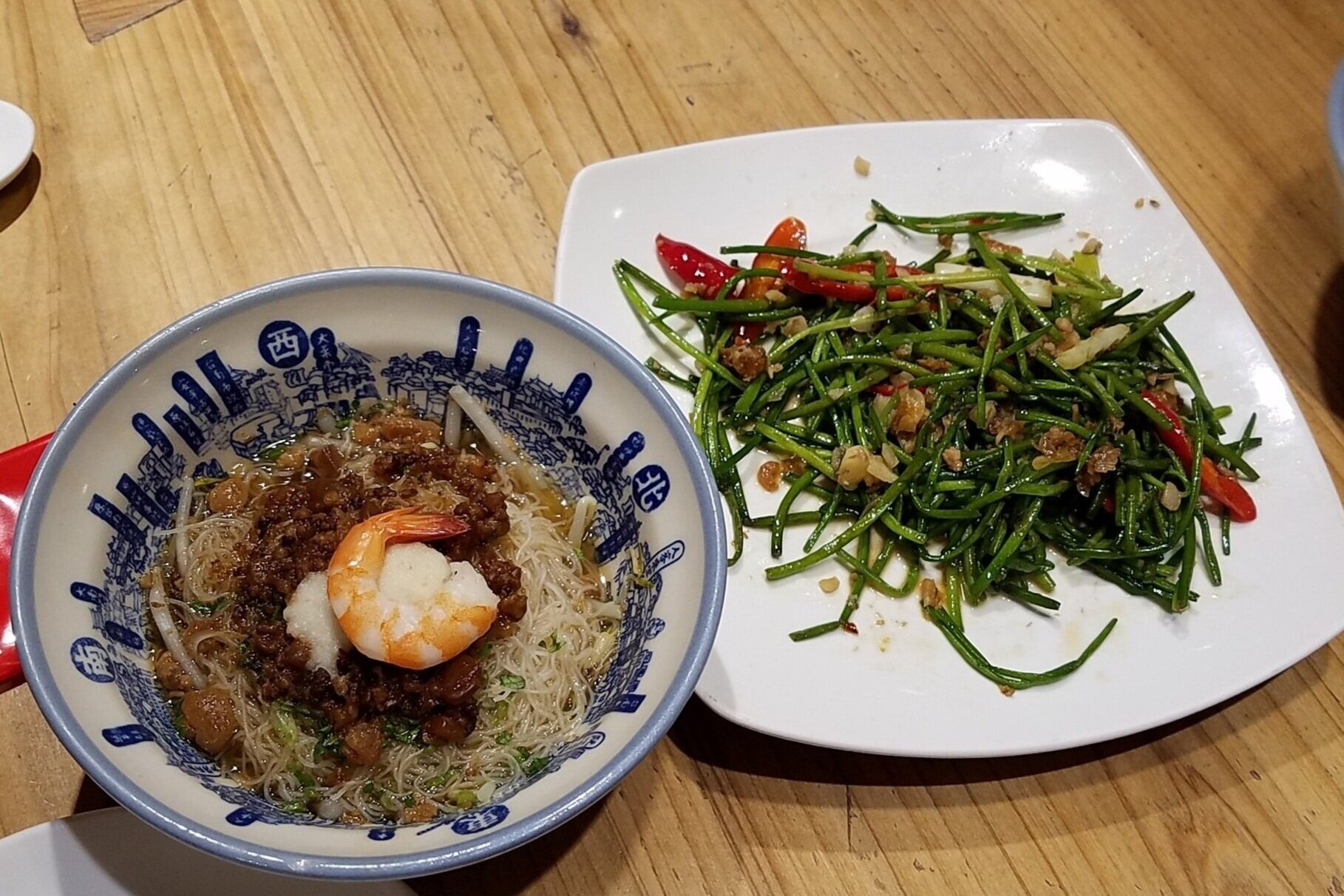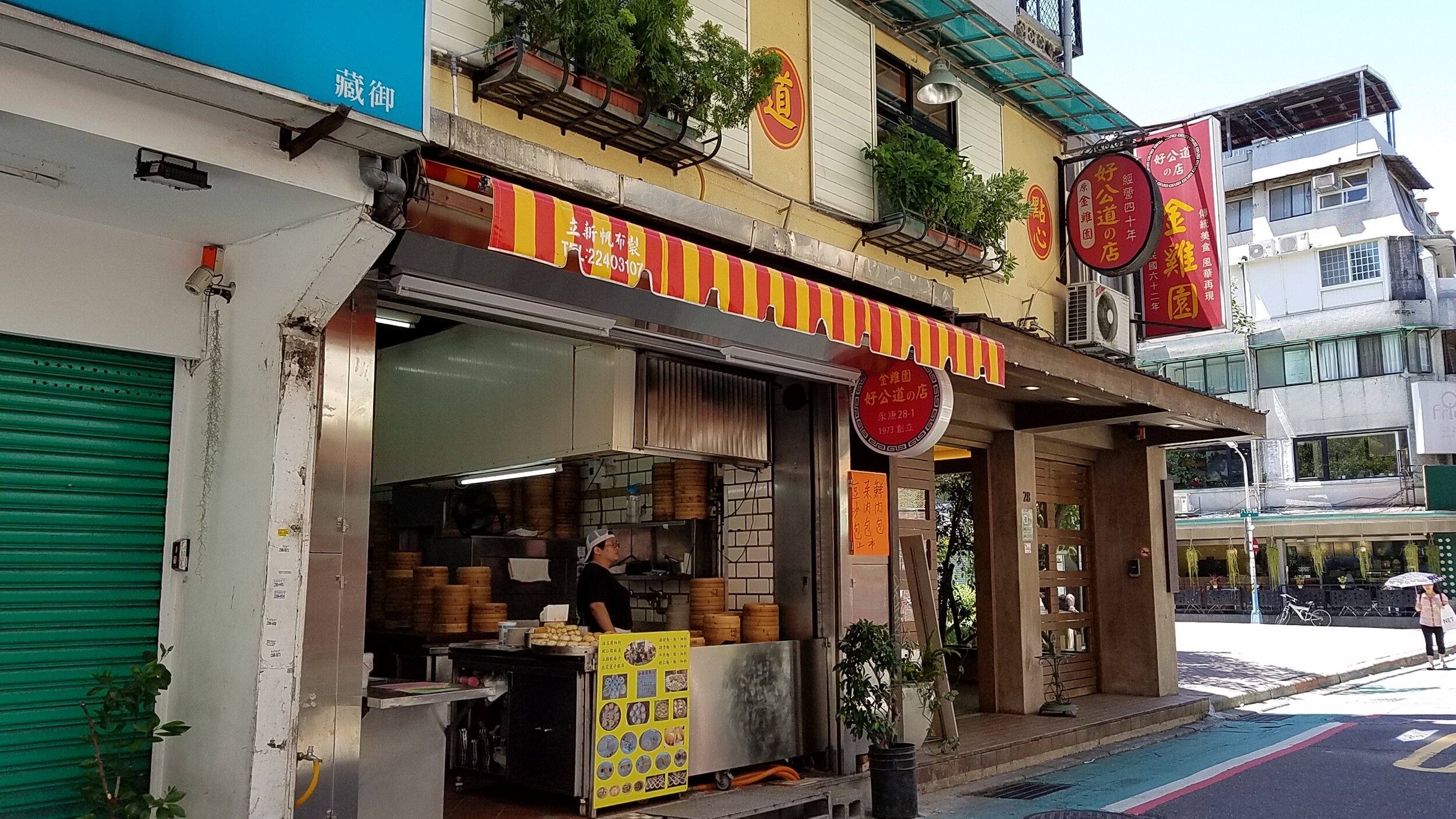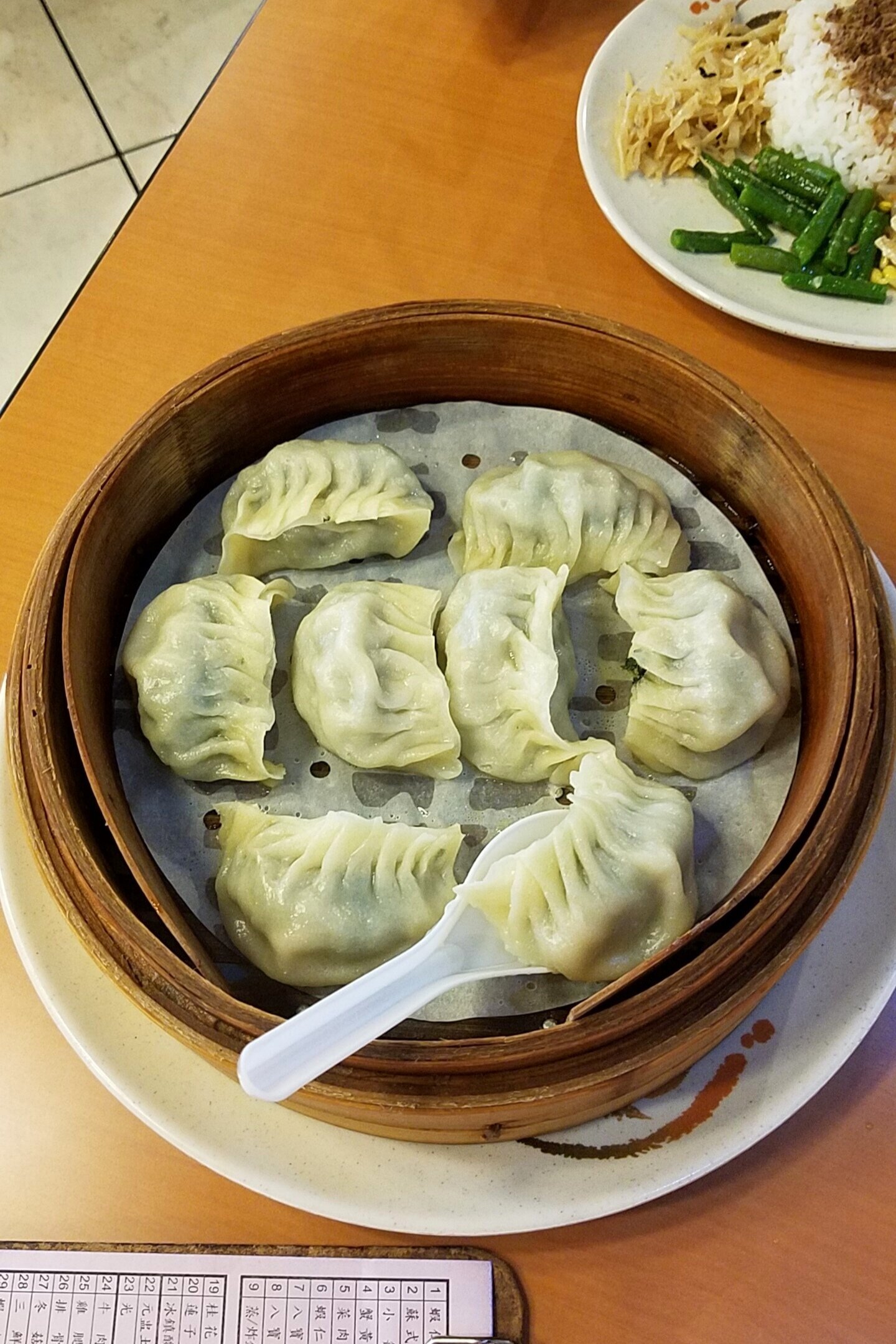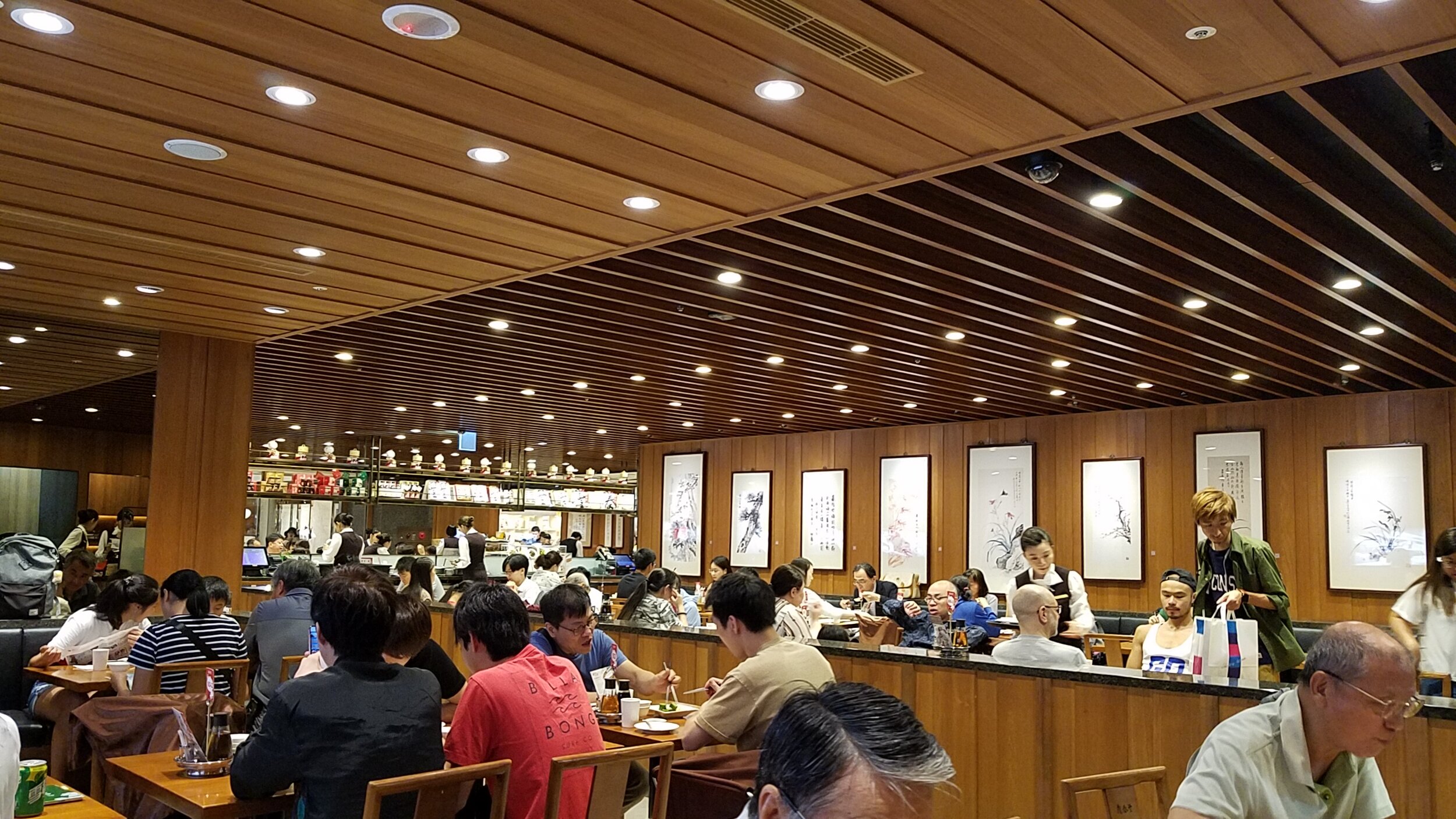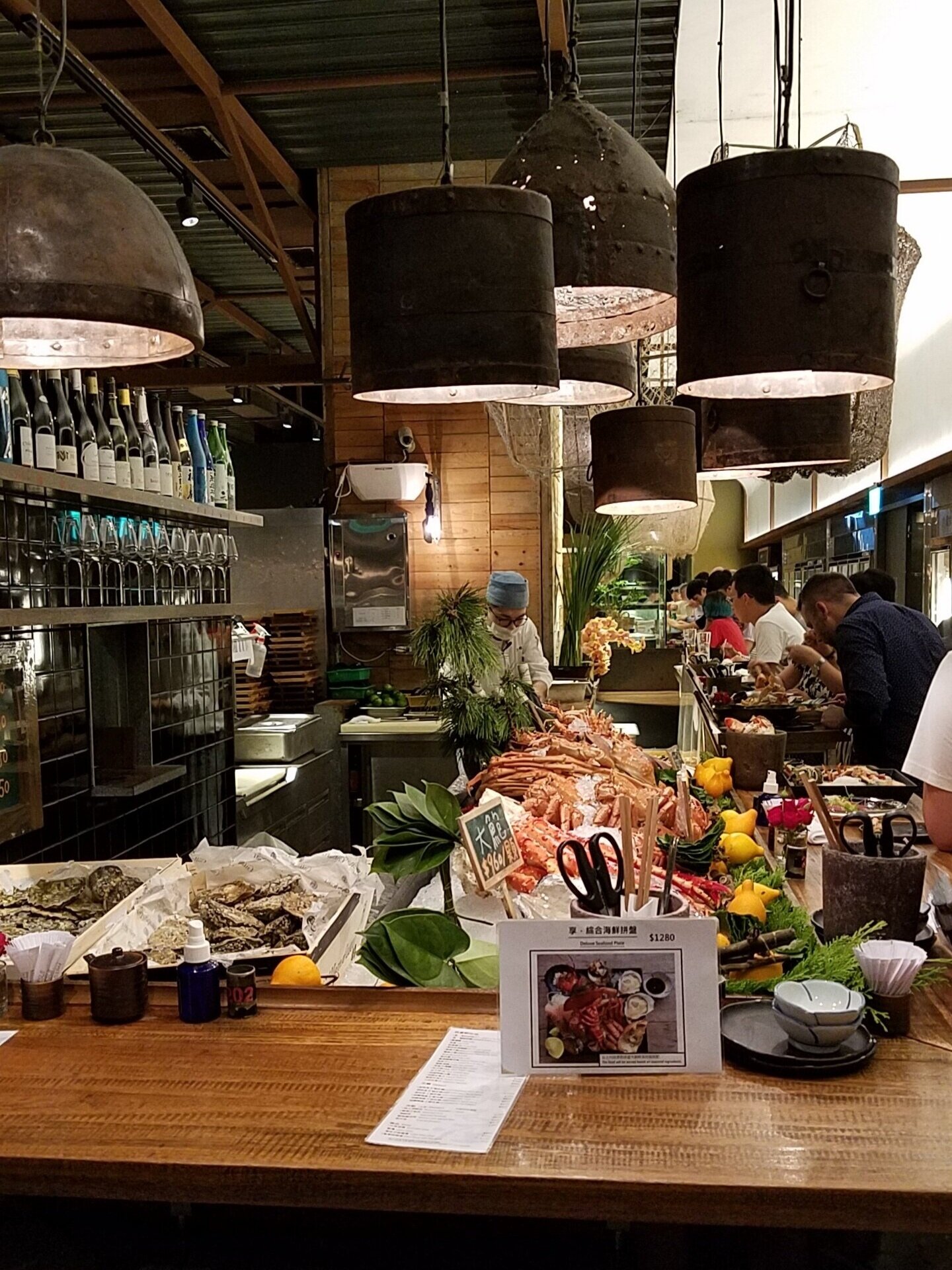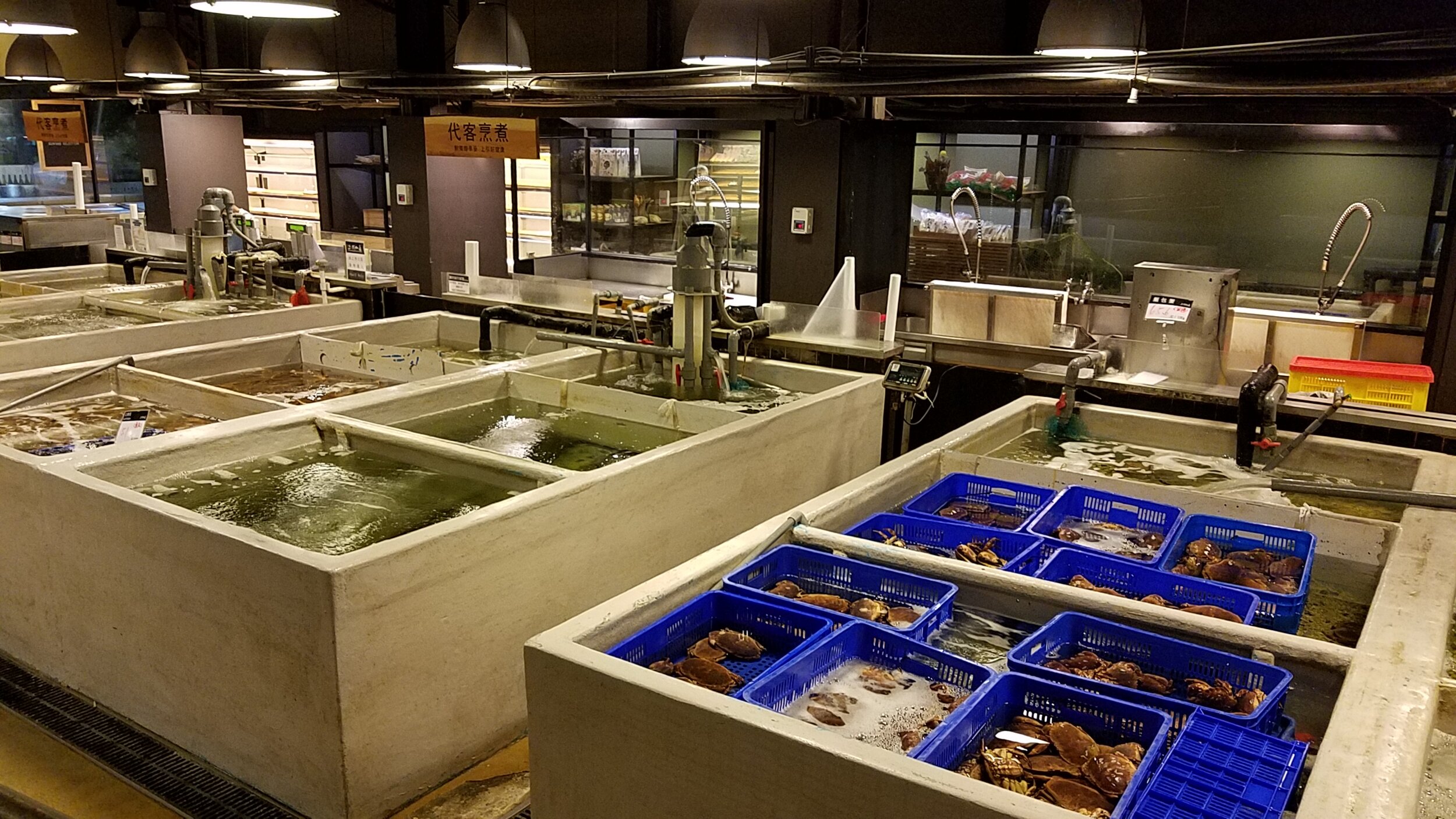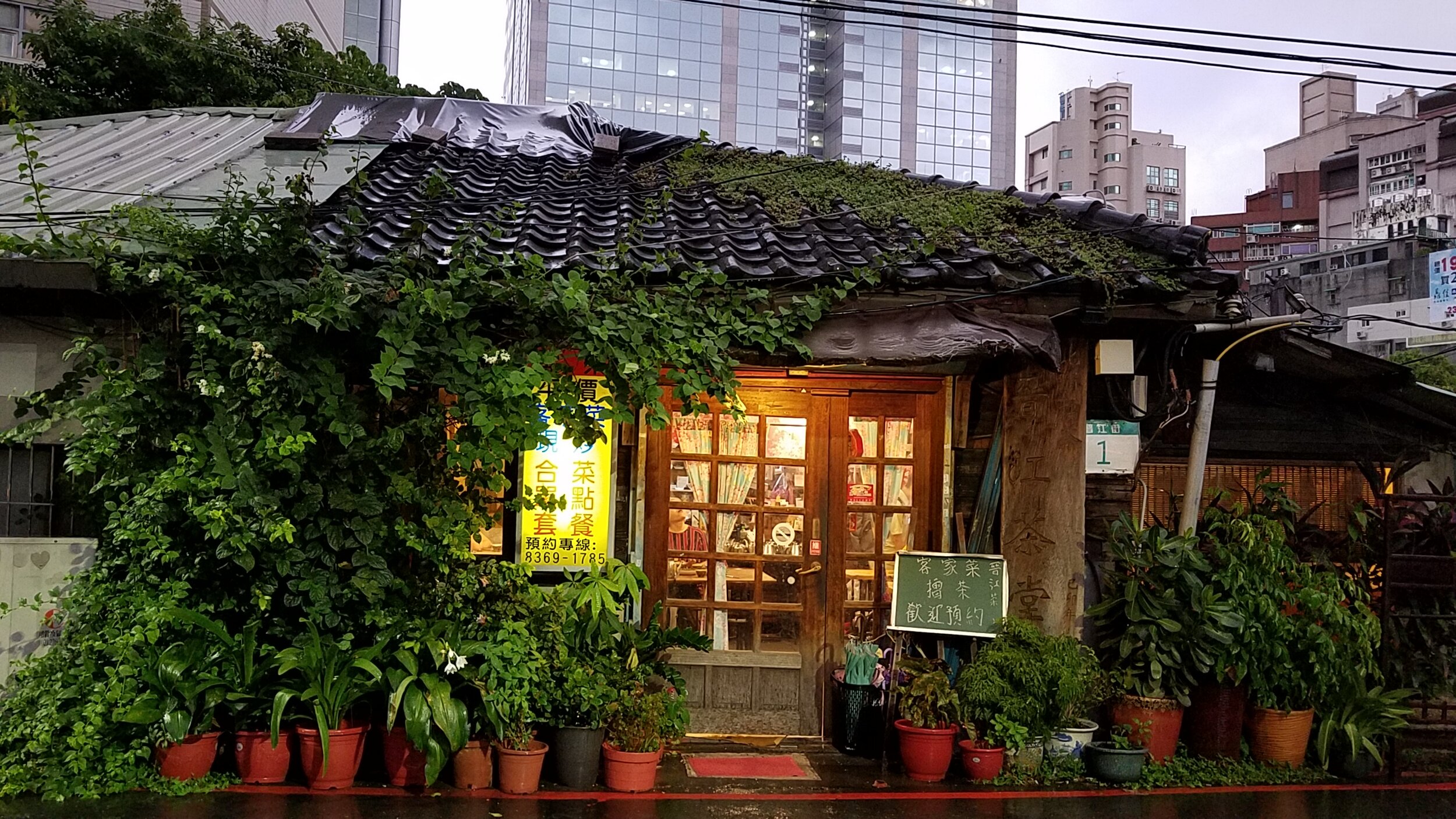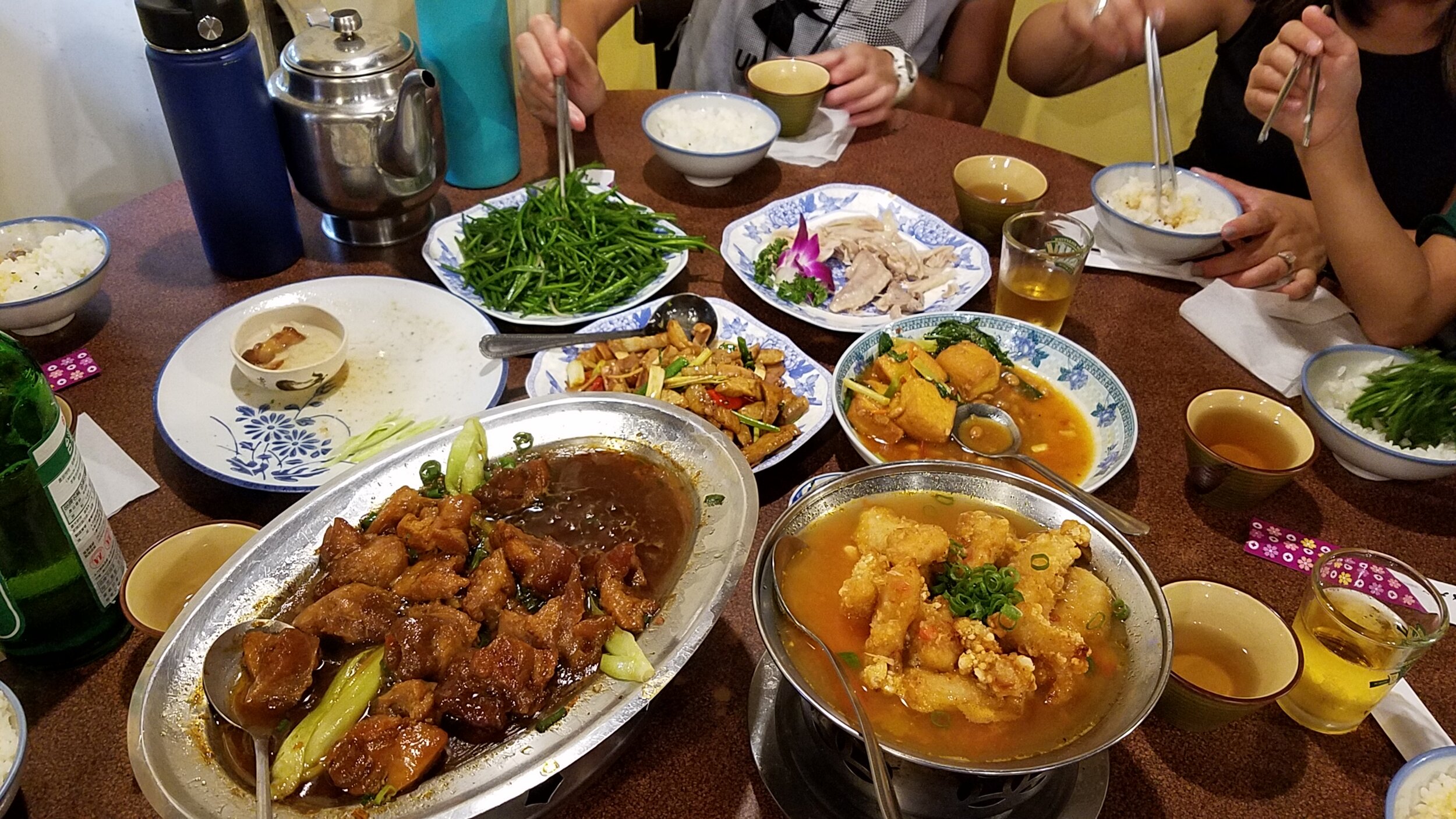Photos courtesy of Florence Wan or Julia Ng
Summer of 1989. Taipei, Taiwan. My first solo international flight. Traveled to Taiwan as a participant in the Language Training and Study Tour for Overseas Chinese Youth, better known in the United States and Canada as “The Love Boat”.
Summer of 2019. Taipei, Taiwan. My second trip to the island. Traveled to Taipei to meet up with my youngest as he finished up his 4 week study abroad program at NCCU, National Chengchi University. An added bonus - meeting up with my sister-in-law, my brother and family while their kids attended a language camp sponsored by the National Taiwan Normal University. We had a mini-reunion during my week in Taipei.
One regret from my years in college is not taking part in a study abroad program, either for a summer or a semester. My friends and I were focused on completing our degrees instead of exploring the world. The closest I came to traveling for educational purposes was participating in the Taiwan Study Tour the summer after graduation. The best memories of that very hot and humid summer was what we did outside of class. Going to the SOGO department store to cash in our traveler’s checks for Taiwan dollars. Hiking up the steep hill from the Chien Tan Overseas Youth campus only to be shooed away from the entrance of the Grand Hotel because we were students, not hotel guests. We used a less conspicuous entrance on a lower level to check out the faux traditional Chinese styled hotel. “Breaking out” of campus after curfew looking for nighttime entertainment. Walking to the nearby night market regularly for meals of “real food” and to have our camera film processed with two sets of prints so we could share the best photos. Wandering around Taipei on the weekends and finding the best spring onion pancake at a kiosk in the middle of a plaza; I’ve spent years trying to find the same flakiness and yummyness here at home. Visiting the rest of the island on a two week bus tour with 300 friends as the finale of the six week program. Chien Tan alumni are welcome to reach out to me to revisit those memories!
For my second, much shorter visit to the island, the plan was to experience this dynamic Asian capital city outside the confines of the Chien Tan campus and to see how much it has modernized over three decades. And to eat lots of food. Despite the heat and humidity.
EVA Air flight #17 touched down at Taiwan Taoyuan International Airport at 4:30 AM. With a partially filled plane, a short line at immigration, and no traffic on the highway before dawn, I was able to settle into my hotel room just over an hour after landing. Not that I rested very long because my sister-in-law picked me up from the hotel lobby around 9:15 AM, after she dropped off her kids at camp. I selected the Goodmore Hotel not only because of its ratings, but because of its location - next door to the NTNU campus and a 15 minute walk from my brother’s rental apartment. Breakfast, massage and lunch were on the morning’s itinerary. At a local restaurant just a few blocks away, the young man behind the steaming baskets handed us the English menu; my sister-in-law was a familiar face. Open only overnight, from 7:00 PM to 11:00 AM, they specialize in quick take-aways: dumplings, rice rolls, turnip cake, congee and soybean milk in the mornings; rice and noodle plate options for heartier fare.
Thirty years ago, my friends and I hopped on a bus or piled into a taxi to get around the city from the Chien Tan campus. In March 1986, the first line of the Taipei Mass Rapid Transit or Taipei Metro opened for service. Now five color-coded lines stretch from central Taipei City to the surrounding suburbs. Carrying a loaded Easy Card to tap in and tap out at the gate, one can crisscross the city underground, avoiding the heat and traffic above. How is it that the metro systems in Asia (Taipei, Hong Kong, Singapore, Tokyo) are super-efficient with clean stations, platforms, and trains arriving every 3 minutes? On the Taipei Metro, there’s even digital signage in both Chinese and English on the concourse and the platforms announcing the arrival of the next train and passengers are protected from the tracks by automatic platform gates.
I had been struggling with a knotted muscle by my left shoulder for over a week before this trip so of course, I wanted to get a massage or two while in Taipei. Following the recommendations from a blog post of “where to find the best massages”, we located the Blind Person Massage shop inside an underground shopping arcade connected to Taipei Main Station. The 30 minutes, upper body massage cost $300 NTD, approximately $10 USD. A few days later, with the kids at day camp, the adults had our 60 minutes foot massage from Dancing Fingers after an elegant prix fixe lunch at Shih Yeh Dining high inside the Taipei 101 tower. While we would not feel the benefits of the massages for a few days, it was a pleasant and convenient way to hide from the rain showers.
By the time I arrived in Taipei on August 1st, my sister-in-law had already been living in the city for over two weeks so I relied on her taste buds and directions for my introduction. Prepared food is so inexpensive and plentiful in Taipei that her family did not cook during their month-long stay. For my first lunch, we left the air-conditioned mall for a local street corner lunchtime favorite. While she enjoyed a chirashi bowl of sashimi over rice, I selected lobster ramen. I wasn’t ready to test my stomach with sushi on my first day.
And I needed to have room in my tummy for dinner with a Taiwanese hot pot experience at Mala Hot Pot, one of the many restaurants in the bustling Ximending district. While the pre-sliced meats are brought to the table, every other part of the meal was self-serve: vegetables, seafood, beverages and dessert. It wasn’t until the end of our meal that we figured out that one person should bring over a plate full of vegetables while another gathers the seafood instead of each of us creating individual plates to dump into the pots of simmering broth.
To walk off our meal, we wandered around the pedestrian area just north of Ximending. Shopping and snacks under LED screens and neon, the feel of a mini Times Square. The longest queue of customers extended from a storefront called Risotto that opened up right into the main plaza. No, it doesn’t serve Italian rice; it serves milk teas with unique pearls. If you didn’t request additional sugar in your milk tea order, no worries. The brown pearls are not made from tapioca, but from brown sugar, and they are added to a cup that is coated with brown sugar syrup before the milk tea is poured.
While we were fascinated with the process of making the pearls, we decided to pass on the heavy-duty sugar rush and walked through the Red House on the way to the MRT station. Built as Taipei’s first public market, the Red House is now a multi-functional cultural center, housing exhibit space, artist stalls and gift shops. I found several re-purposed buildings that honored the past while serving the present: the Museum of Contemporary Art Taipei is housed in a former elementary school that was also once Taipei’s City Hall; a 1916 wine-making factory has been restored into the Huashan 1914 Creative Park complex showcasing an art-house movie venue, live music and exhibition spaces, a few eateries, and designer and craft boutiques.
New Impressions of Taipei
Taipei is a excellent city for an introduction to Asia. Streetside, on public transit, in tourist areas, there is plenty of signage in English along with Chinese. Green and lush with trees along the freeway, parks along the rivers and within the city. Reminders to be eco-conscious by recycling one’s garbage, a host of electric cars, buses and scooters on the roads. Most of Taipei is modern, with broad streets for motor traffic, and wide sidewalks for pedestrians. Quieter residential neighborhoods with small local shops and eateries, schools and playgrounds are found by venturing into the side streets and narrow lanes off the bustling thoroughfares. Instead of the vehicular chaos of Vietnam, drivers pay attention to the traffic lights and are willing to wait for pedestrians to cross. At large intersections, scooters wait in front of the larger vehicles in specially marked zones, allowing a quicker get away when the light turns green. (I wondered why there were empty rectangles painted behind or in front of the striped crosswalks.) Instead of dodging scooters on the sidewalks, we avoided bicycles, many of them rented by the hour or by distance from YouBike stations found on major boulevards throughout the city. Taipei’s infrastructure was redeveloped and modernized when the island was a Japanese colony which explains why I was reminded of Osaka and Tokyo’s streets and skyline as we crisscrossed the city. Shoppers will find all the international clothing and cosmetics brands and outposts of Japanese department stores here, along with the inexpensive trinkets and goods in the aisles and stalls of the night markets.
Longshan Temple, a contemplative oasis
Returning to Campus
I returned to the Chien Tan Youth Activity Center on my second morning. The wasteland/construction zone that was just outside the campus gates thirty years is long gone, replaced by businesses, the Tango Hotel, the Taipei Performing Arts Center and the above ground Jiantan MRT station. The famous Shilin Night Market relocated farther down the road as the area developed. It wasn’t until we took the elevated Red Line across the river that I realized the distance between campus and the tourist areas and historical center of the city. Looking over the campus grounds stands the landmark Grand Hotel on her perch atop Yuanshan Mountain. The campus itself is more compact than I remember, with buildings surrounding the small center lawn. That morning, the campus was empty and eerily quiet without 300 college kids milling on the lawn, going between the classroom building and the dormitories, heading to the dining hall or the auditorium.
My favorite memories from my study tour stint were the evenings and weekends we spent off-campus. One of my roommates’ aunties brought us to her home for some home cooking and then out to a dessert shop where I tasted the best honeydew sago. On another evening, we made our way to the grounds of the Chiang Kai-Shek Memorial Hall, after the monumental hall closed, to take in the light display and wound up joining a giant dance circle lead by boisterous locals.
This year my son joined me to revisit the CKS Memorial on Saturday after he checked out of his dormitory. After a short bus ride from the hotel, we made our way across Liberty Square under the beating sun to climb the 89 steps of the memorial as I keep an eye on the time. We were a few minutes late for the hourly Changing of the Guard. We watched the remainder of the ceremony through a stranger’s phone mounted high on a selfie stick while standing six rows back from the front.
Getting out of the City
On Sunday, we joined my brother’s family for a day trip north of the city with a private driver. Yehliu Geopark on the island’s northern coast was windy and unexpectedly crowded. The old towns of Jiufen, and Shifen were very crowded with other day trippers out for the weekend.
Founded as a rural village during the Qing dynasty, Jiufen was developed during the Japanese occupation after gold was discovered in 1893. Today the old mining mountain town is a famous tourist attraction, accessible from central Taipei by public transportation. We followed our driver/guide up the winding stairs to the beginning of narrow Old Street, lined with restaurants, souvenir shops, snack vendors and filled with visitors. The lowest end of the Old Street, the stairway next to the A Mei Tea House, is popular among fans of Studio Ghibli’s anime Spirited Away for being reminiscent of the setting of the movie. Too bad we didn’t have time to spend the night in a Jiufen guesthouse to explore the town in the glow of a setting sun and lanterns, without the crowds.
An half-hour drive brought us to our final destination in a nearby valley. Shifen Old Streets surround the railway station and tracks in the middle of town. More snacks and souvenirs. The main tourist activity is the sending up of sky lanterns. After writing our wishes with brush and ink on each panel of our paper lantern, we waited for the vendor light a fire within before letting go of the lantern when it filled with enough hot air to send it aloft. We had to ask what happens to the deflated lanterns after they land far away from the rail station. Because the sky lanterns market is the town’s most important business, the townspeople well set out into the forests and hills to collect the used lanterns to recycle the bamboo and wire frames. For an extended visit, the Shifen Waterfall is a 30 minute hike from the rail station. Pingxi is another old town on the railway line that holds a sky lantern festival during Chinese New Year when hundreds of lanterns are released into the night sky.
Eating Out
So what and where did I eat during my seven-day visit? We took a few dinners in the basement food courts of the large department stores in the Zhongshan district where we wandered among the stalls until something tasty caught our attention. Upstairs there are clusters of restaurants hidden among the floors of merchandise. We discovered the variety of eateries (and boutique shops) in the Yong Kang neighborhood in the Da’an district, a 10-minute walk from the Goodmore Hotel. That weekend Yong Kang Park hosted an organic farmer’s market while children played on the slide and swing set and monkey bars. The original outlet of the now world-famous and worldwide franchise Din Tai Fung is located at the top of the Yong Kang commercial area. Tip: instead of waiting outdoors in the heat at the original Dai Tai Fung, head to one of the other outlets located in a department store to enjoy the air conditioning while waiting for your number to be called.
Shin Yeh, located in a department store, for traditional Taiwanese cuisine and tall glasses of milk tea and mango boba.
Yong Kang Beef Noodles is considered one of the best for beef noodle soup in Taipei.
Ice Monster, found all over Taipei, serves delicious shaved snow and fruit combinations. Mango madness!
At Tian Jin Onion Pancake I was able to satisfy my green onion pancake craving. After returning to San Francisco I found out that this corner stall on Yong Kang Street is famous for their pancakes.
Du Xiao Yue Danzi Noodle is a restaurant serving cuisine from the southern city of Tainan. Their best dishes are rice noodles, fried tofu and grilled fish.
When we needed a quick lunch nearby, we found Jin Ji Yuan on Yong Kang Street. While take away is served on the ground floor, the ladies upstairs run a busy but efficient restaurant.
On a rainy day, we waited at the branch of Din Tai Fung located in the Shin Kong Mitsukoshi Department Store. The chocolate dessert dumplings don’t look so appetizing in photos but the warm dark chocolate ganache incased in the thinnest rice noodle skin was amazing!
Across the city in the northern end of the Zhongshan neighborhood, Addiction Aquatic Development houses a seafood wet market, a supermarket, a cooked food deli for takeaway and a variety of eateries at different price points. We ate at the stand up sushi bar for an inexpensive dinner.
For our last dinner with my brother’s family before our flight back to SFO, we needed a restaurant that was nearby with the leading winds and rain of Typhoon Lekima hitting Taipei. We looked for a highly-rated Hakka restaurant behind Exit #8 of the Guting MRT station. Jinjiang Tea House is a little rustic house hiding amongst the urban landscape. The proprietress served us a six person set menu made up of tofu, tong choy, steamed fish, and the most tender and flavorful braised tendon and daikon entree, finished off with a sweet dessert soup. A very tasty mini-banquet to cap off a week of sweating, sightseeing and eating before heading home.
